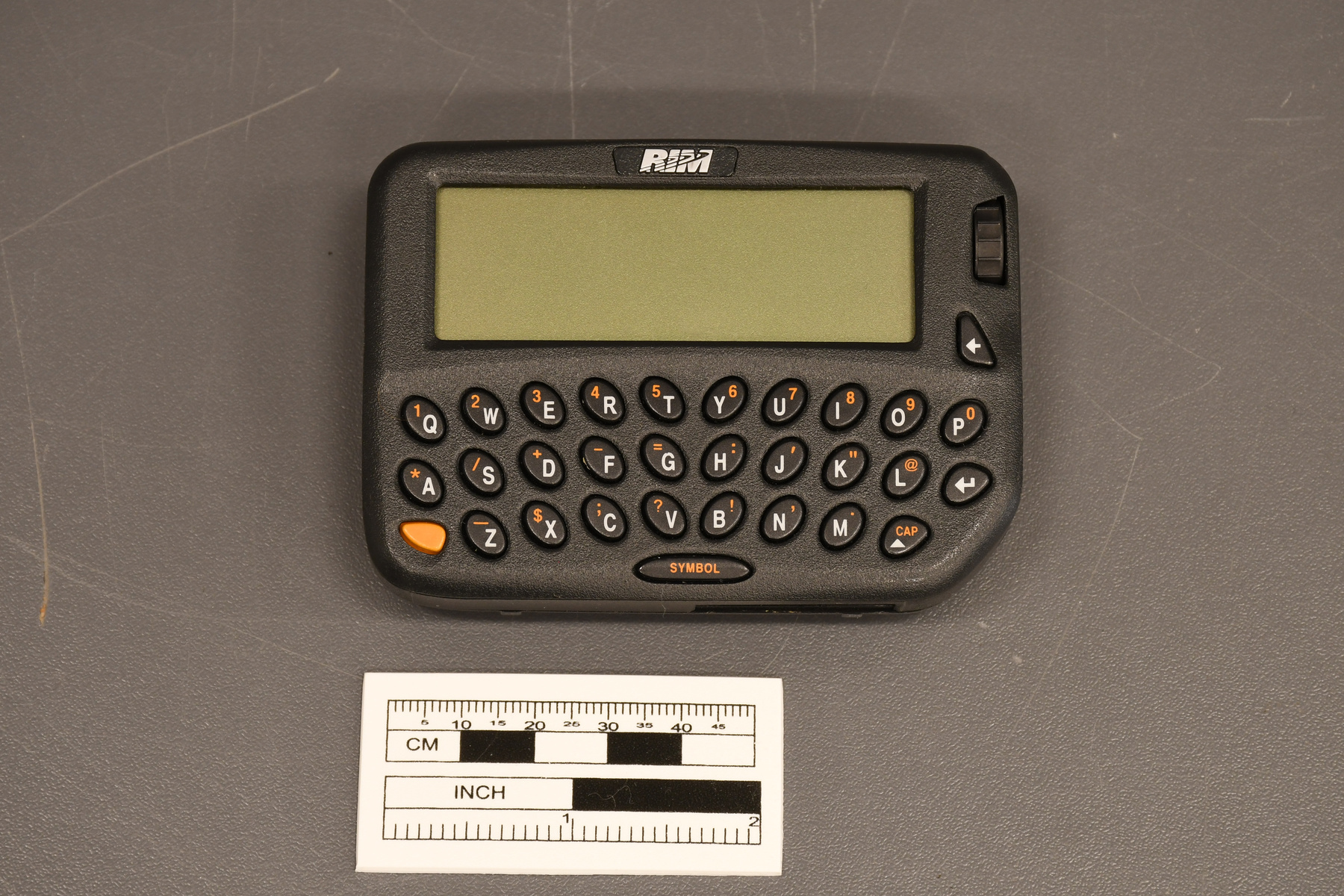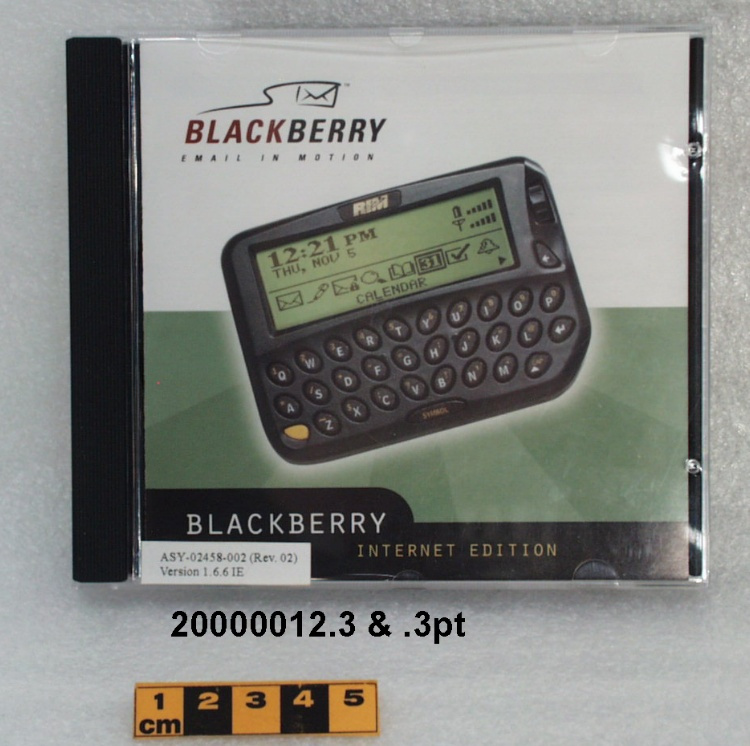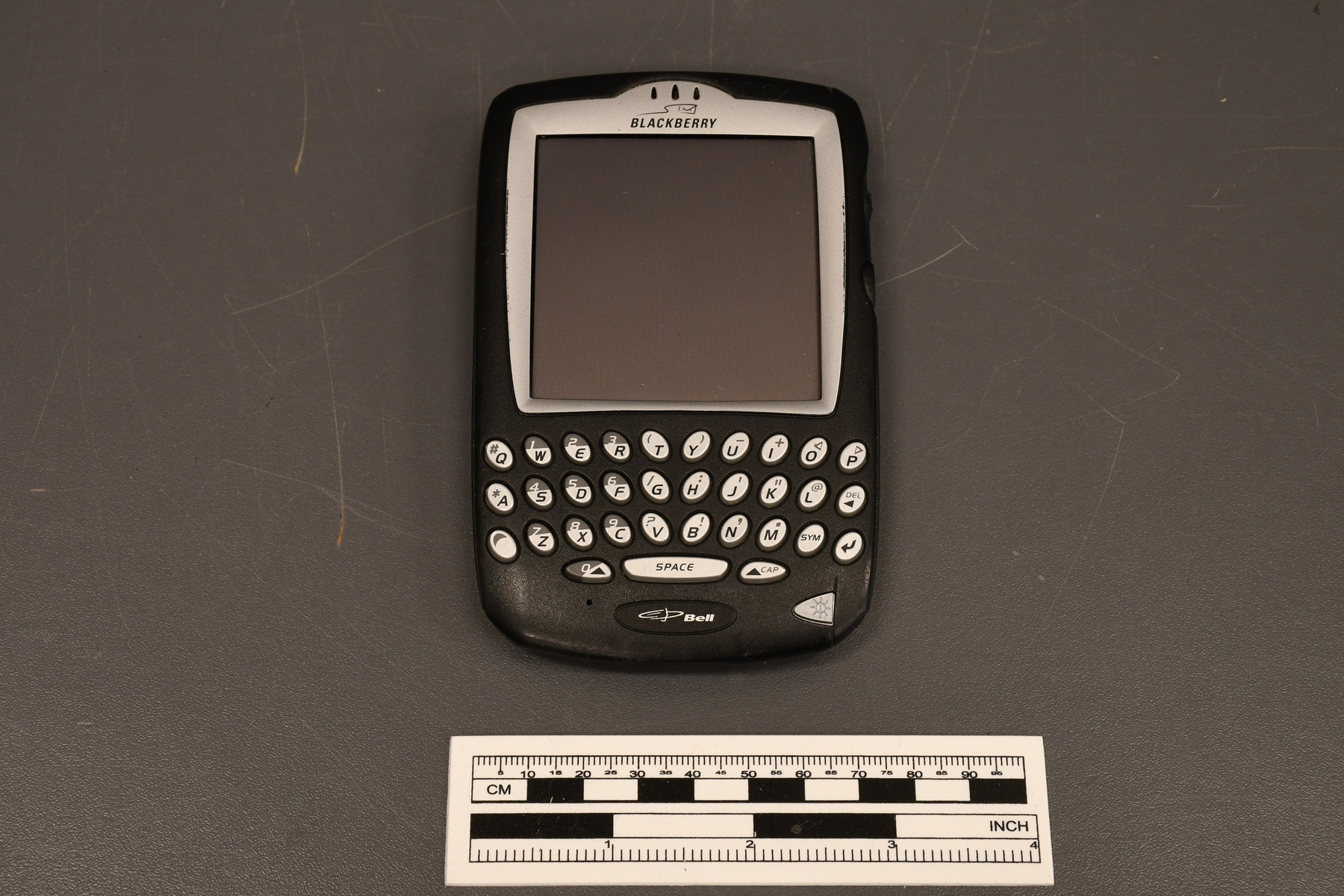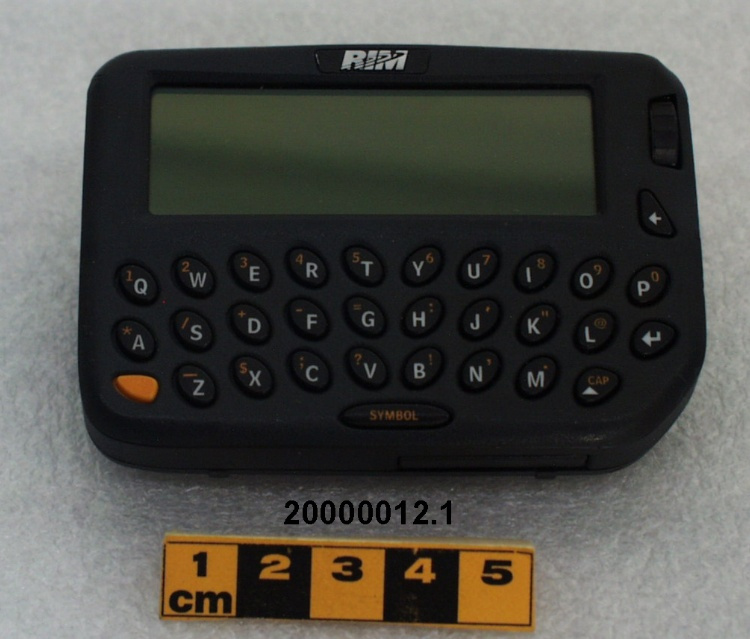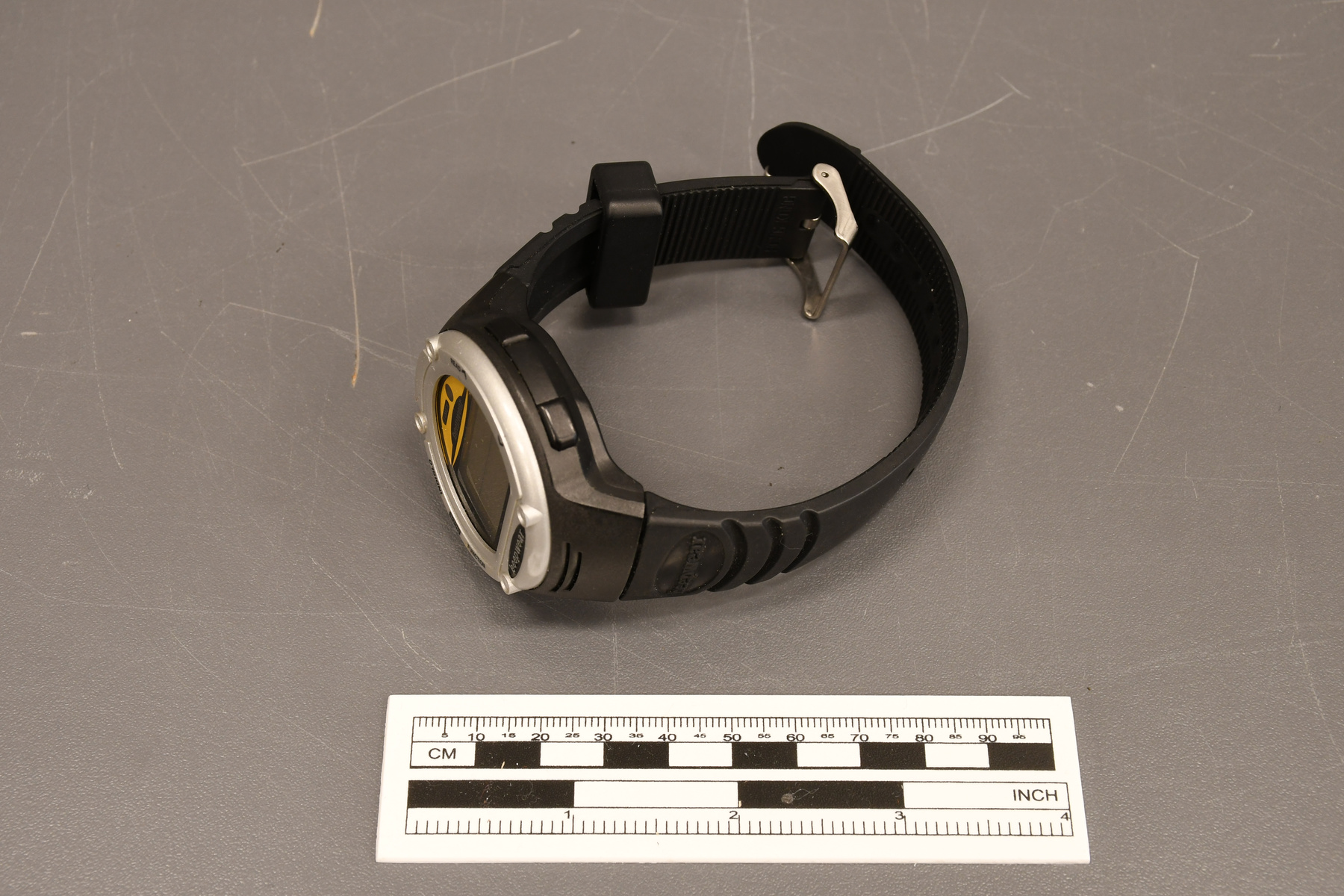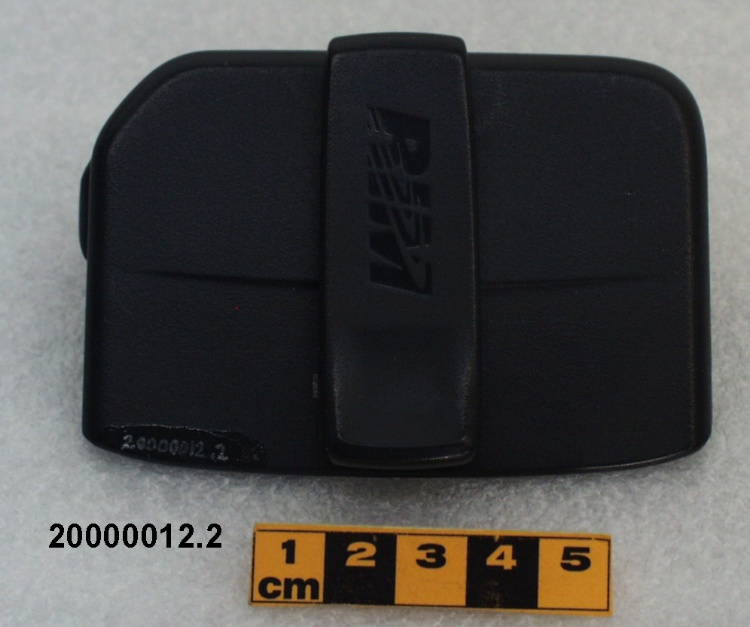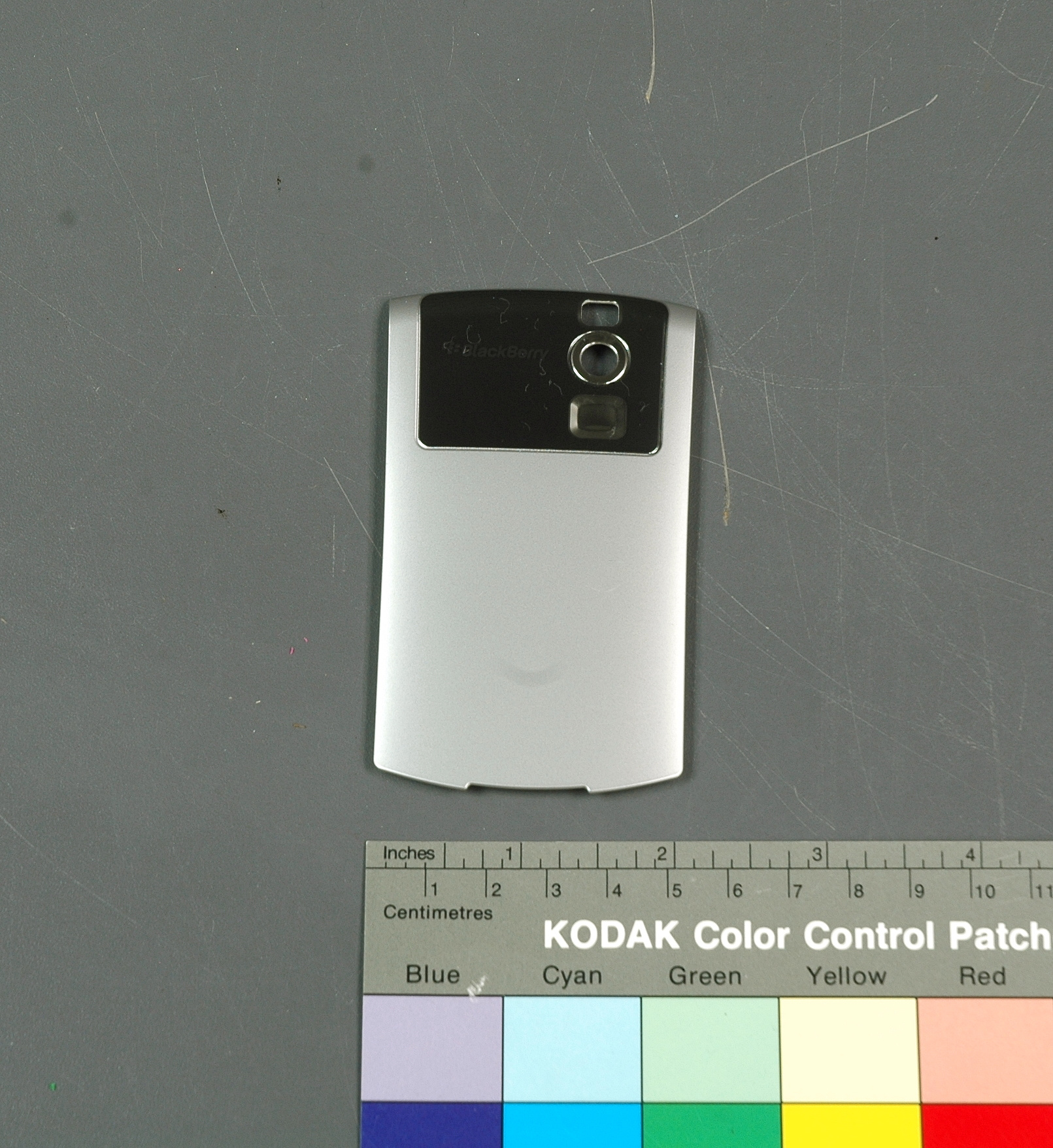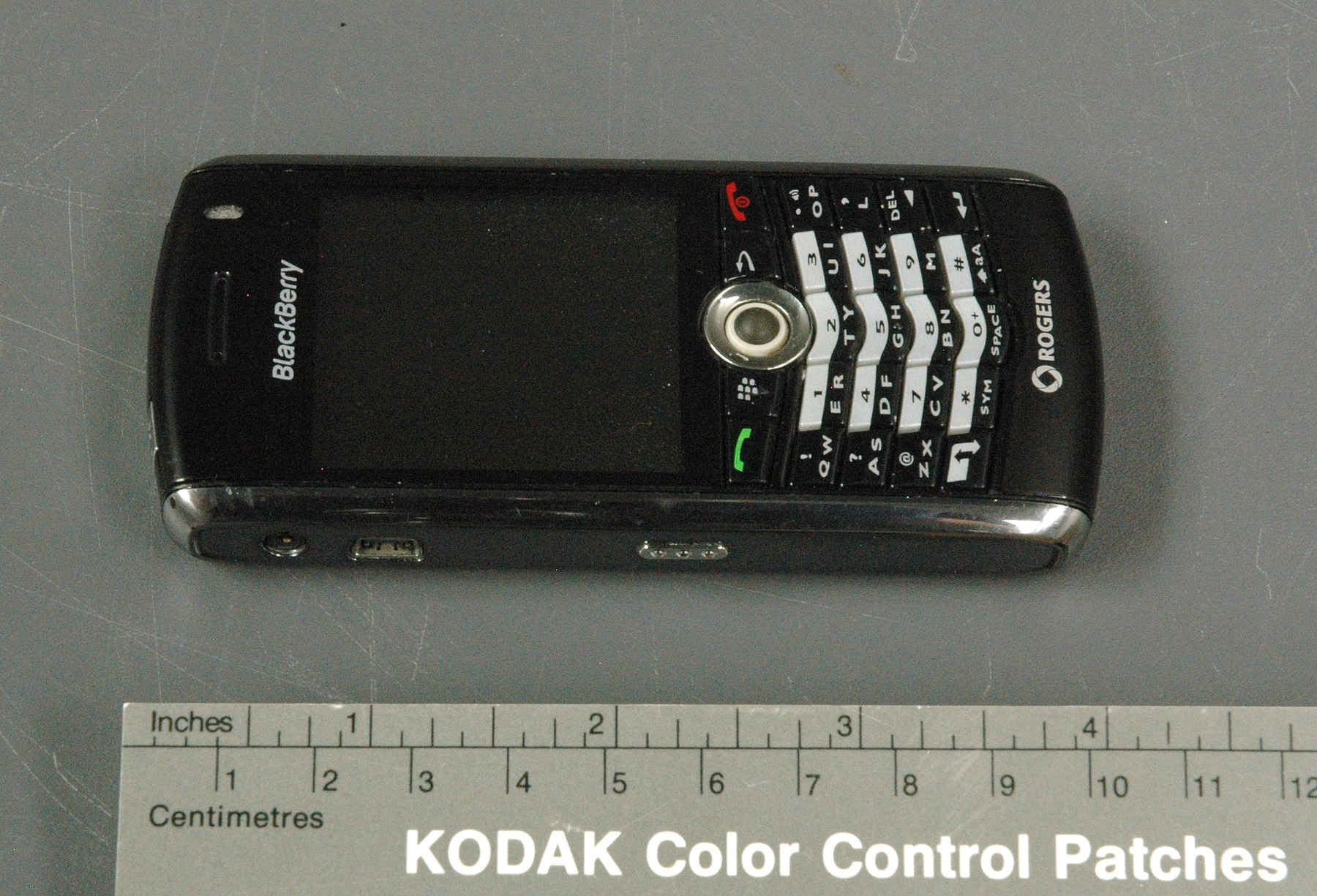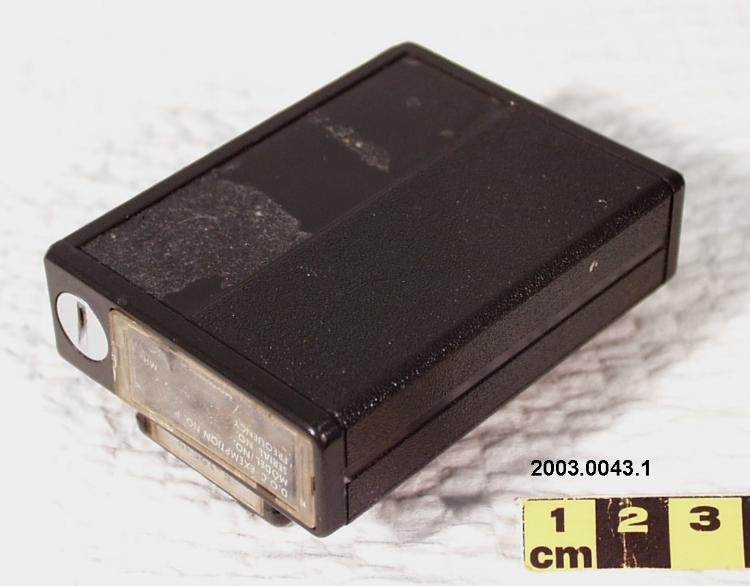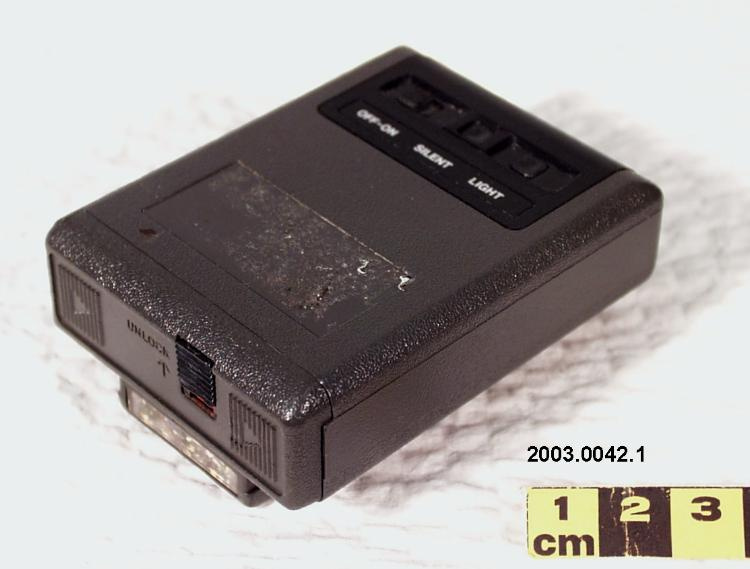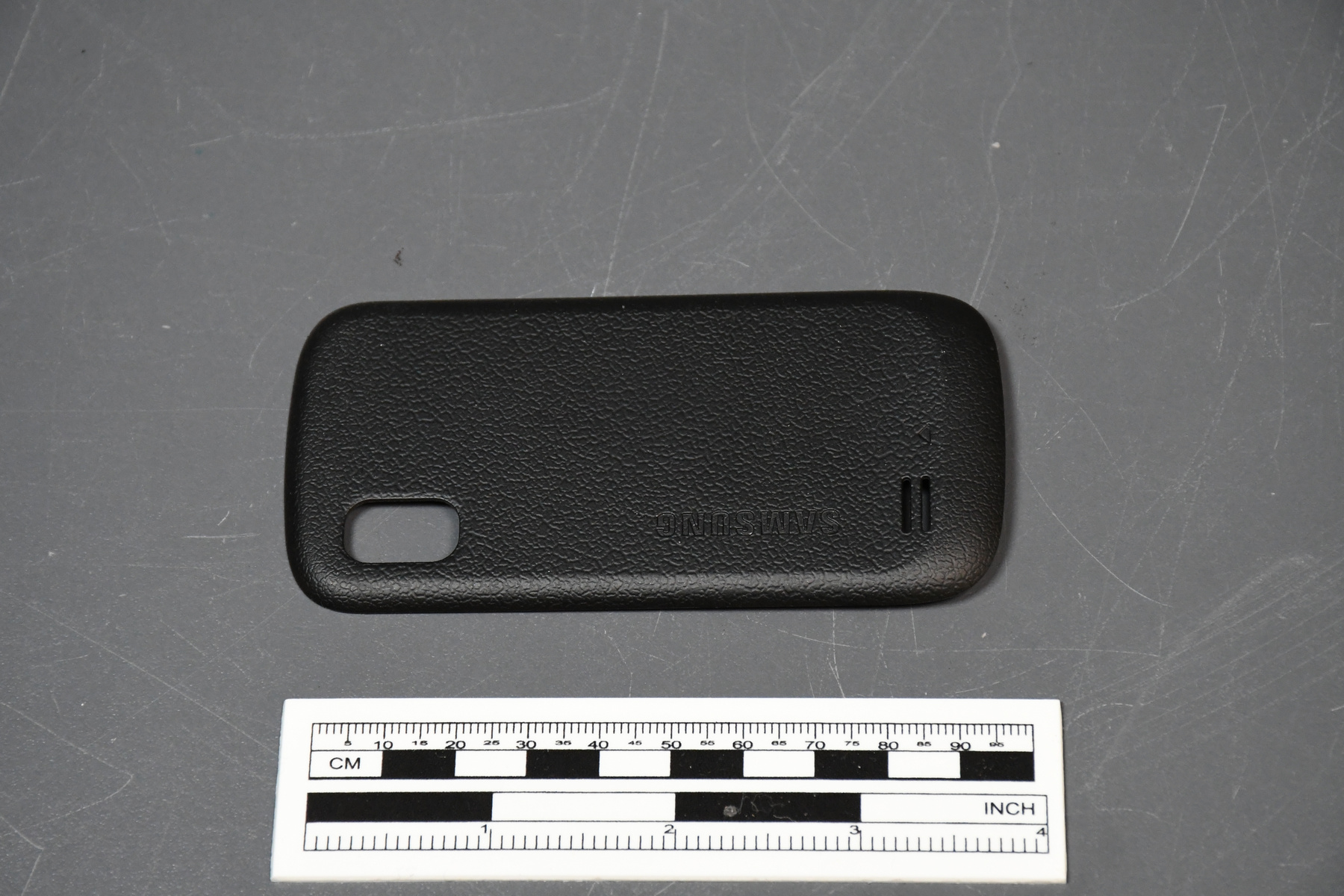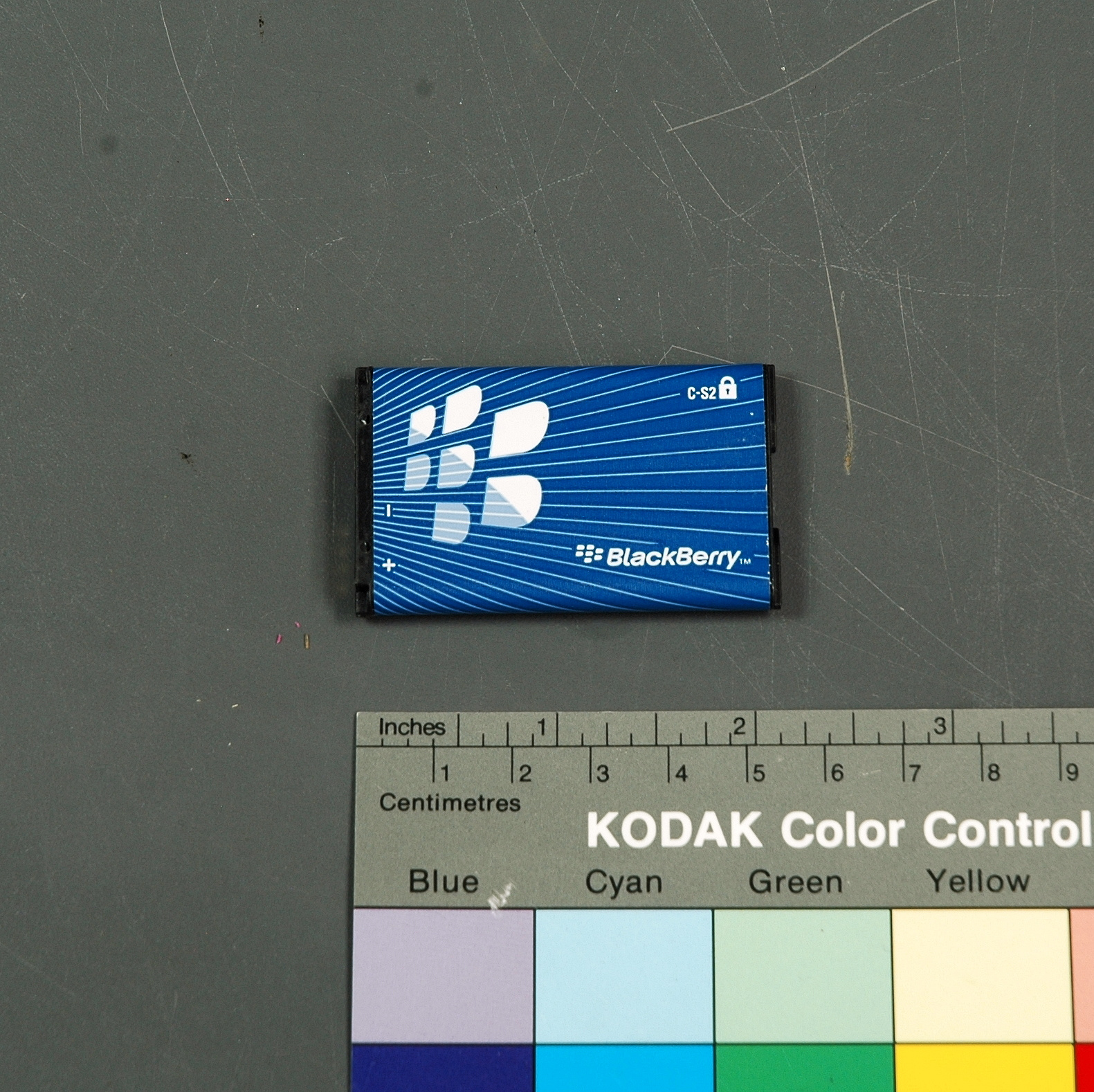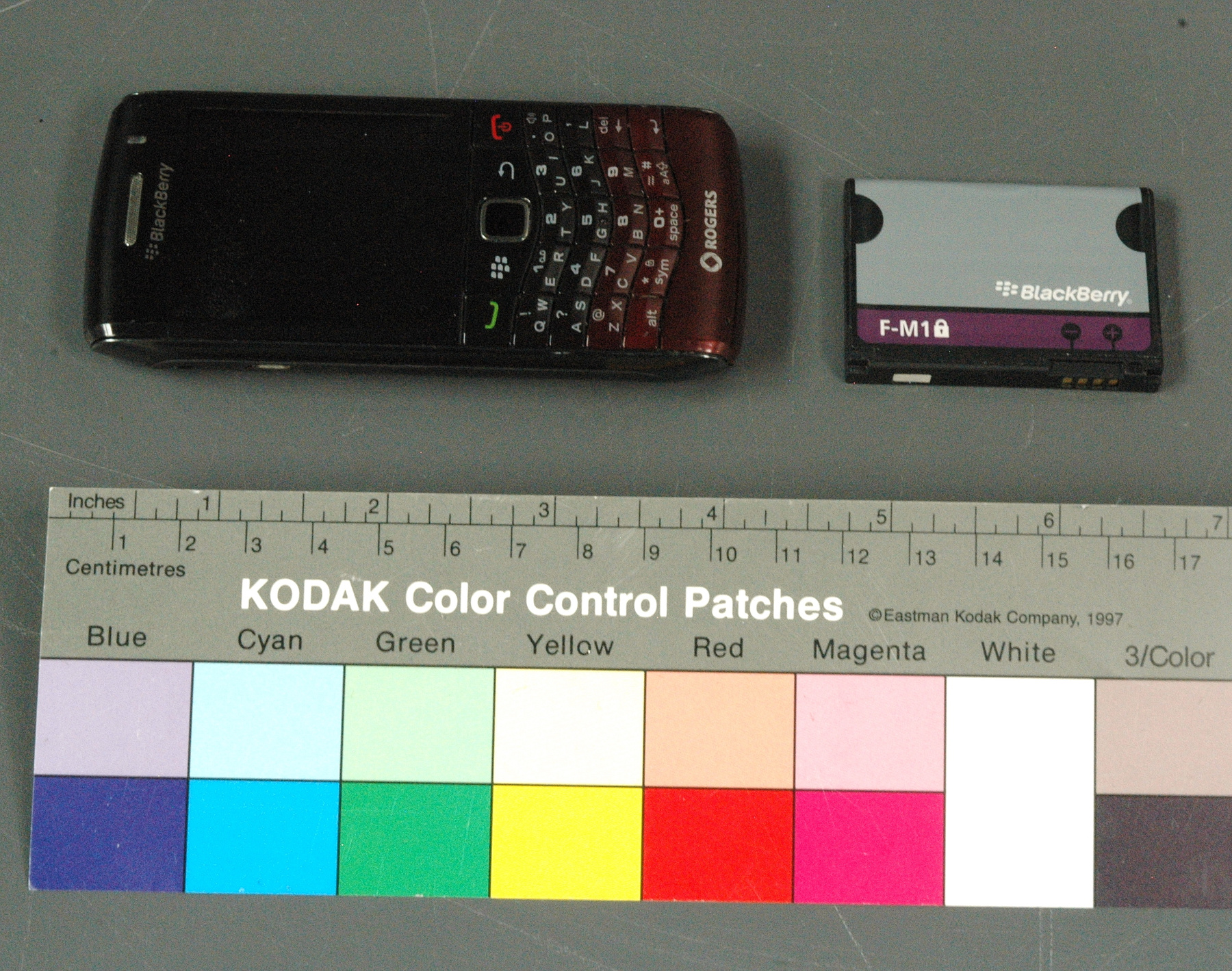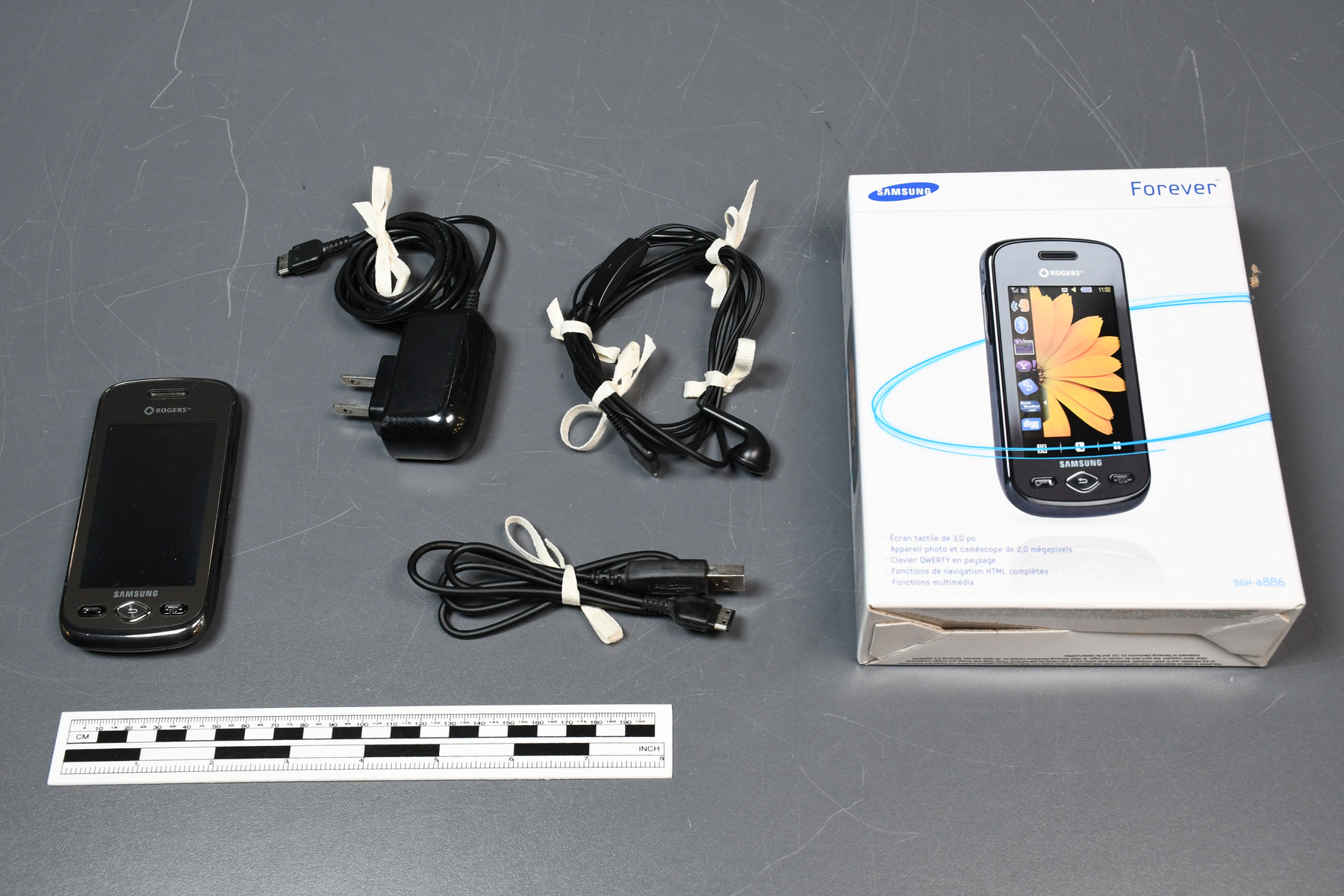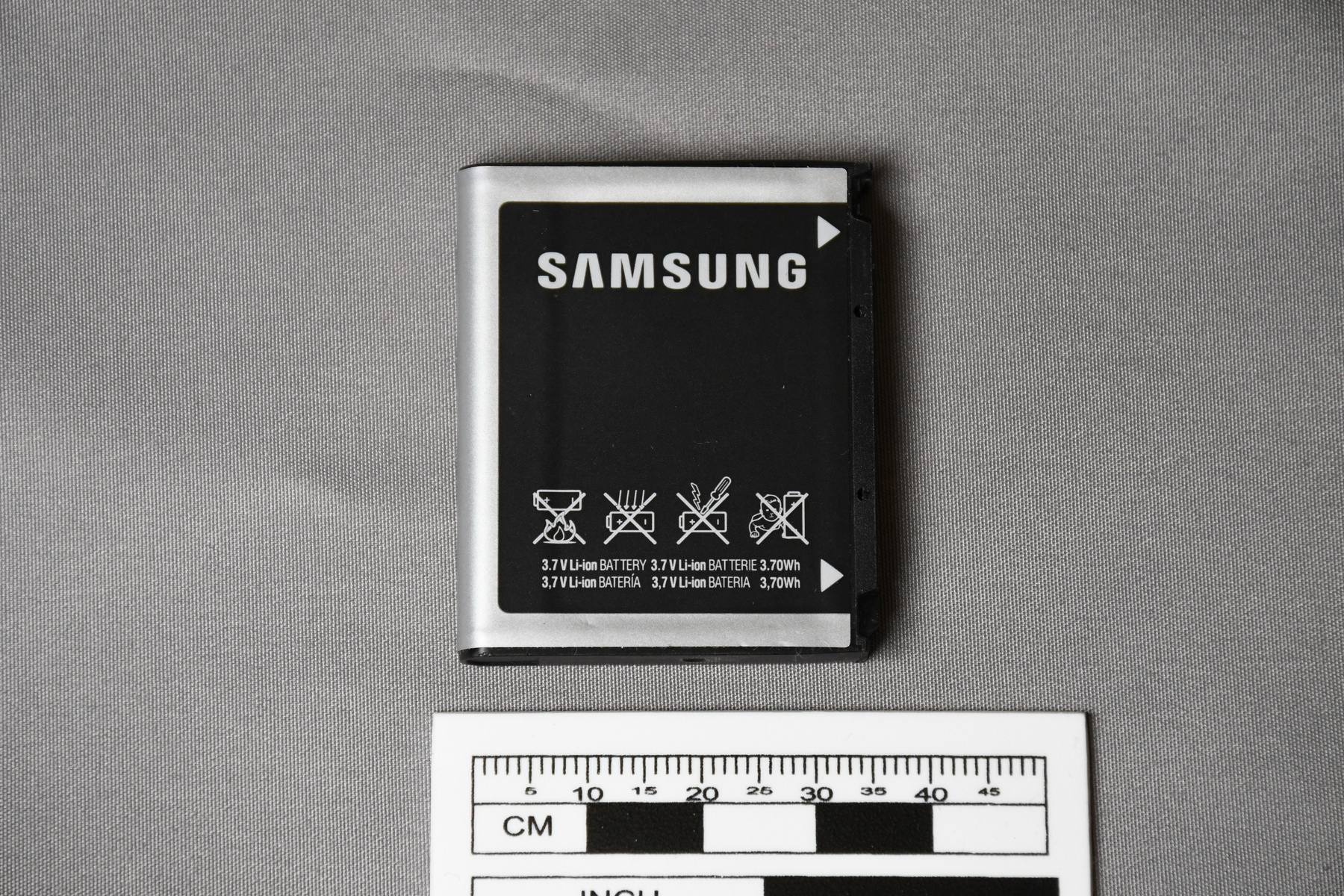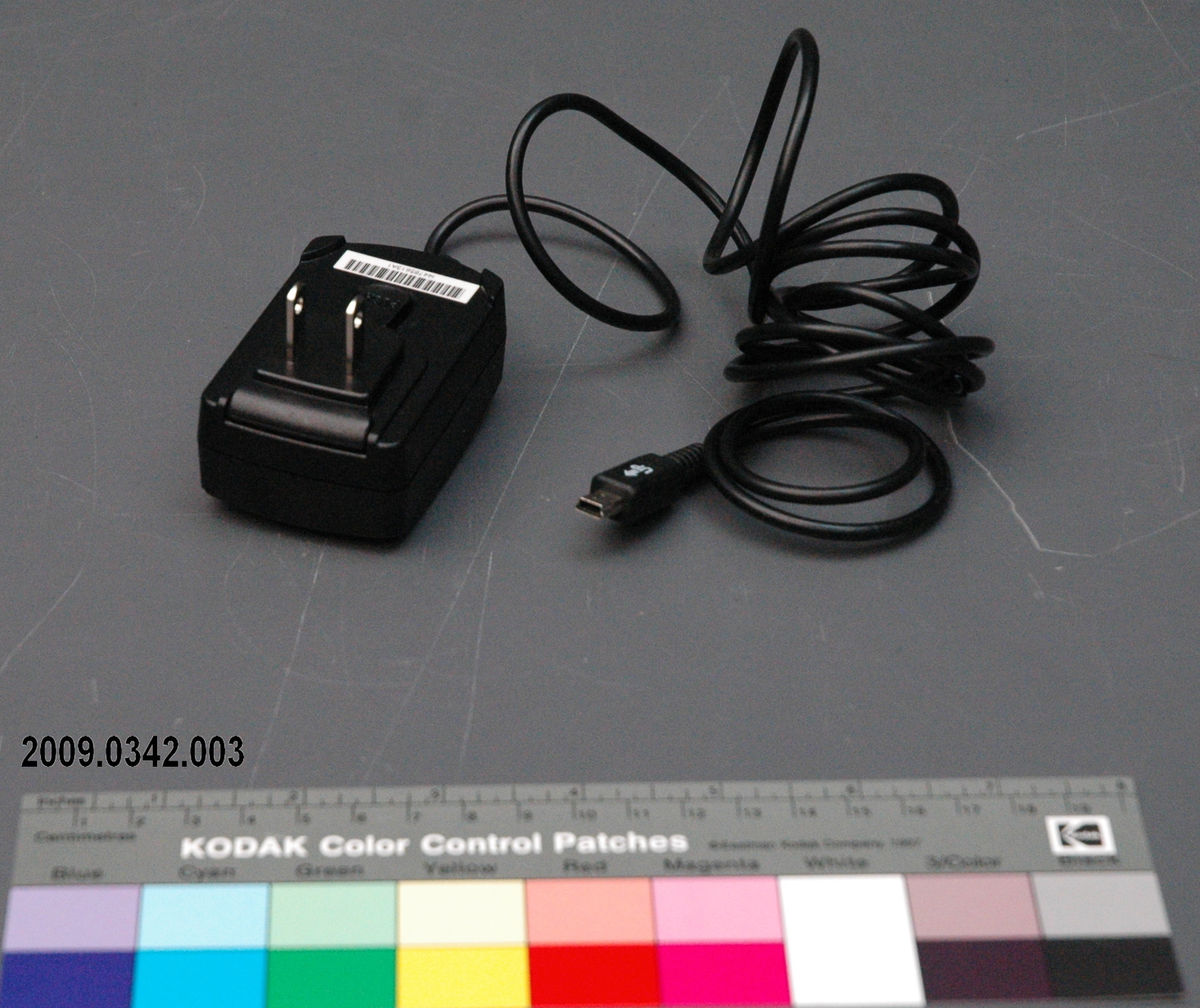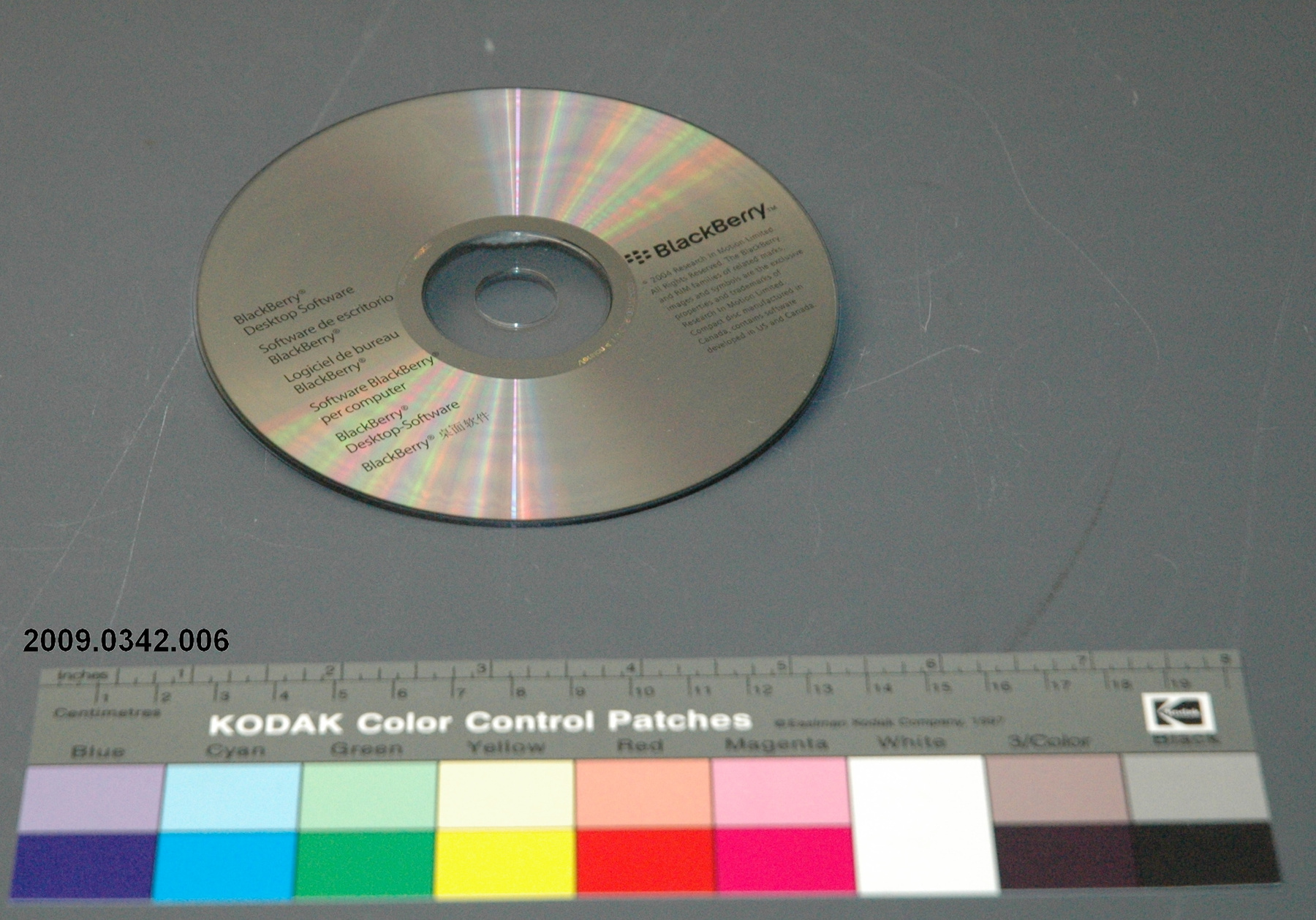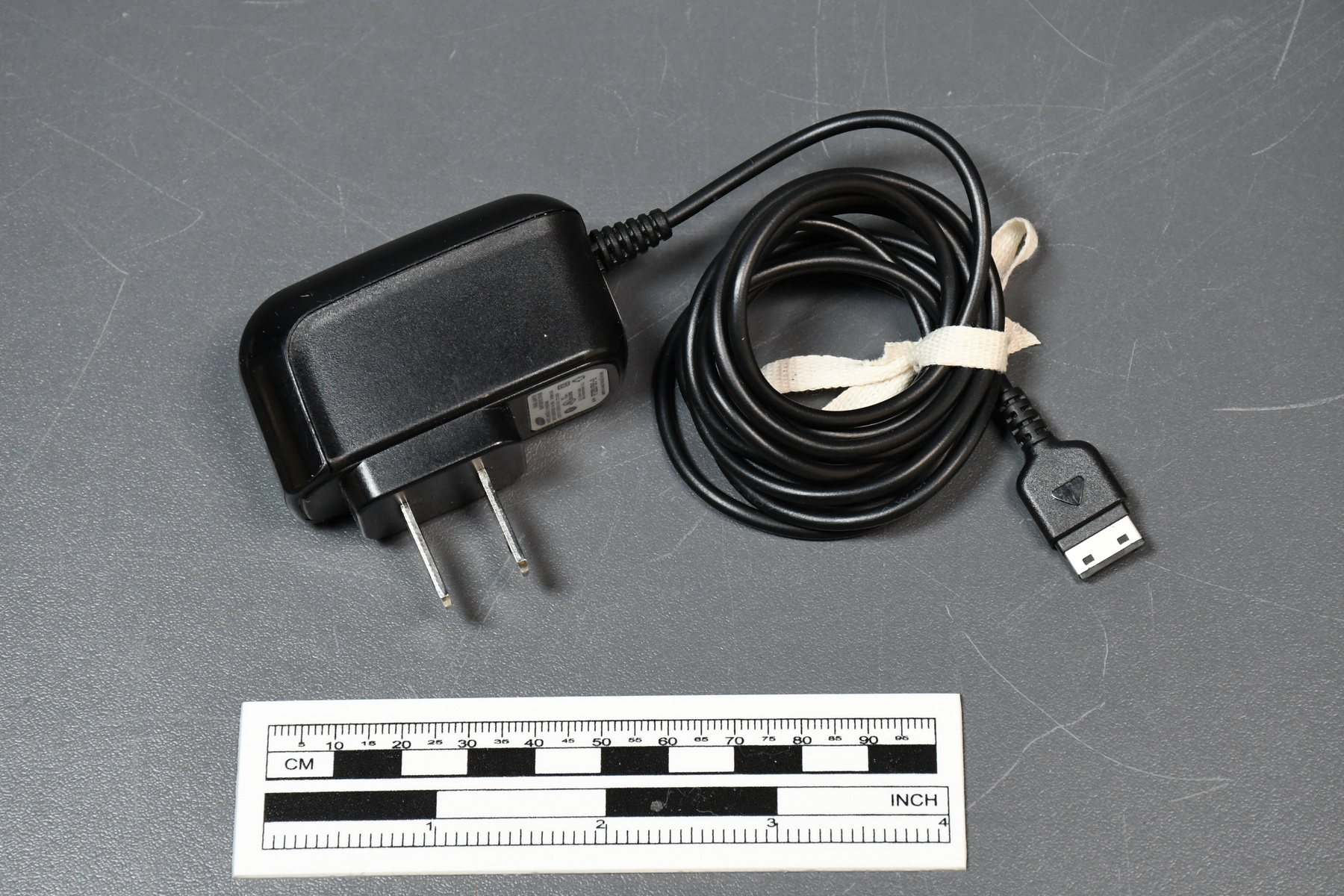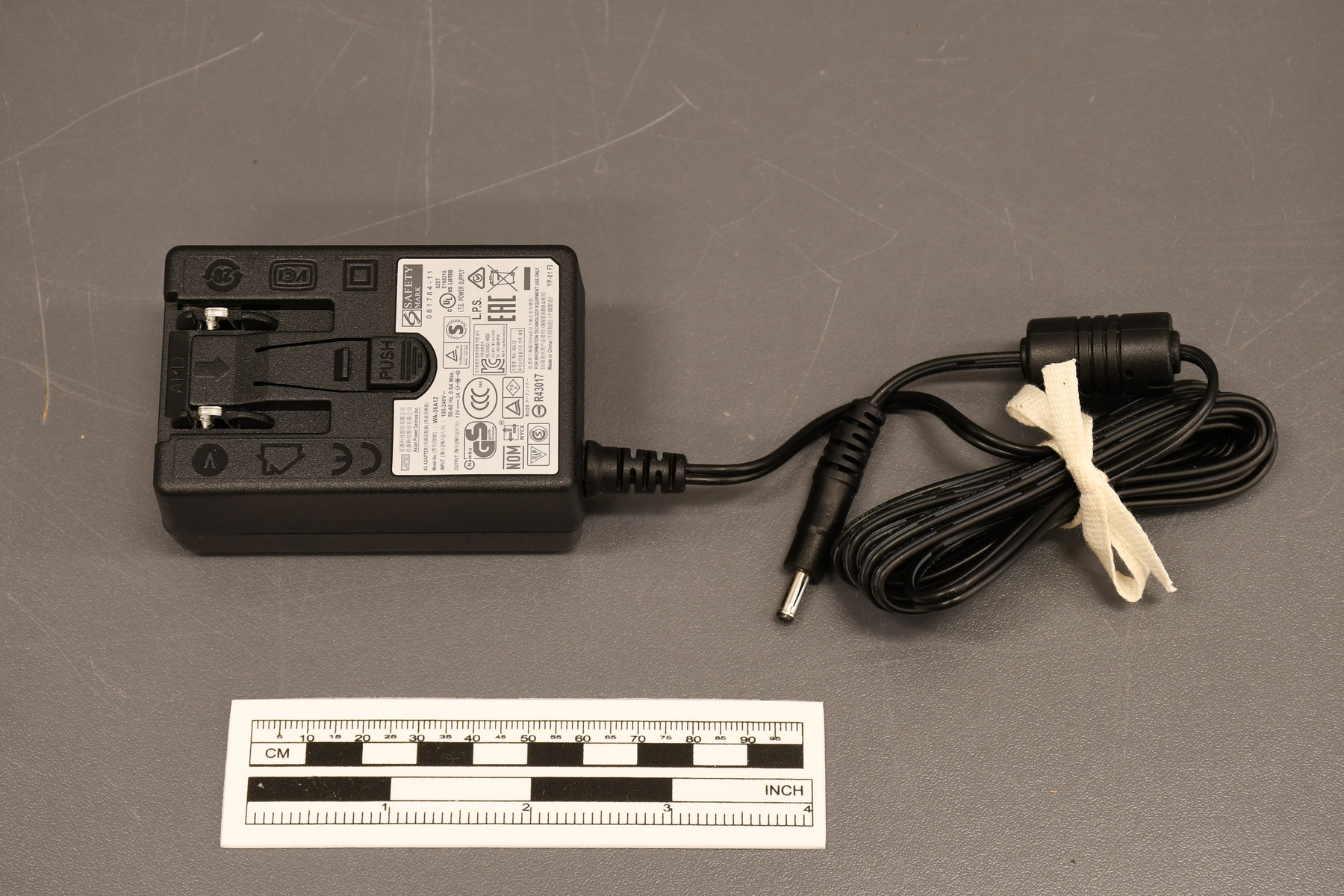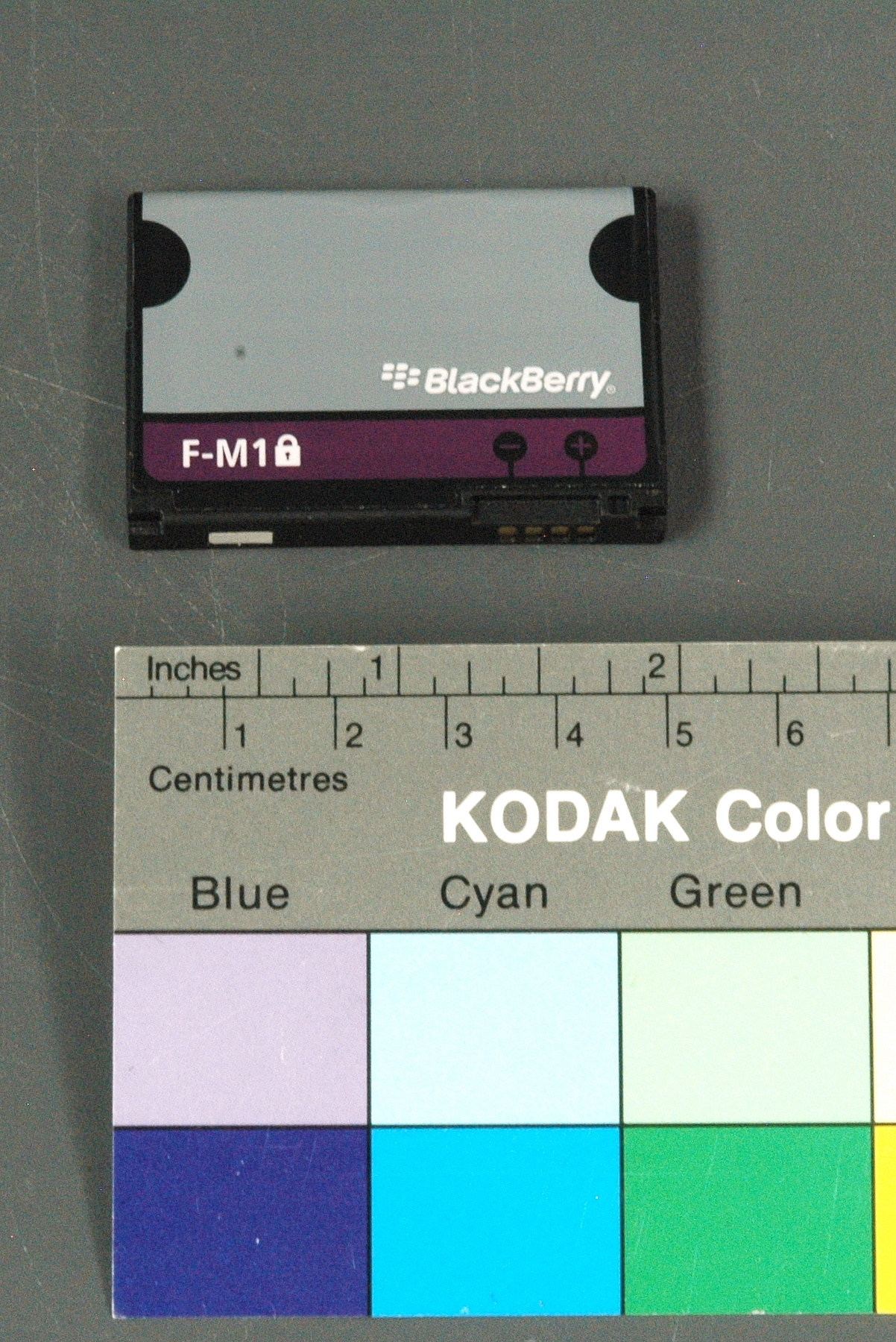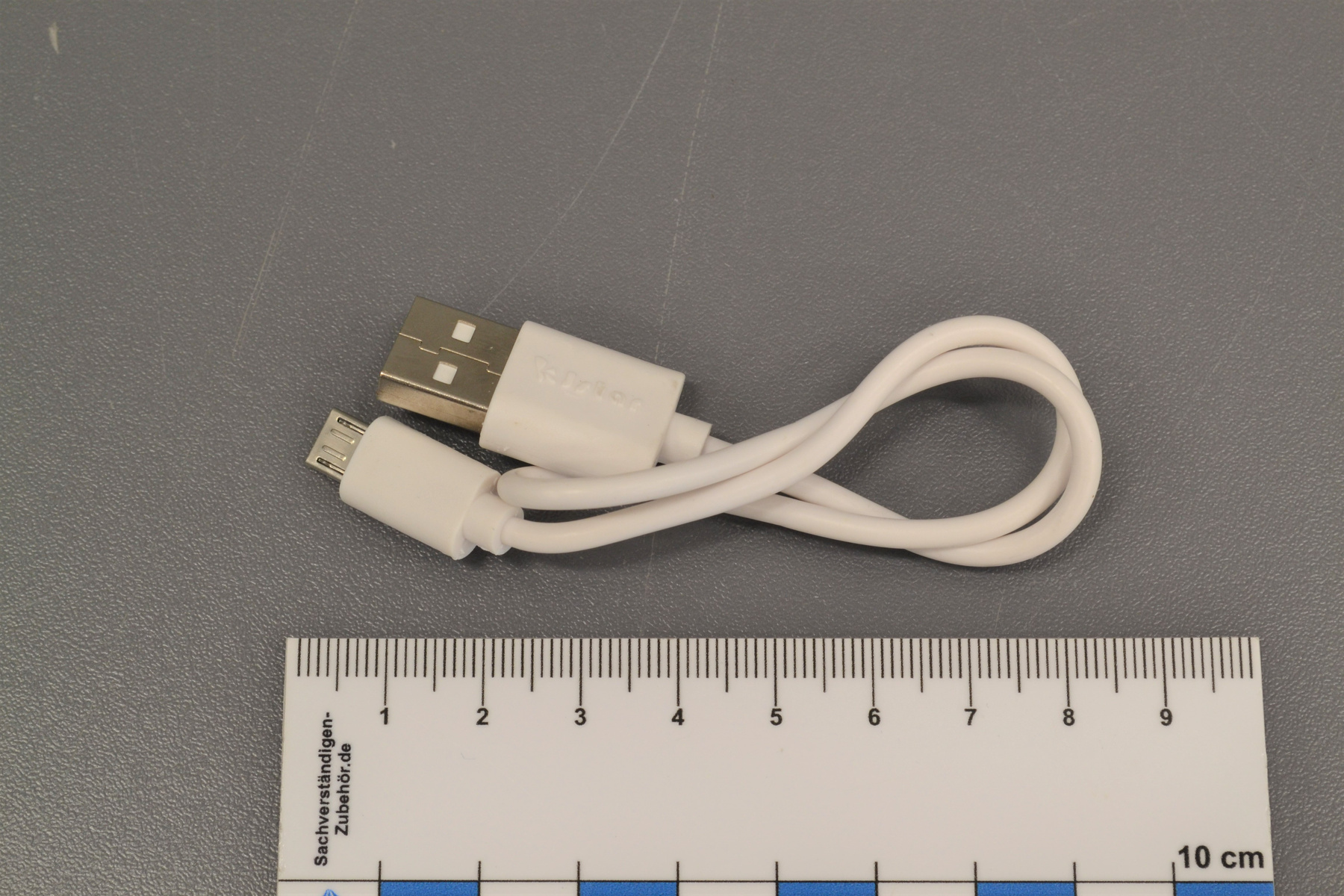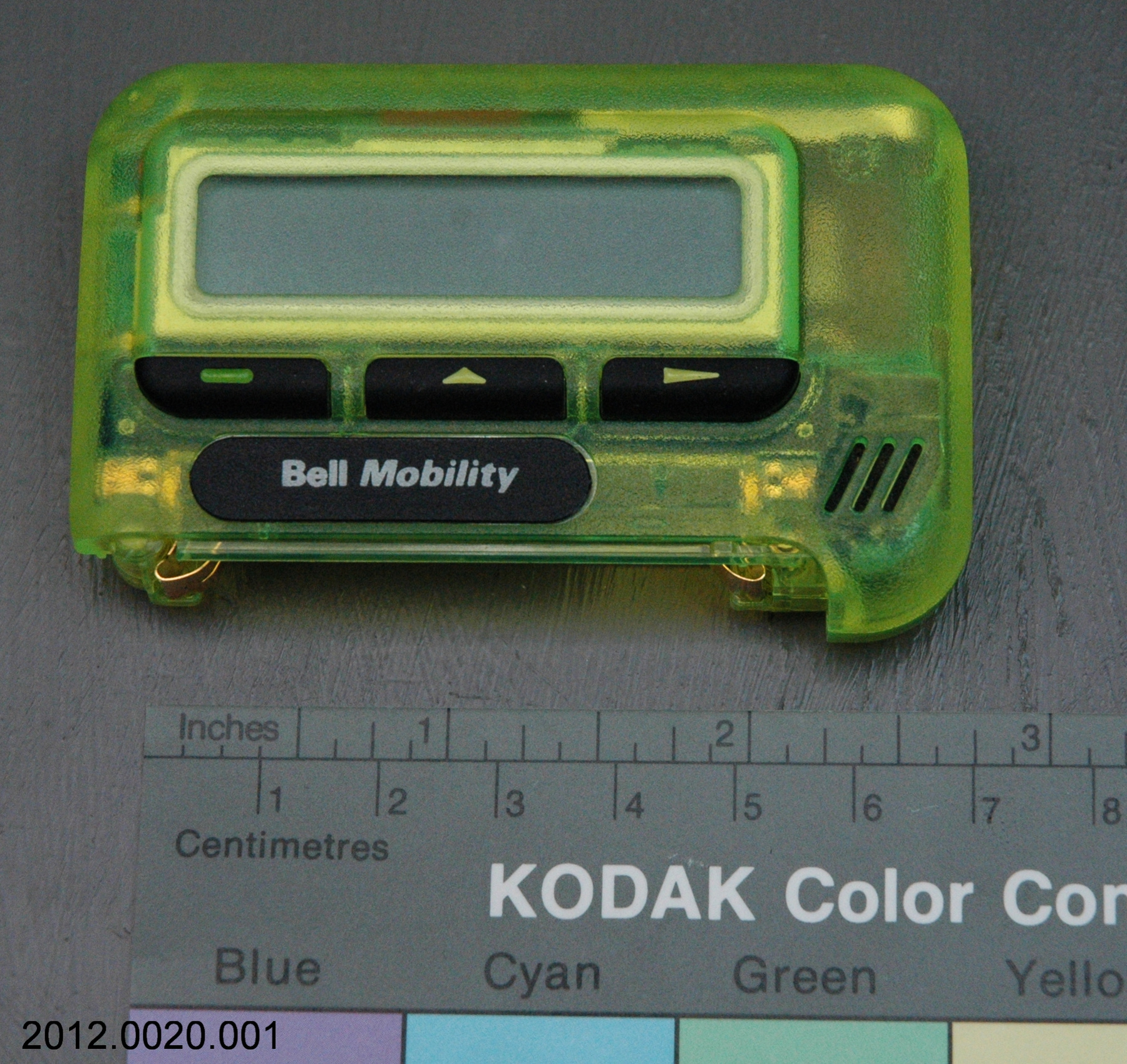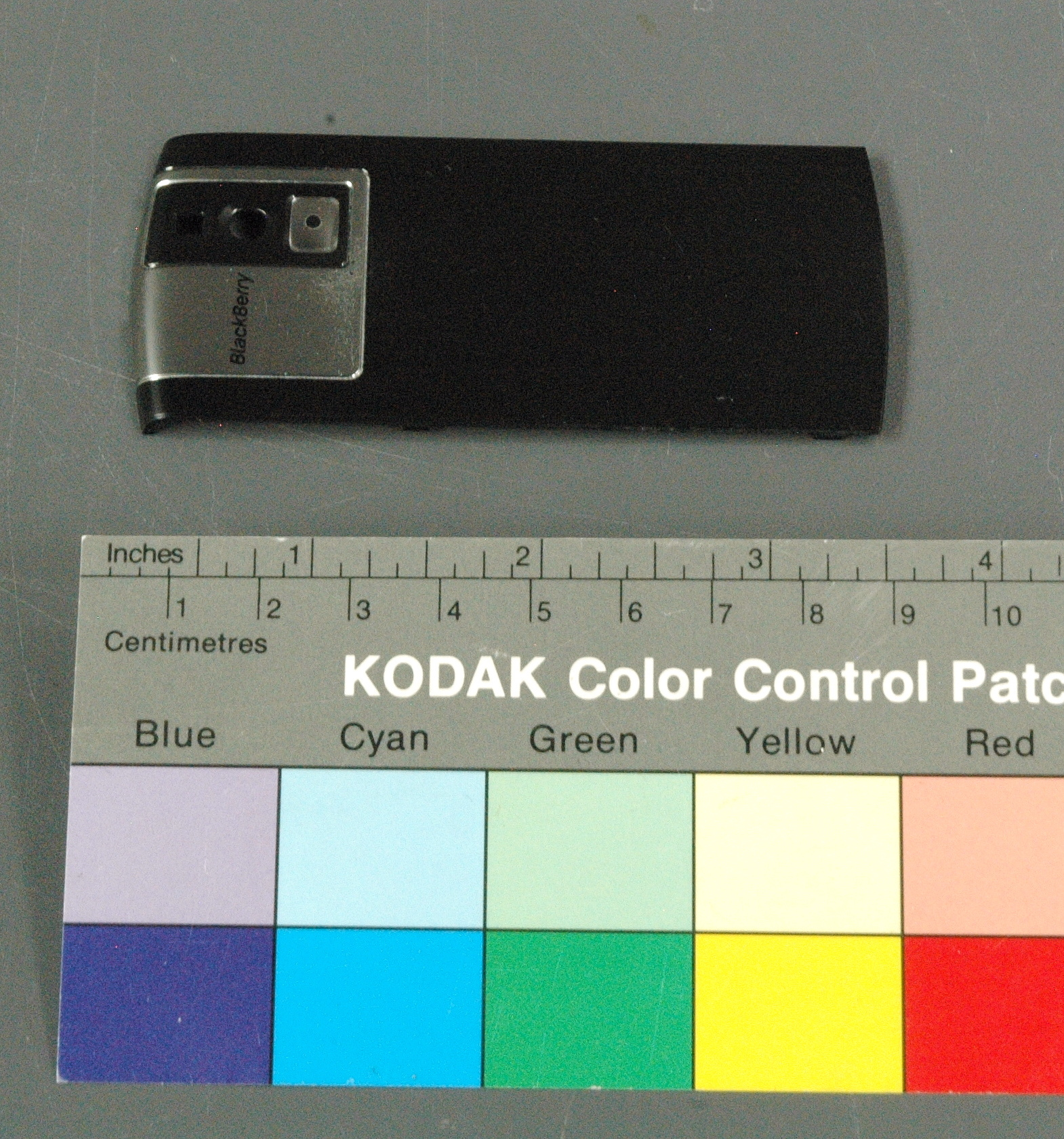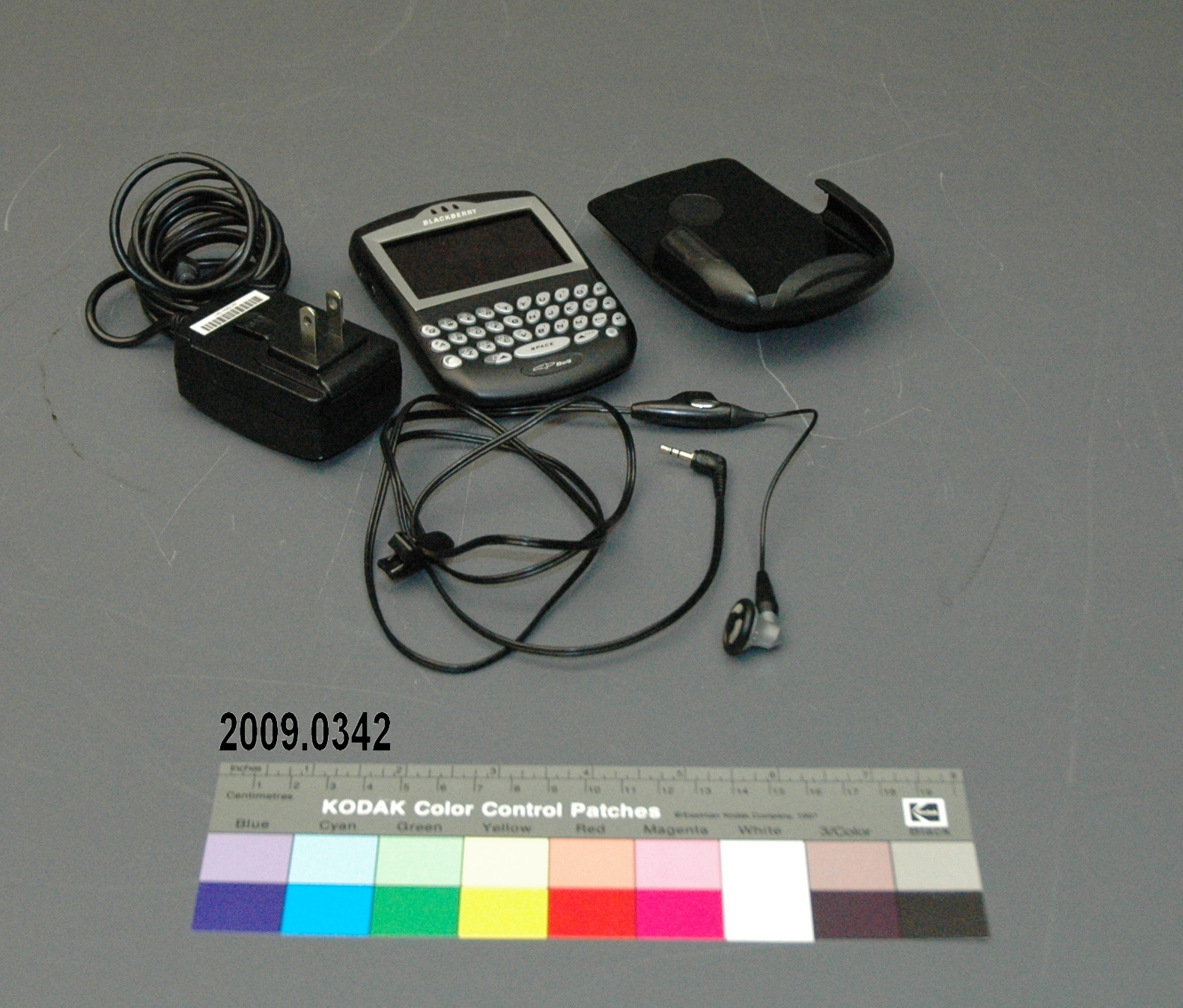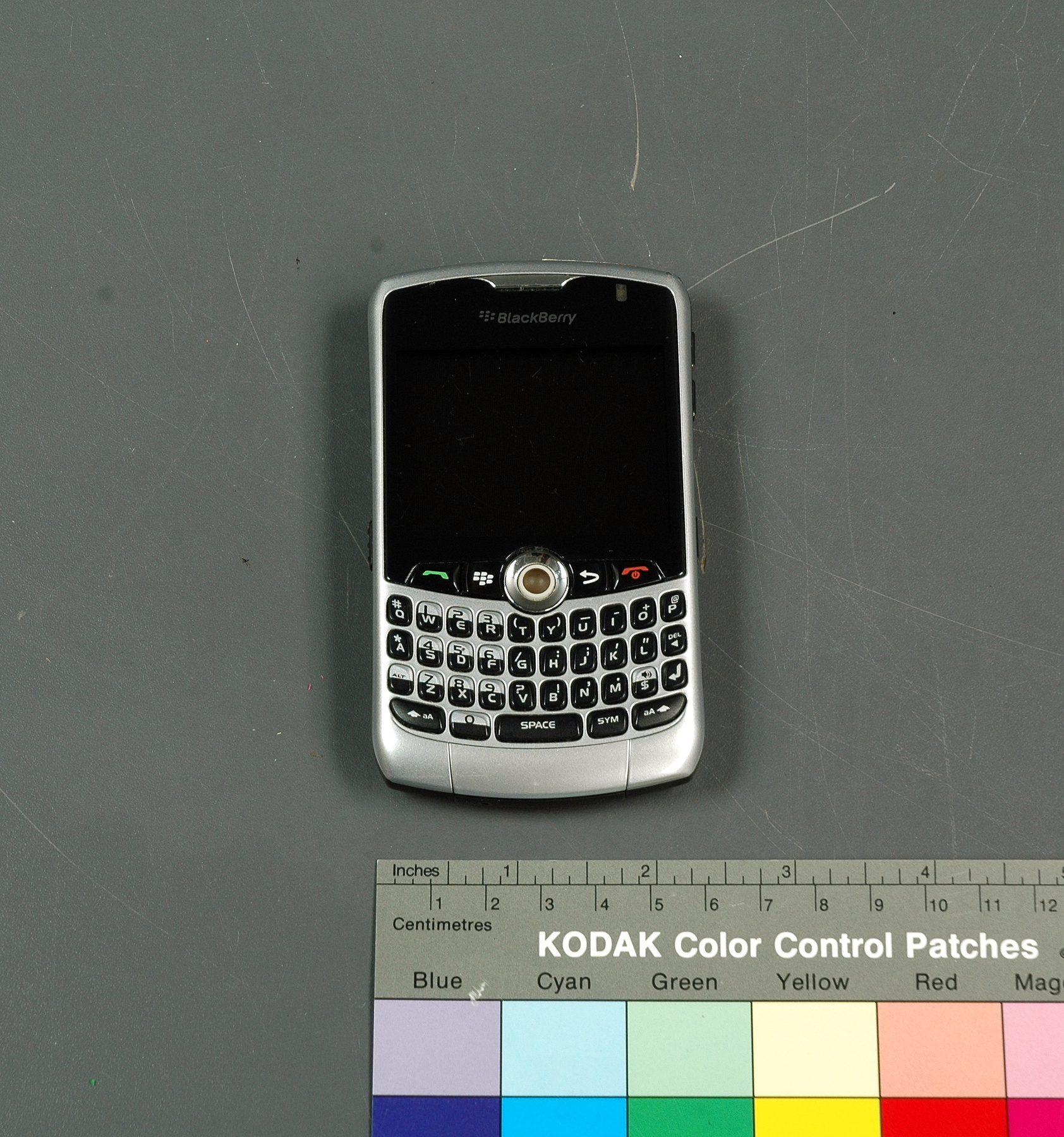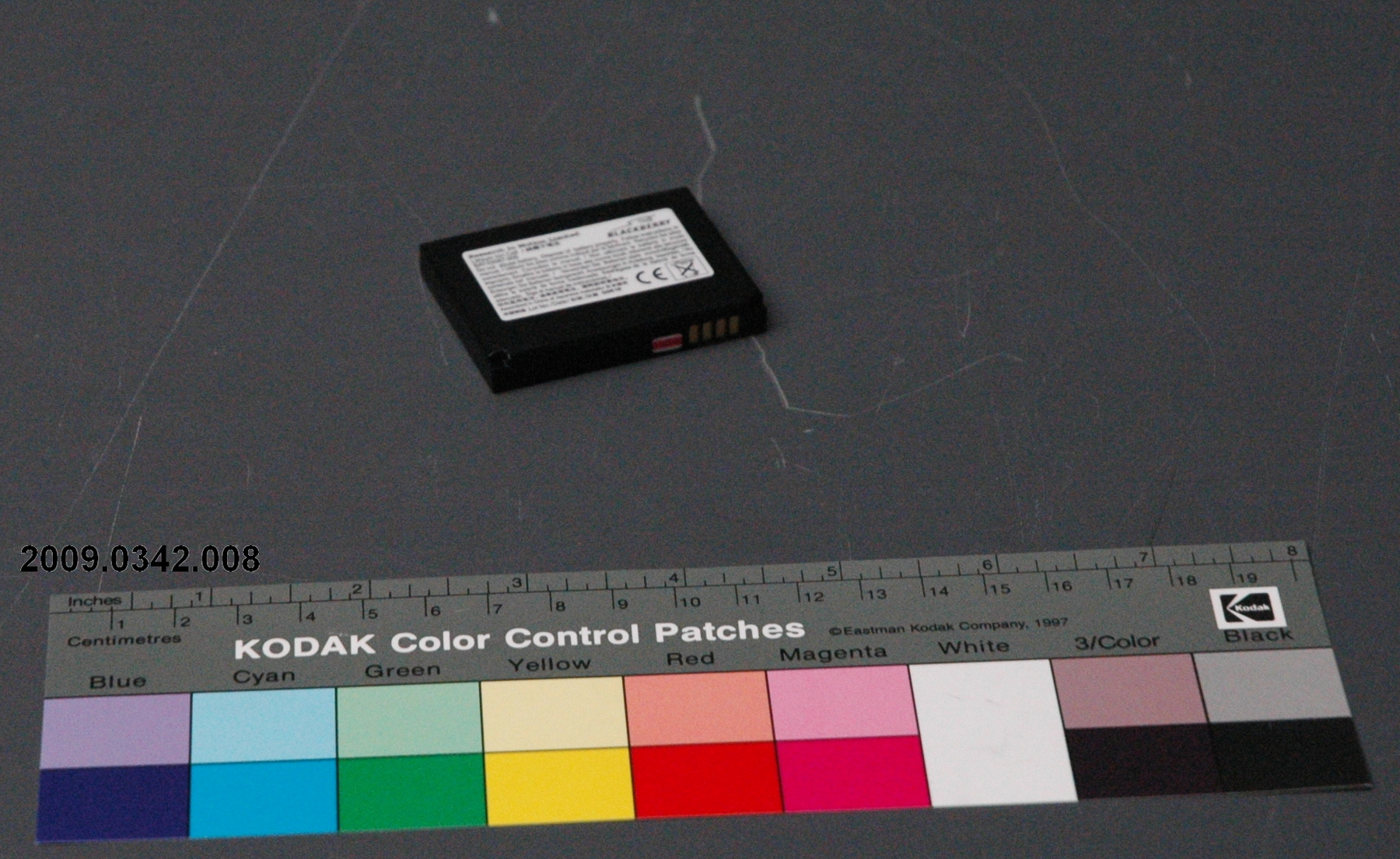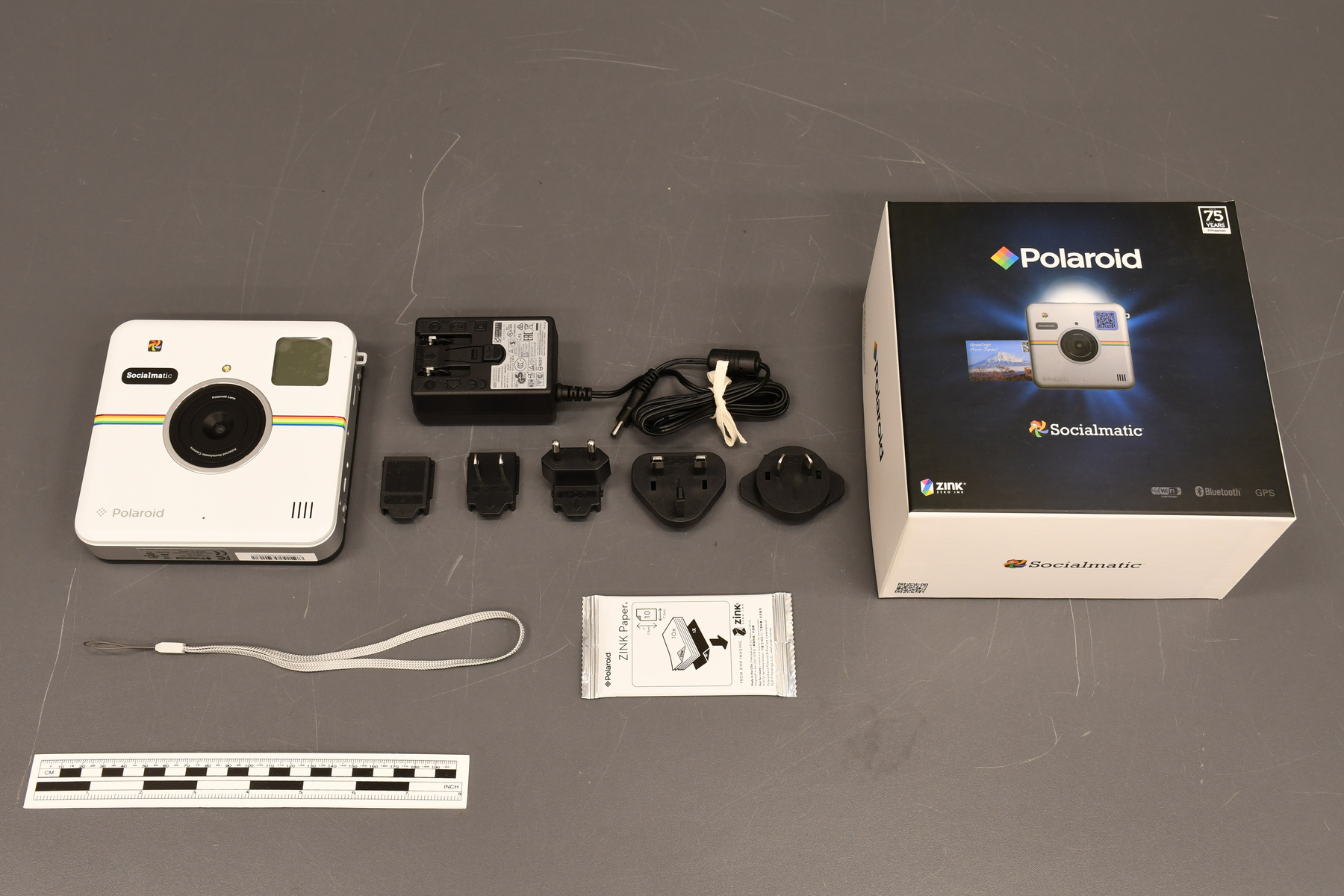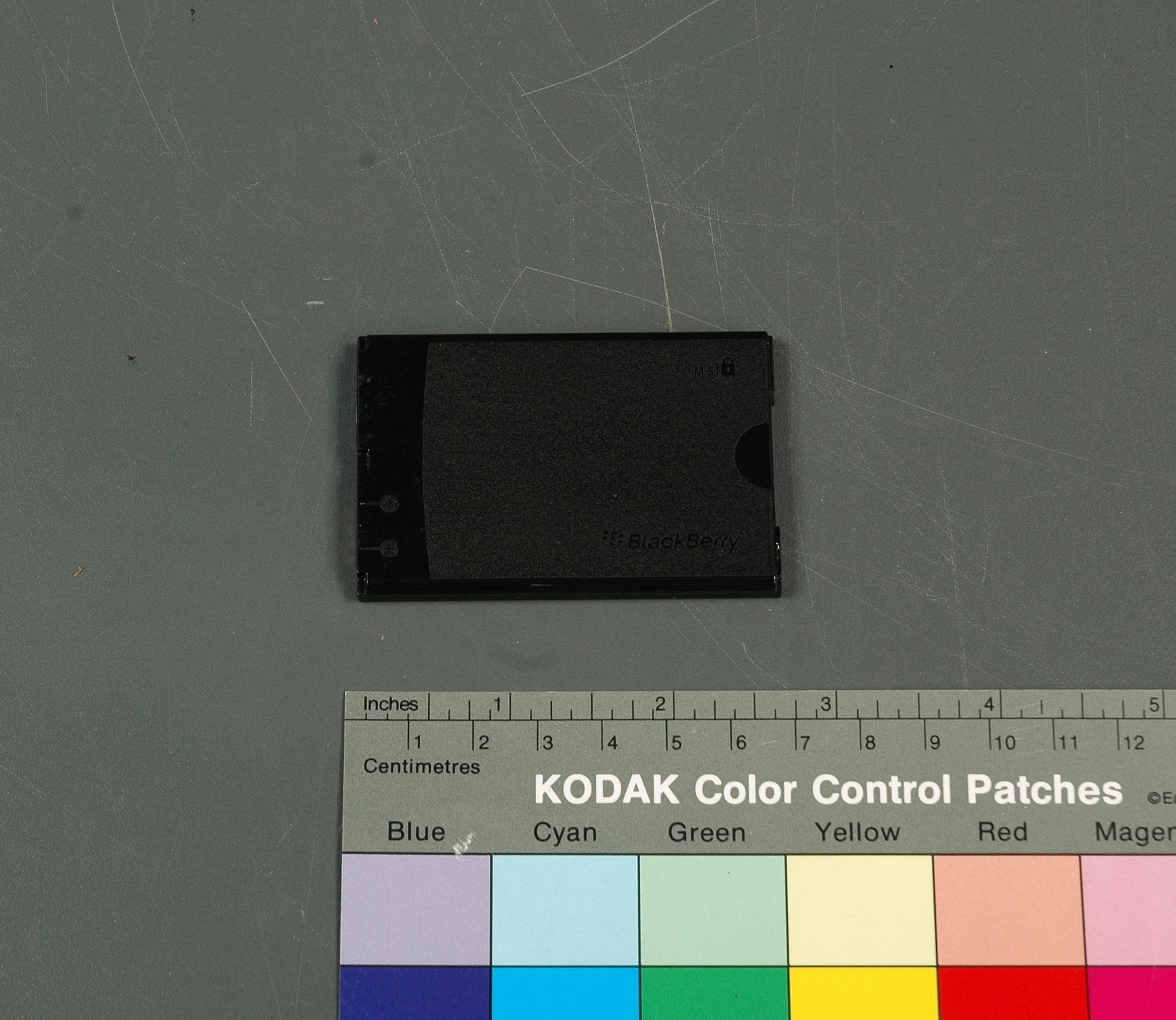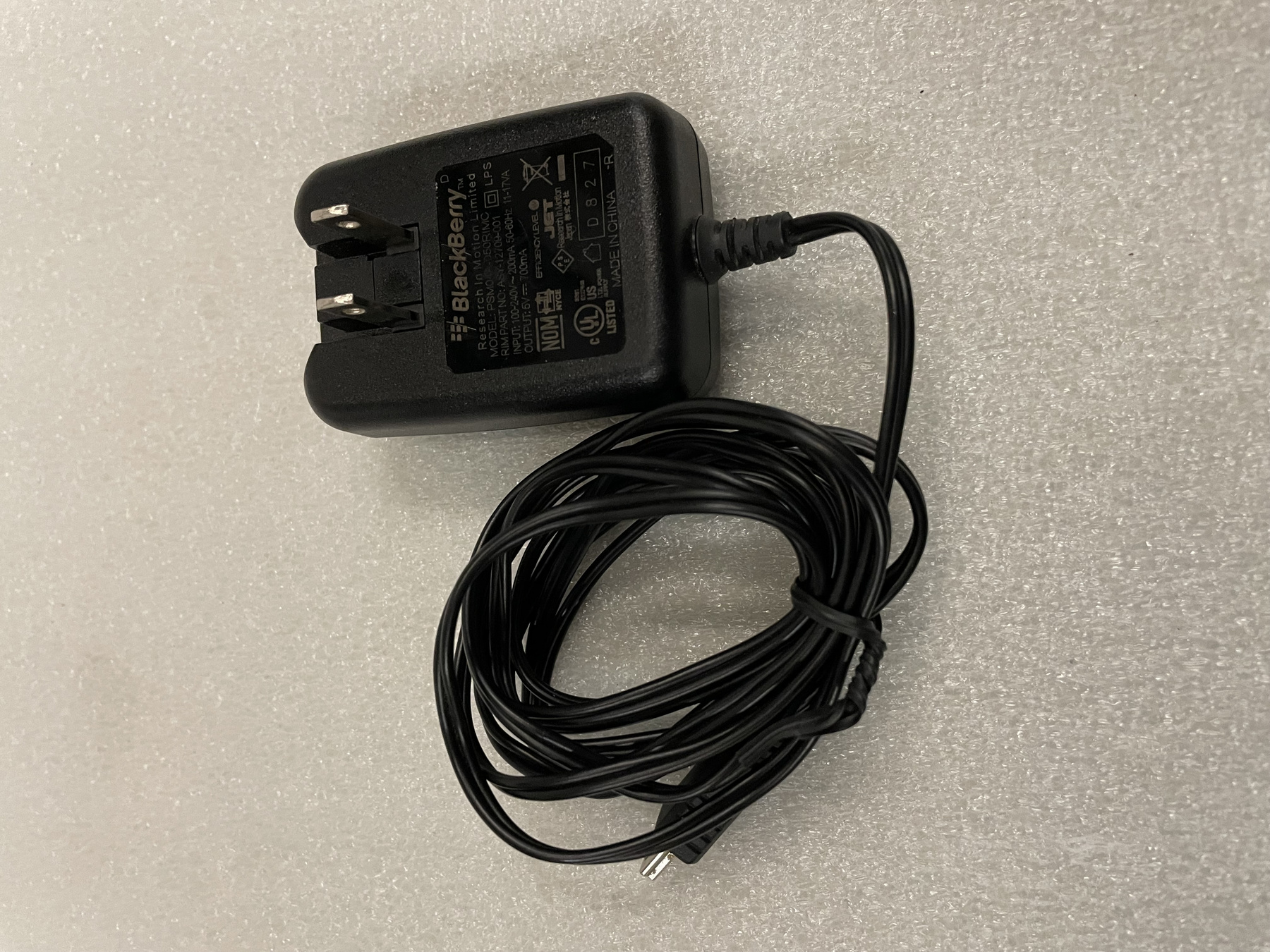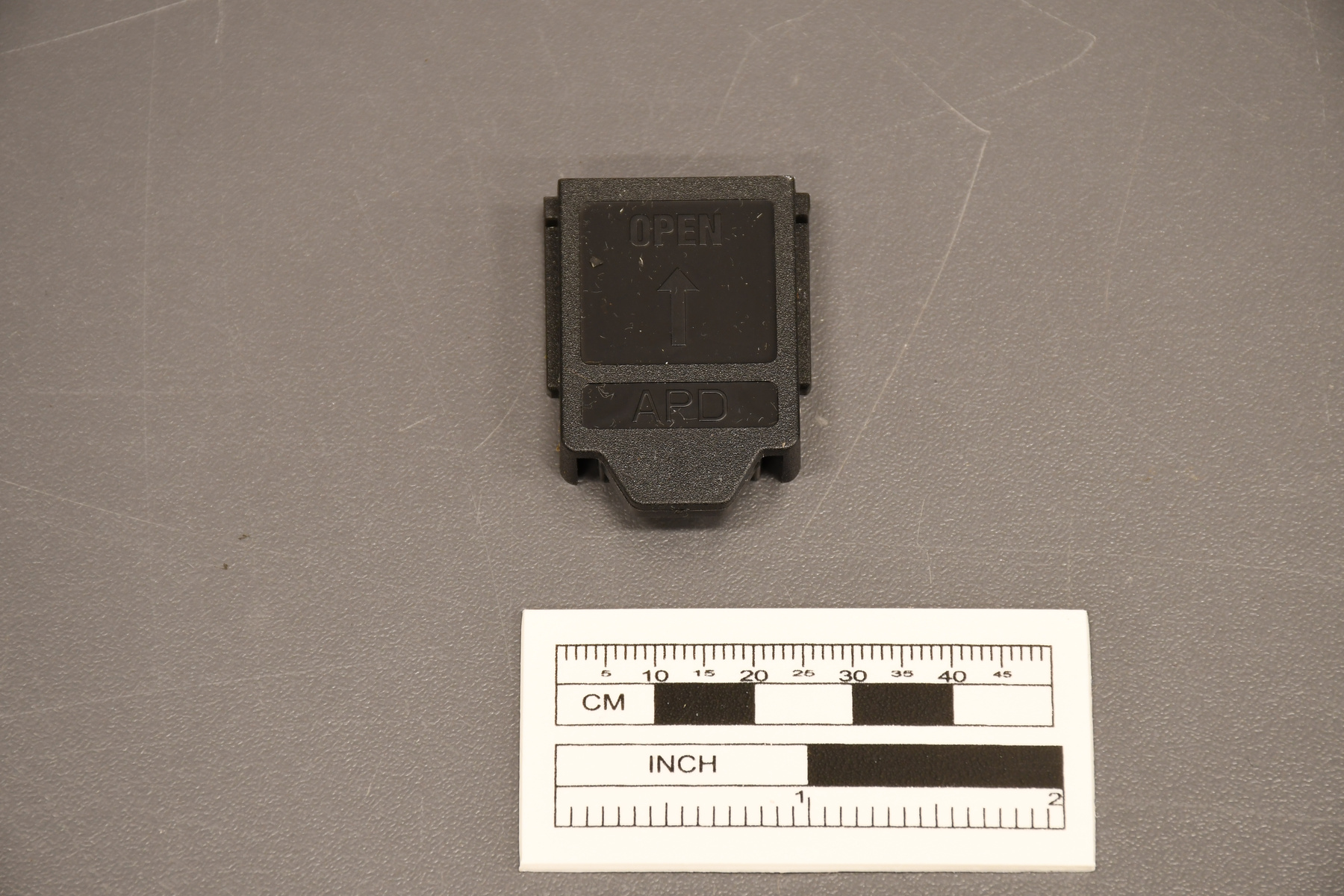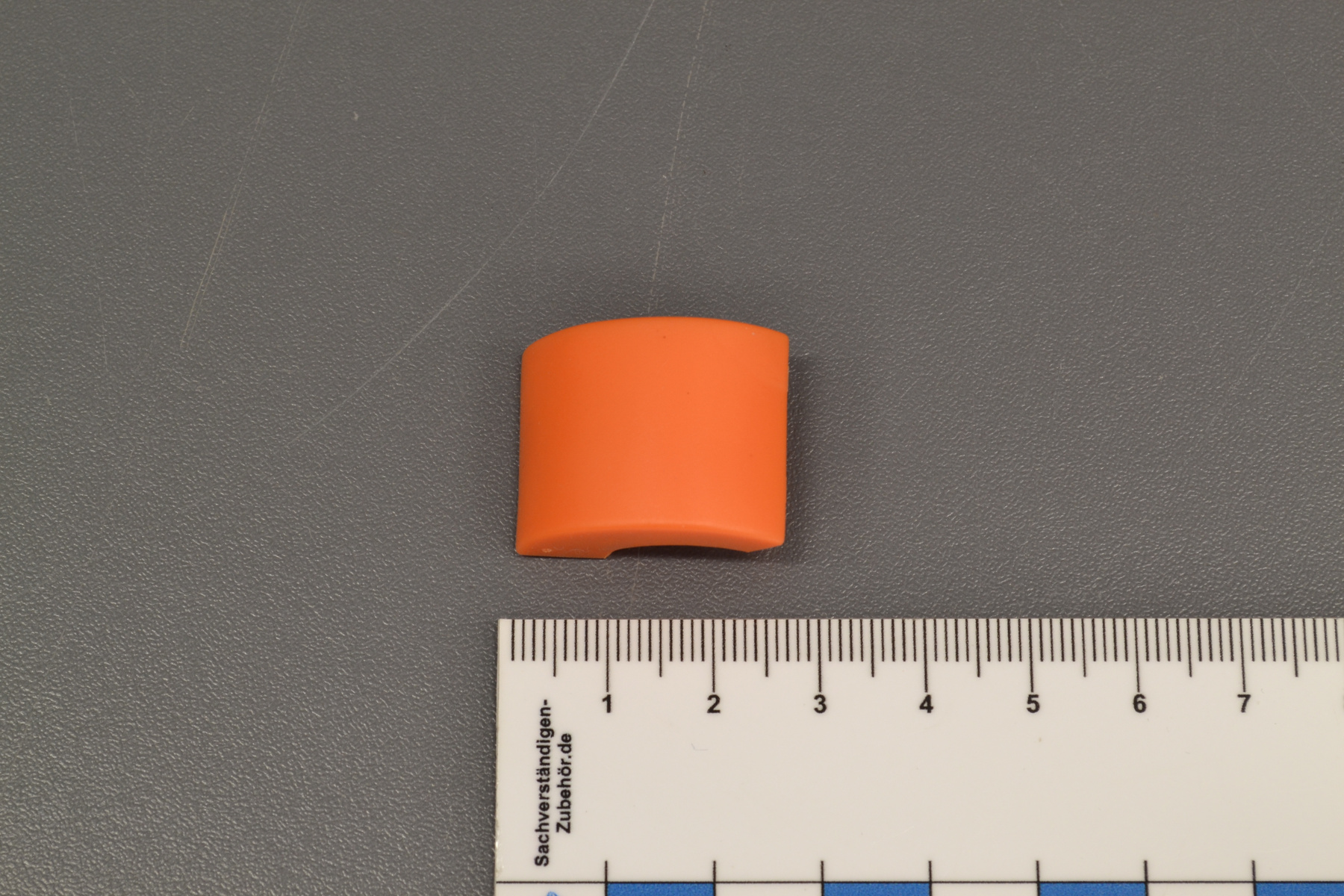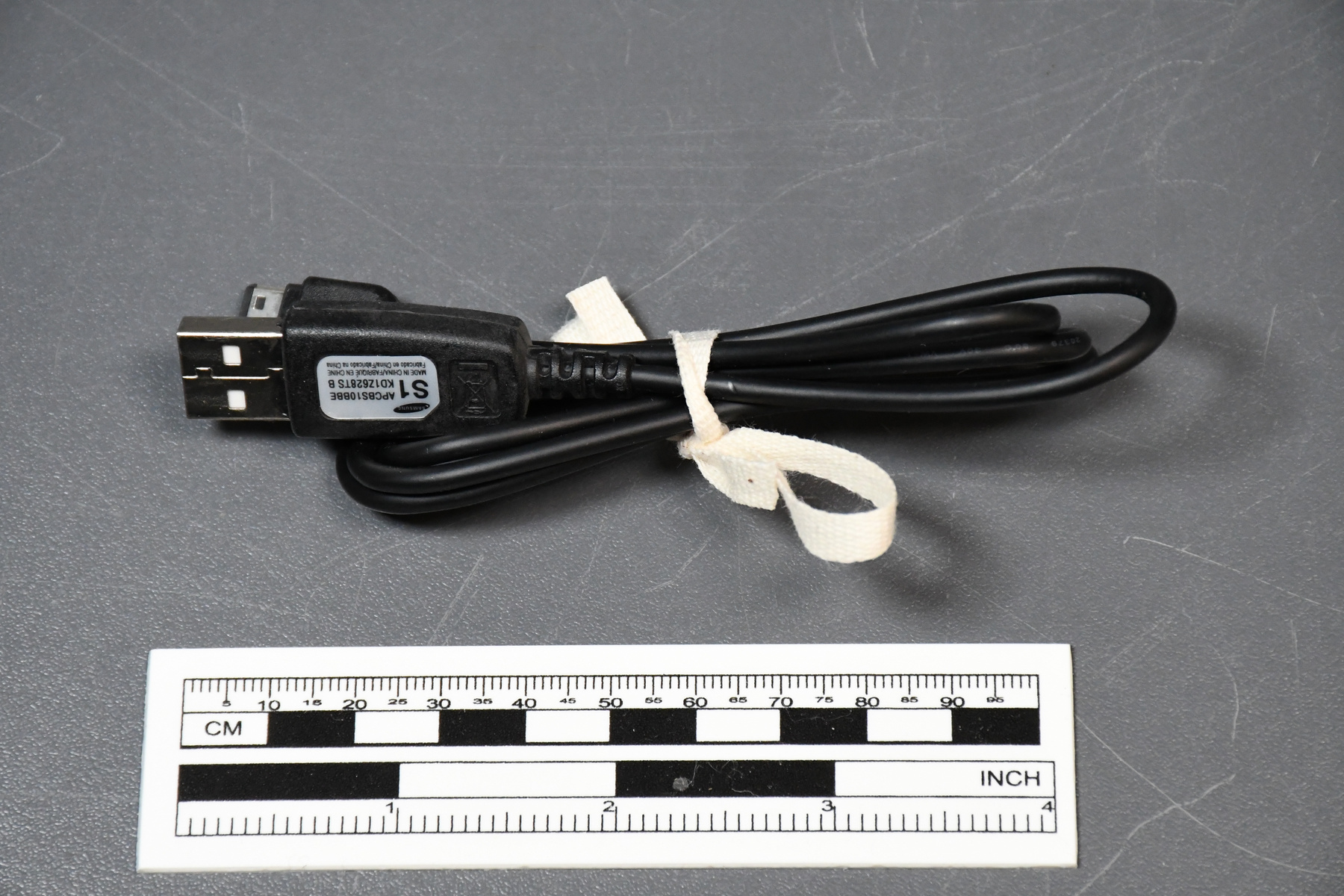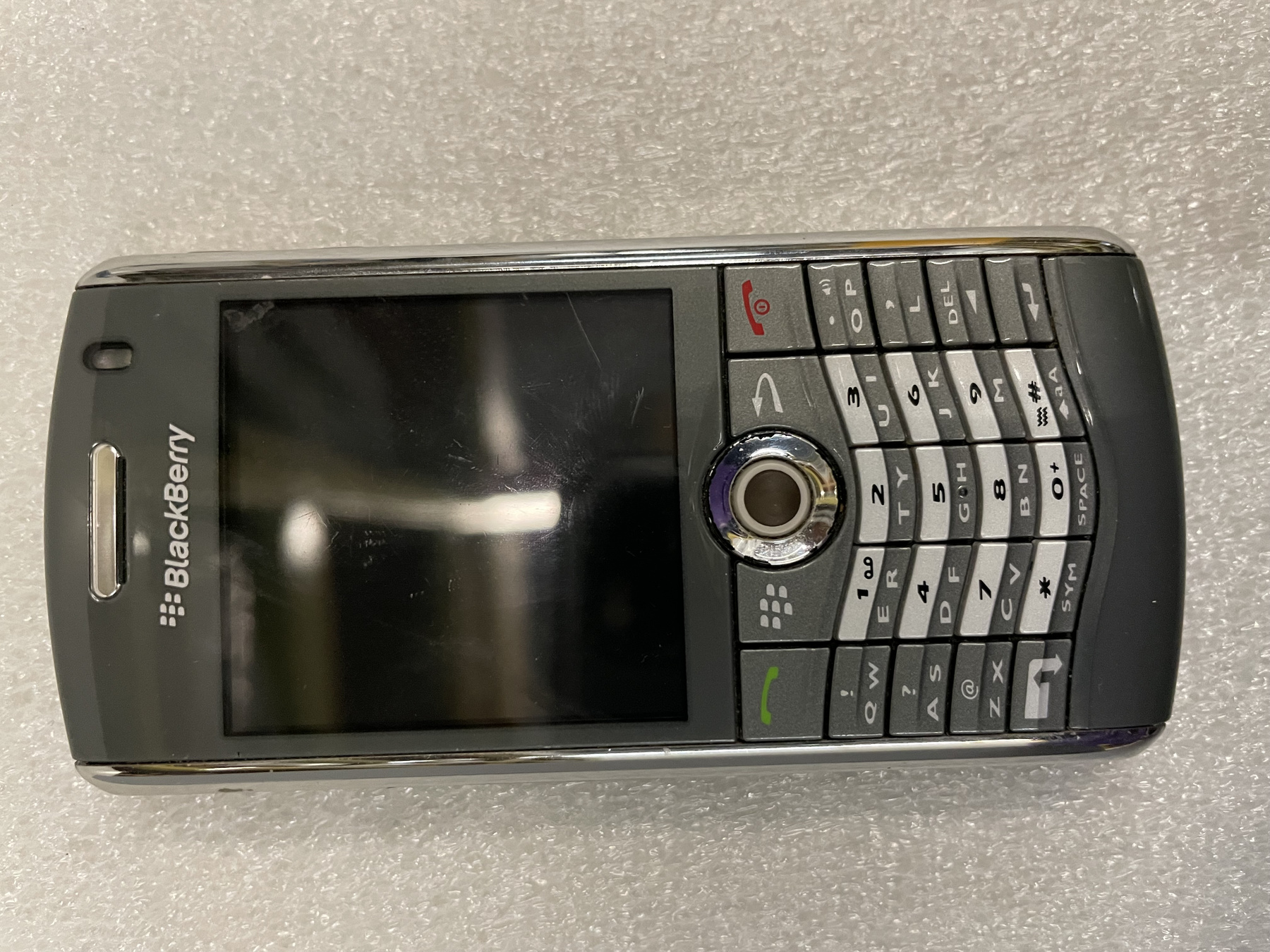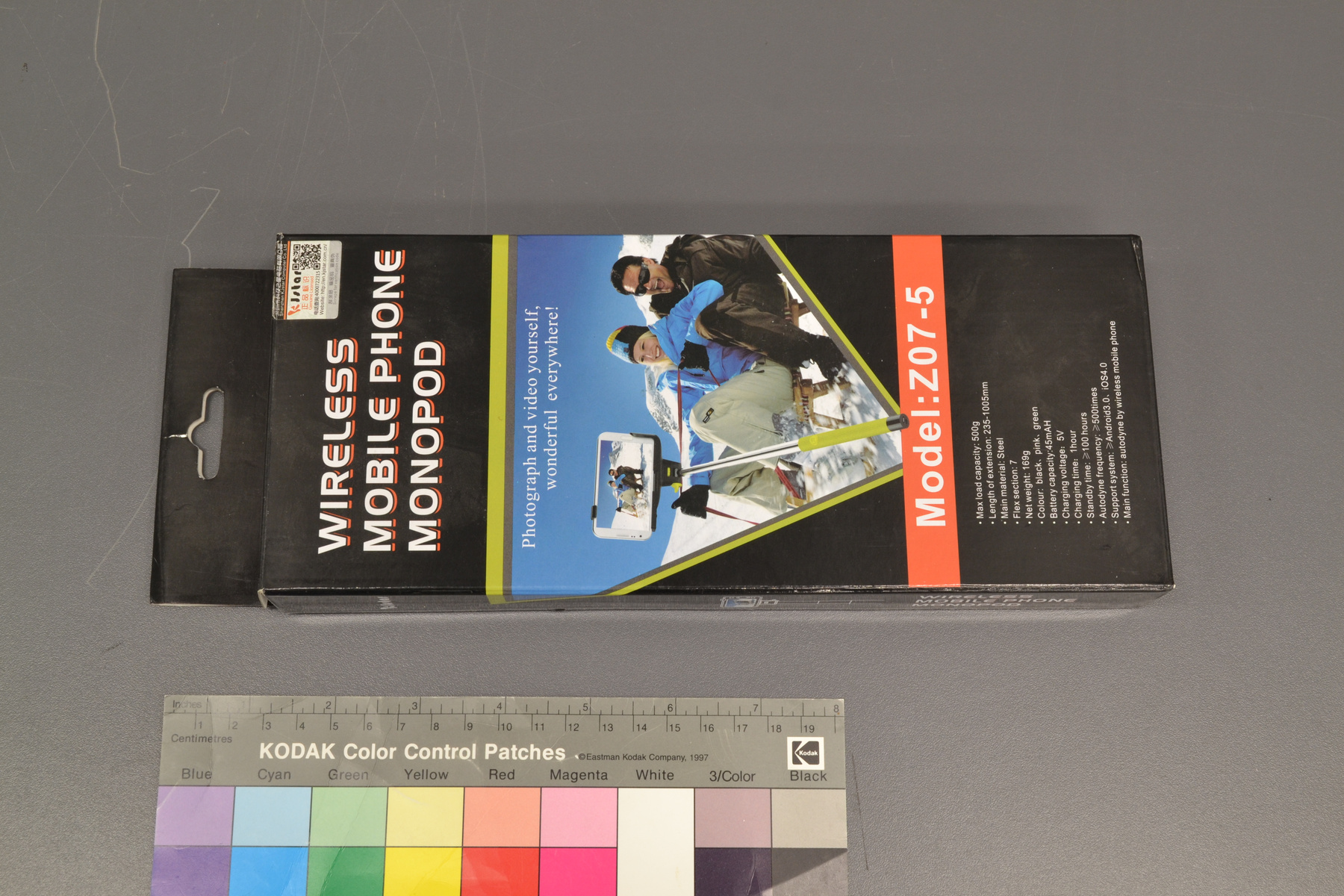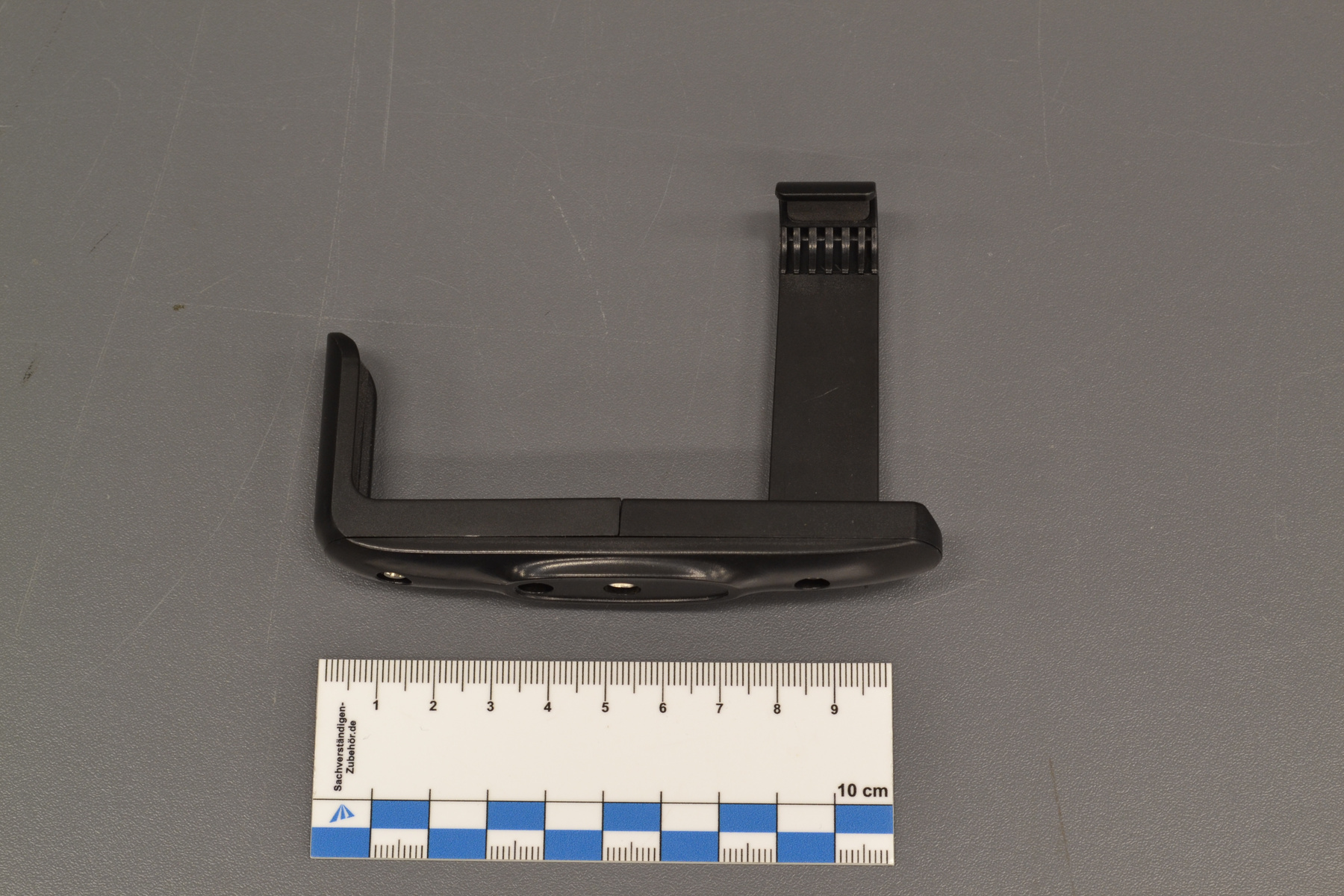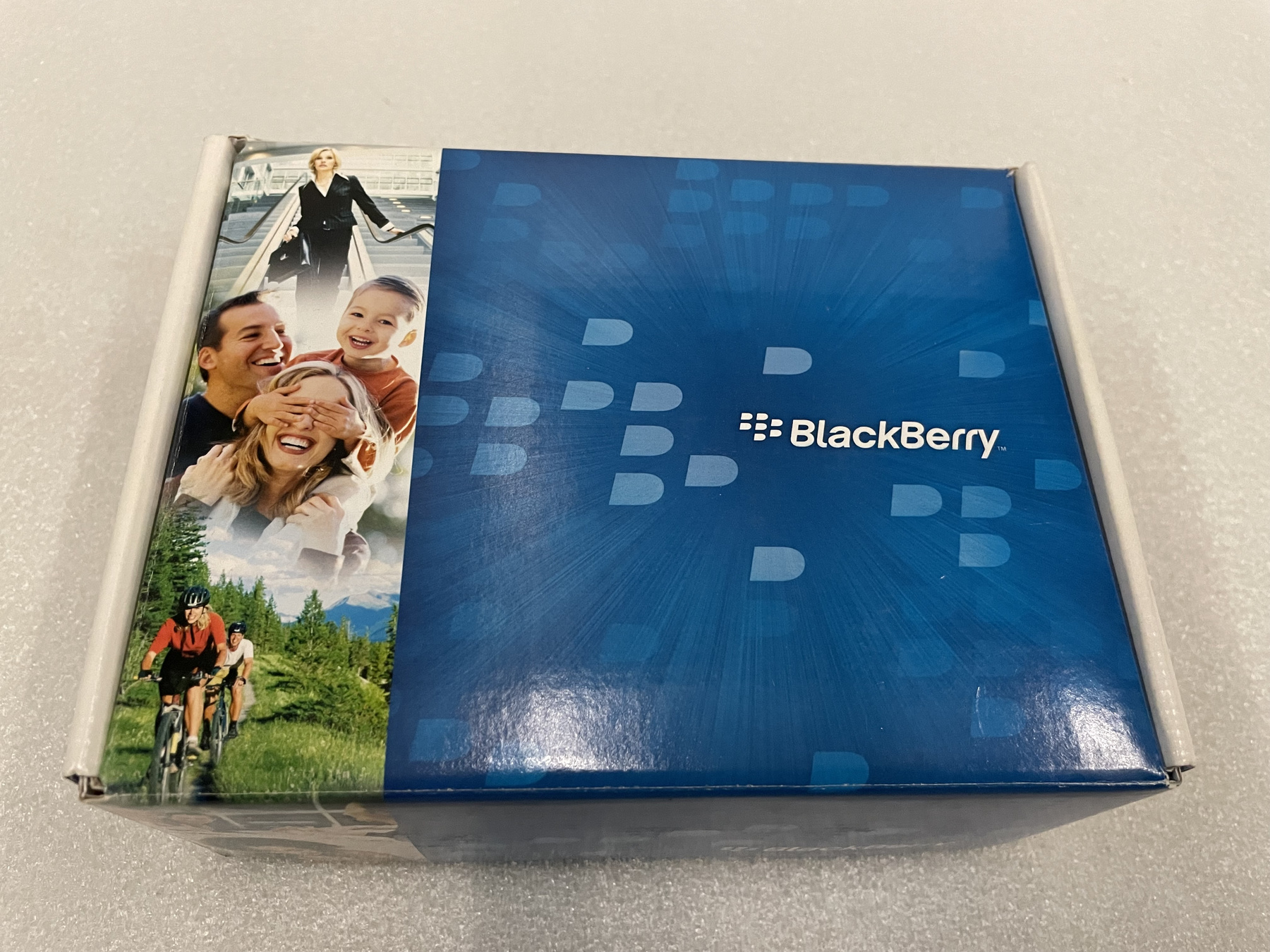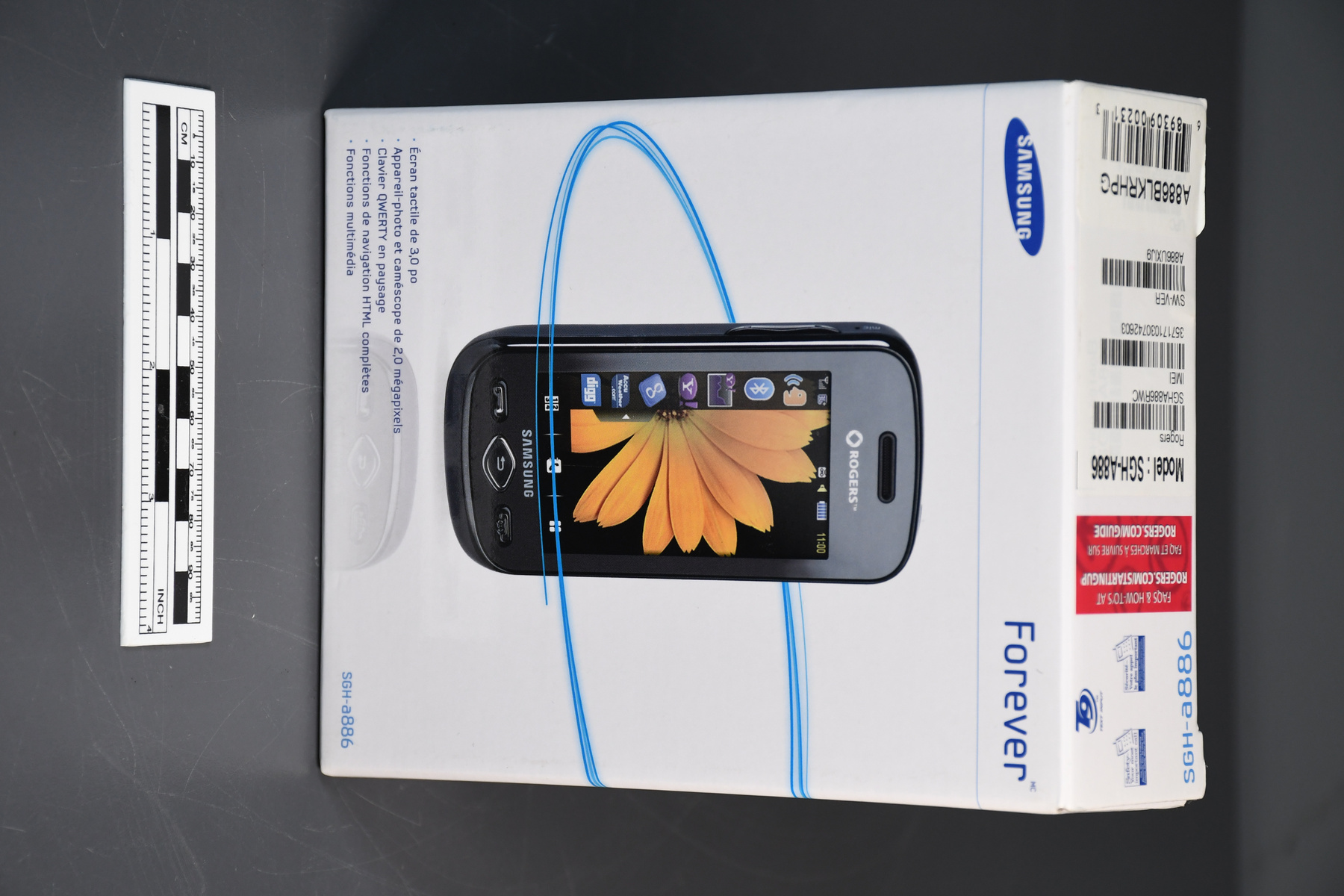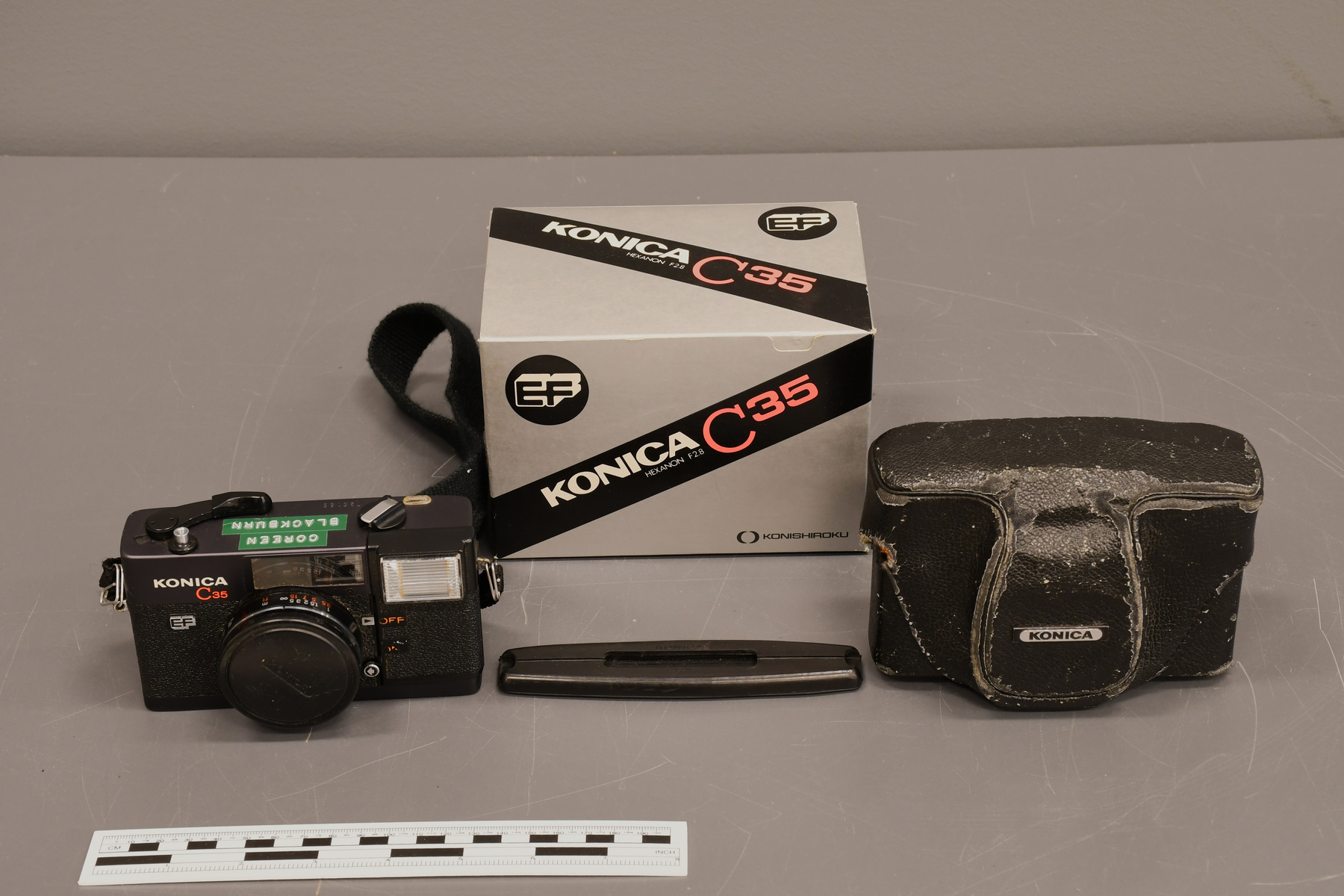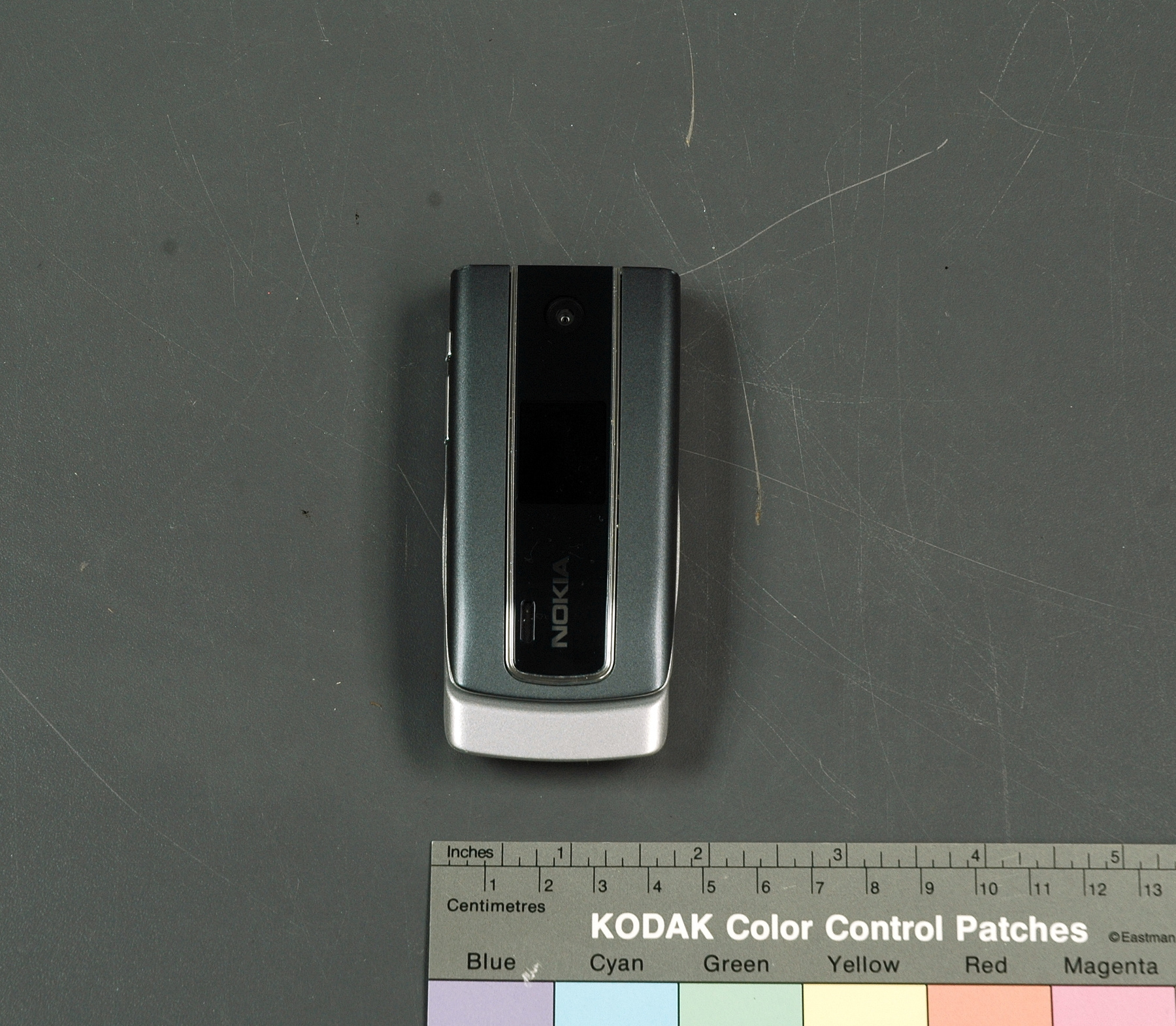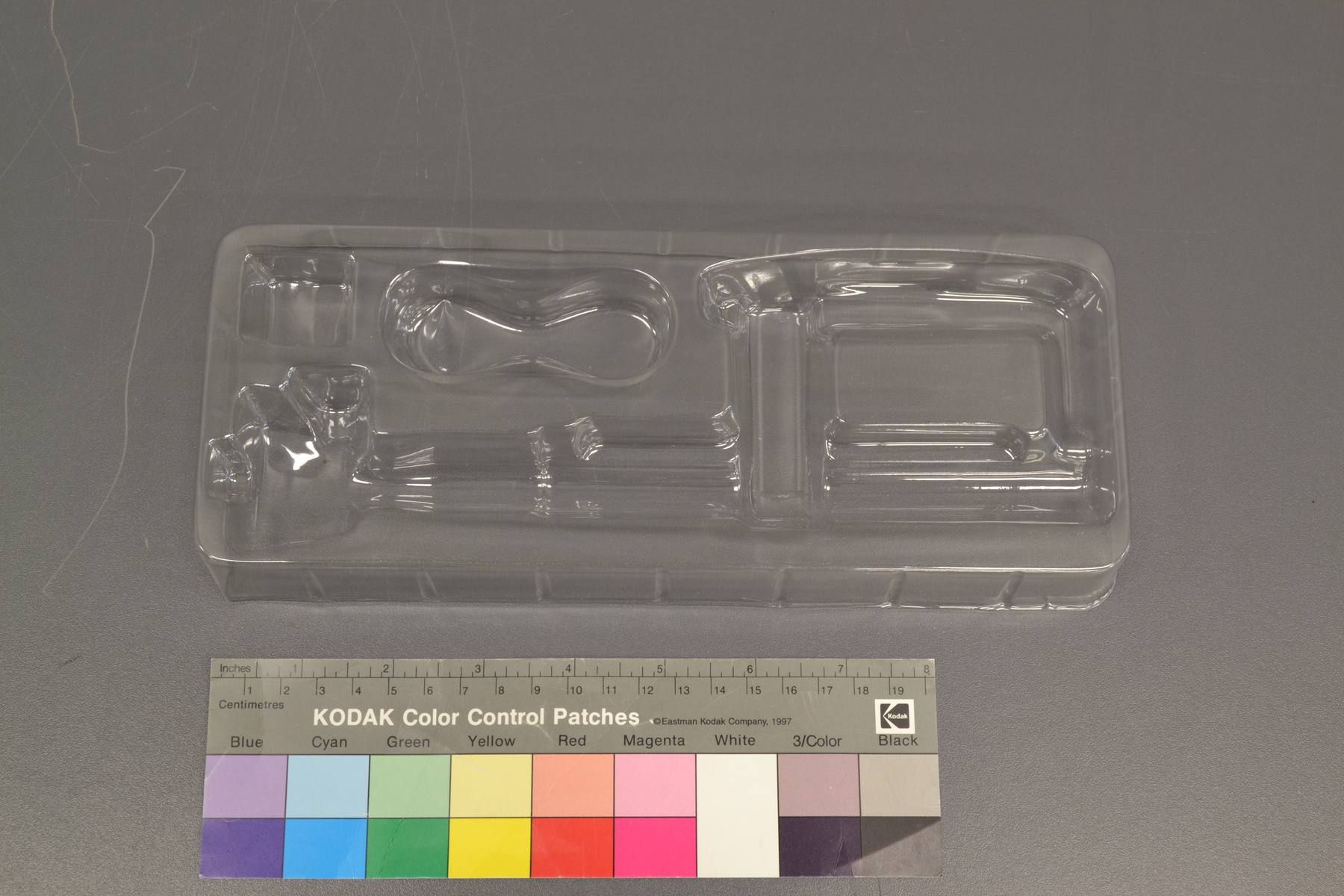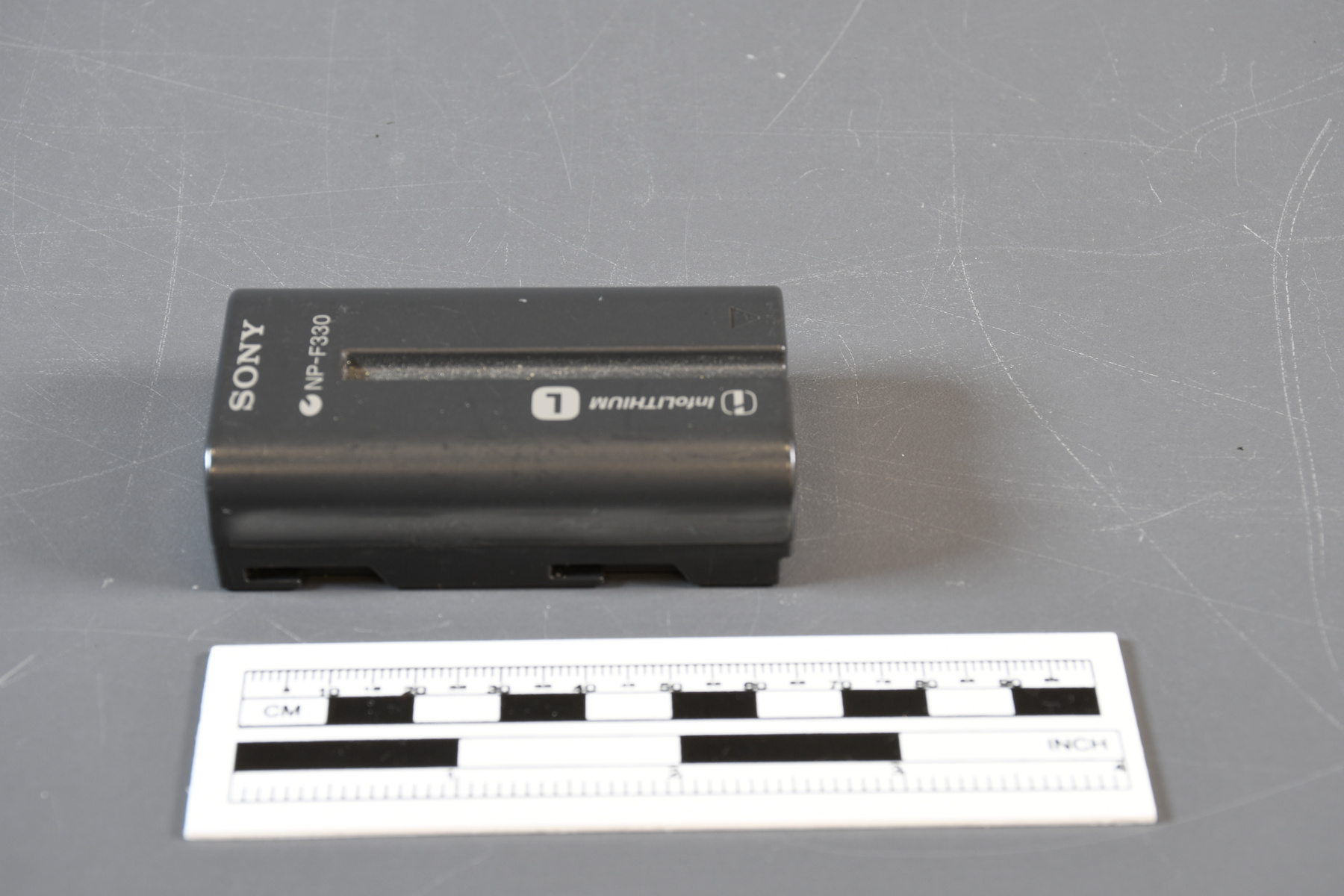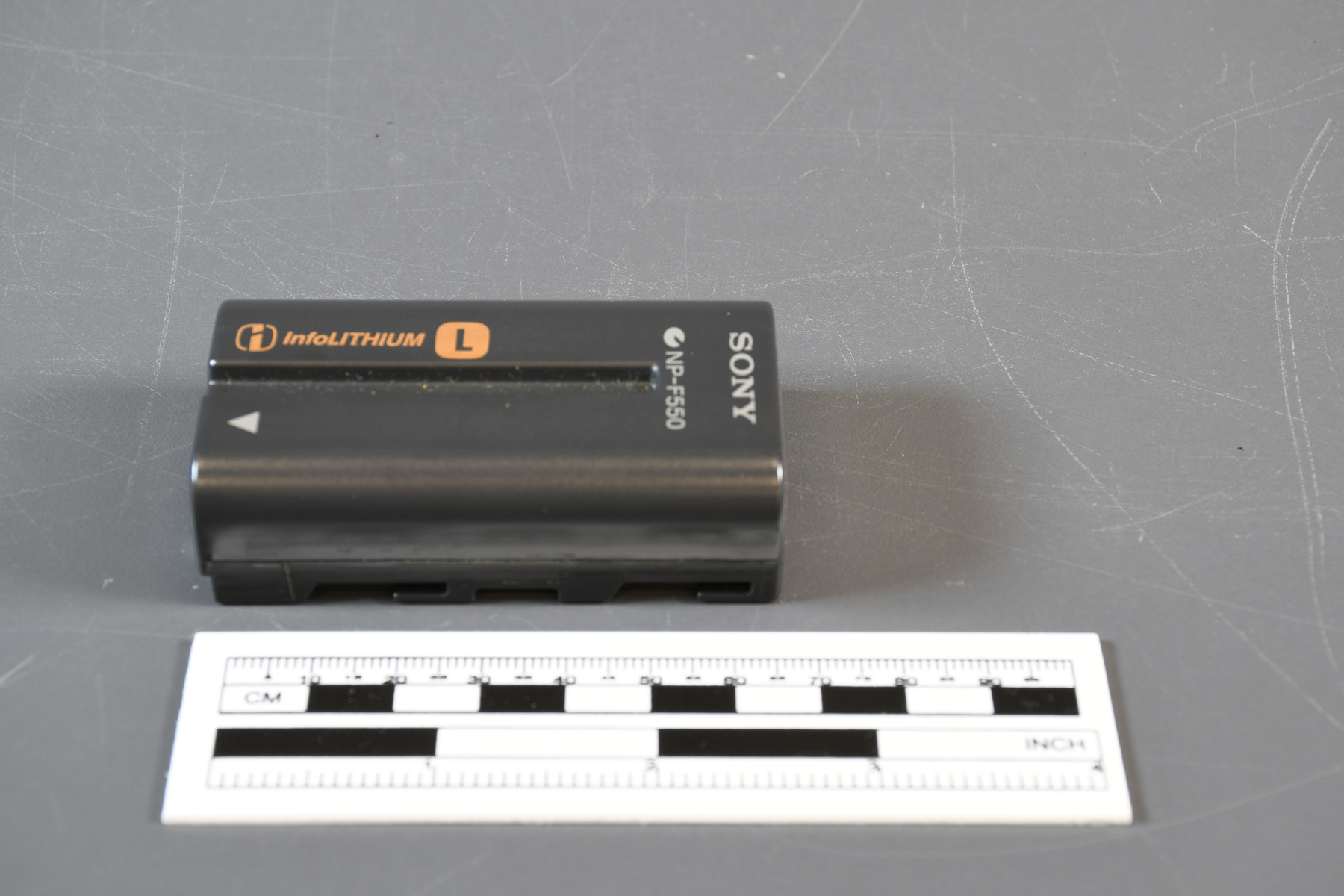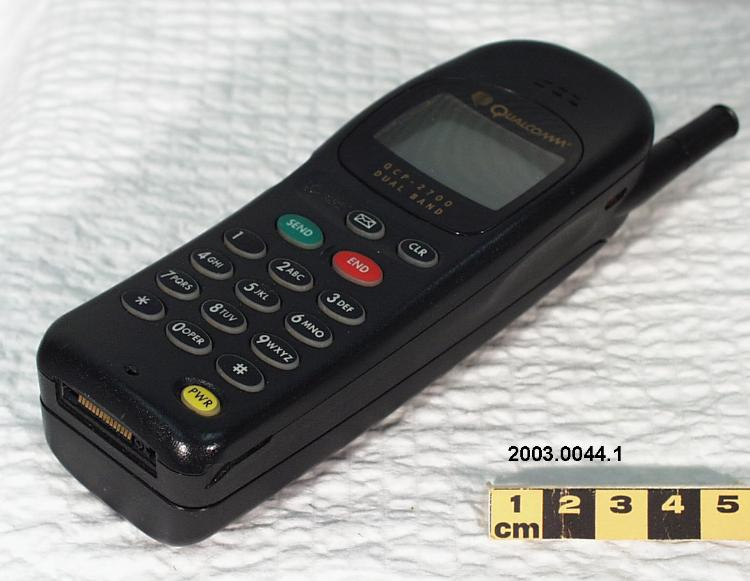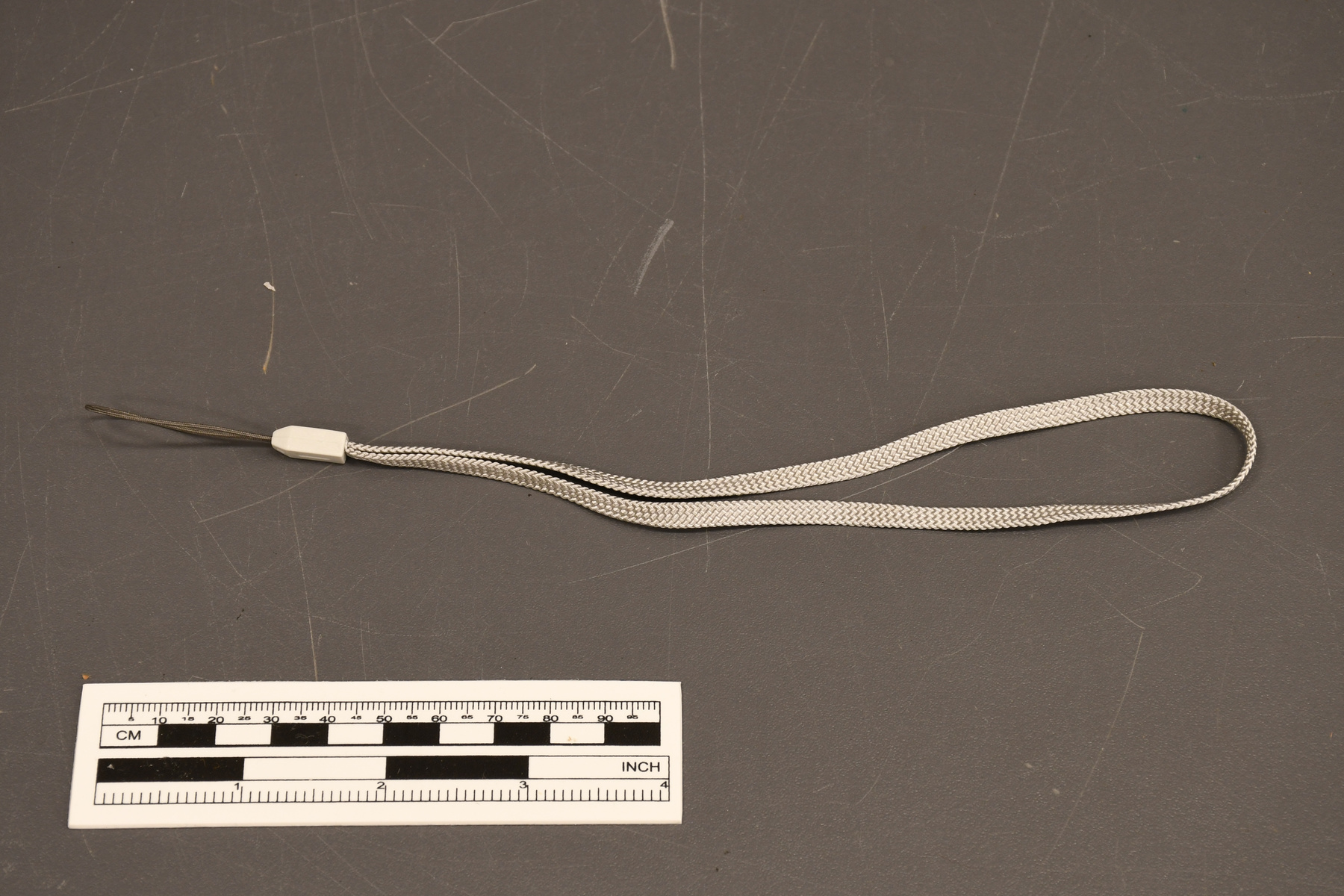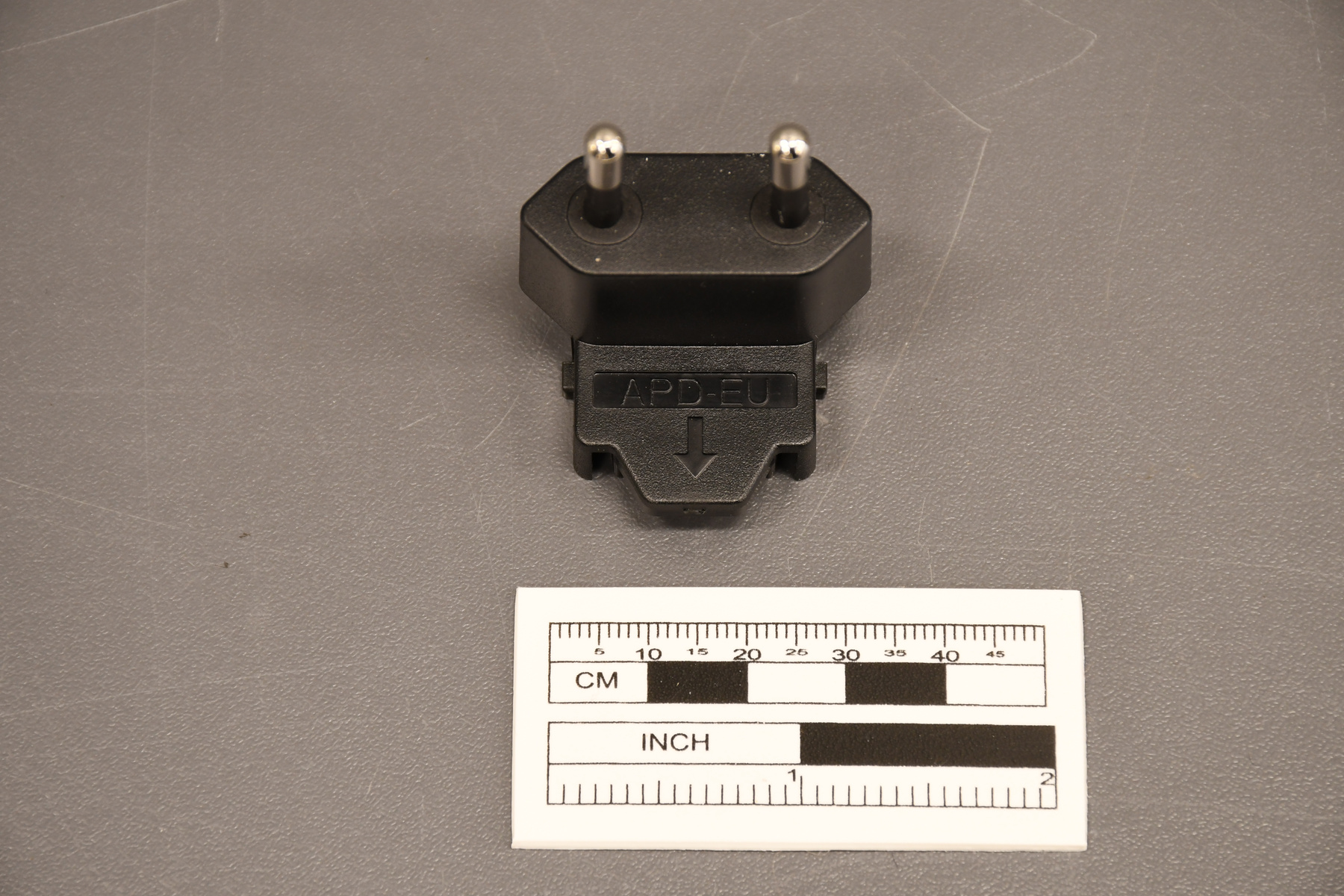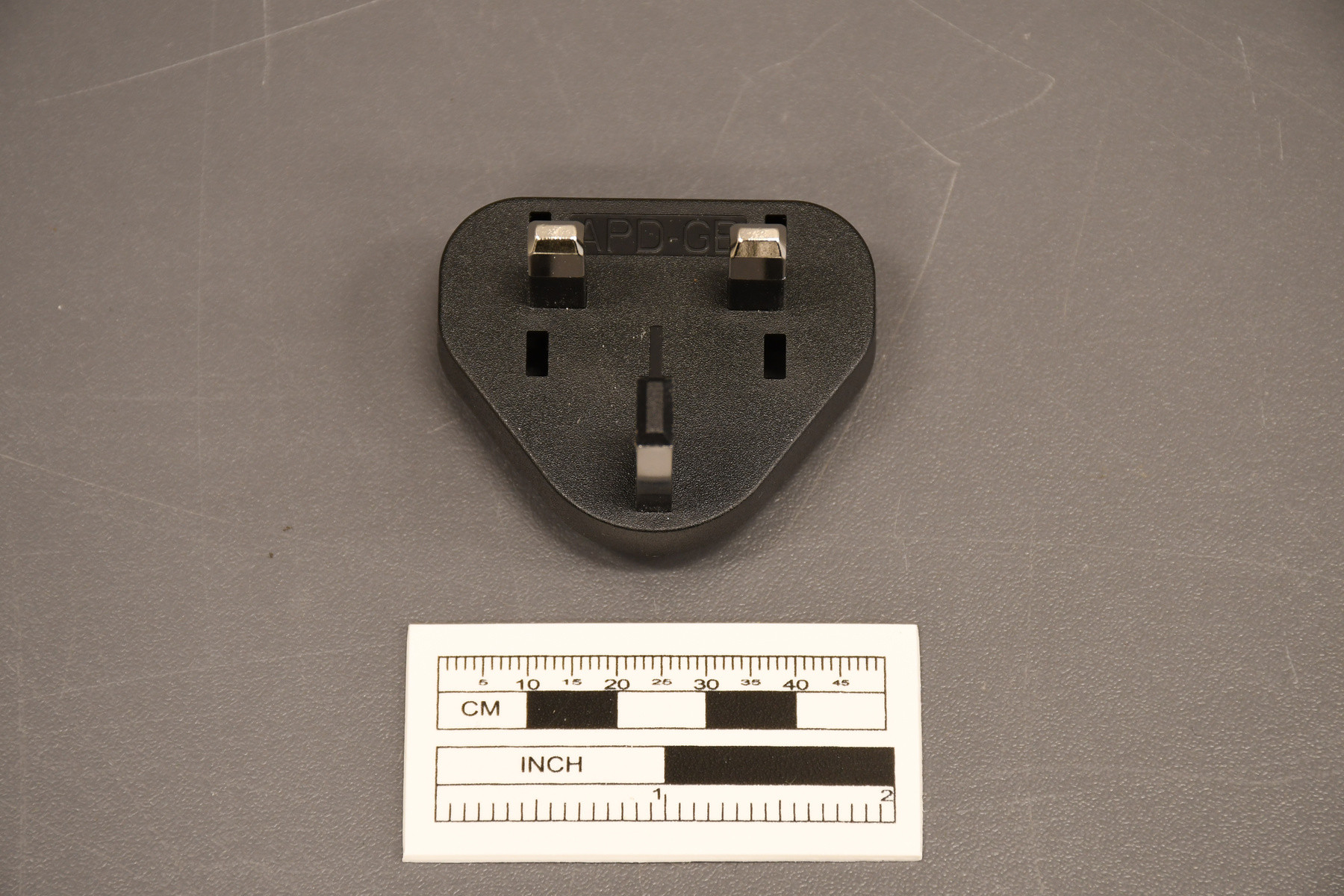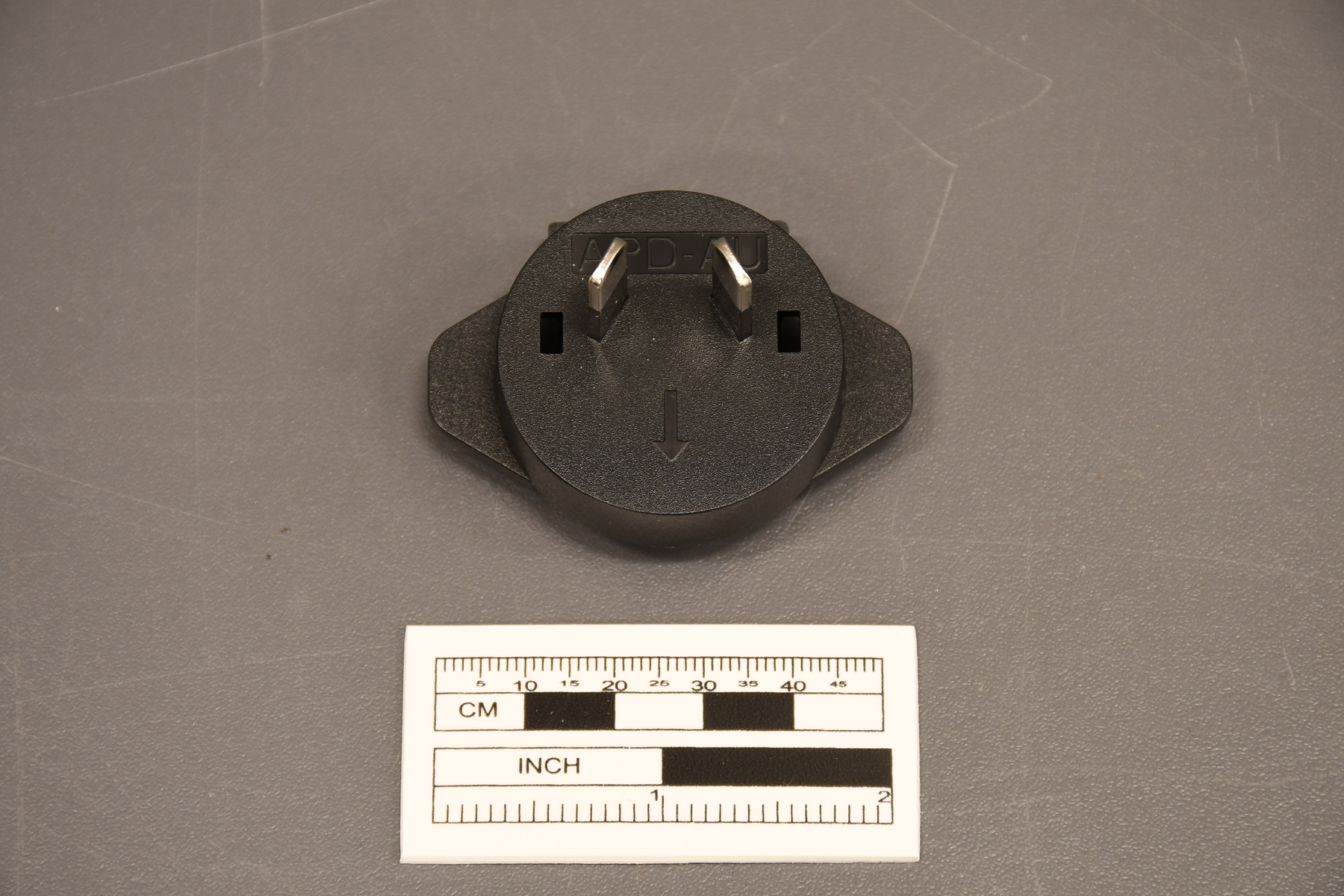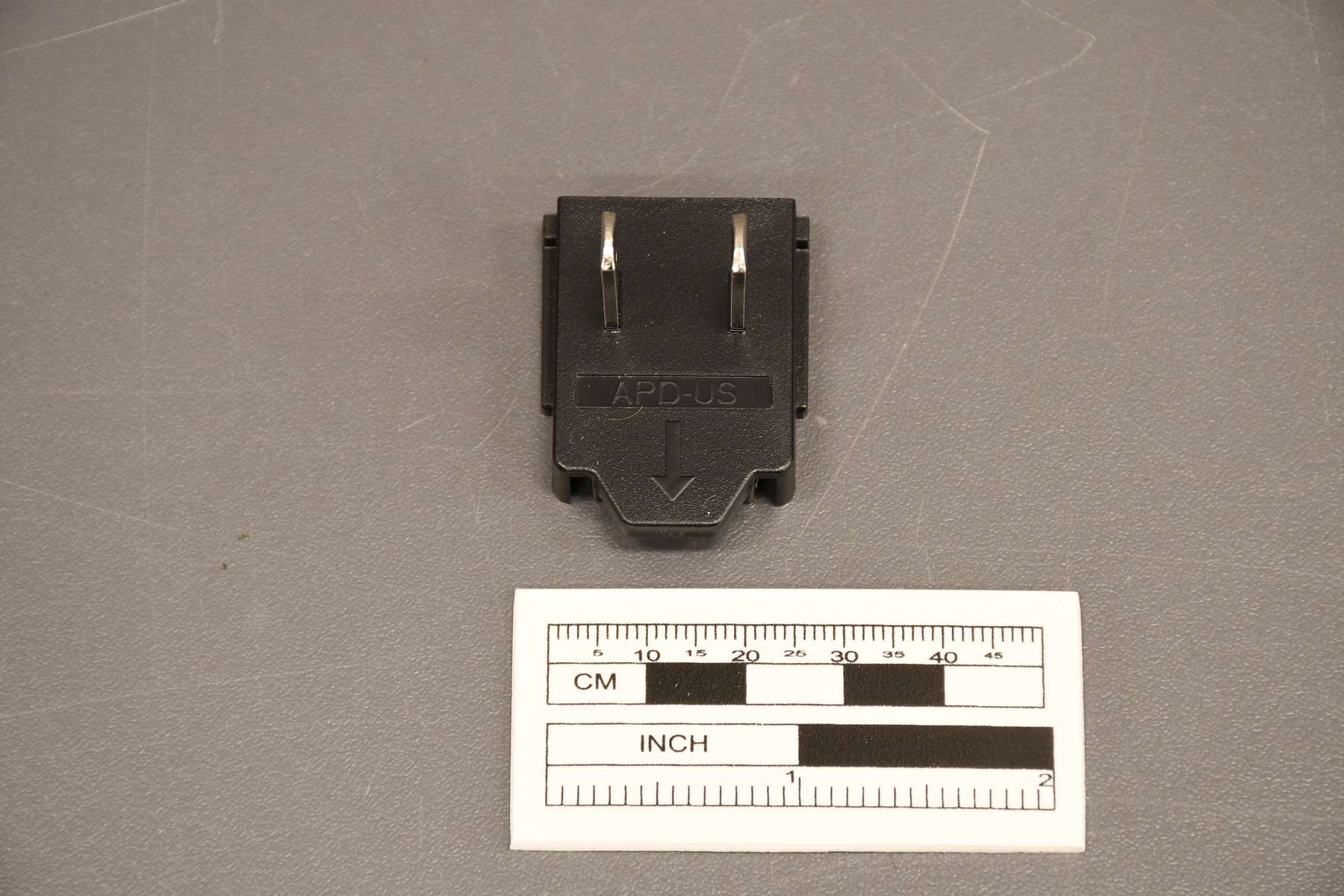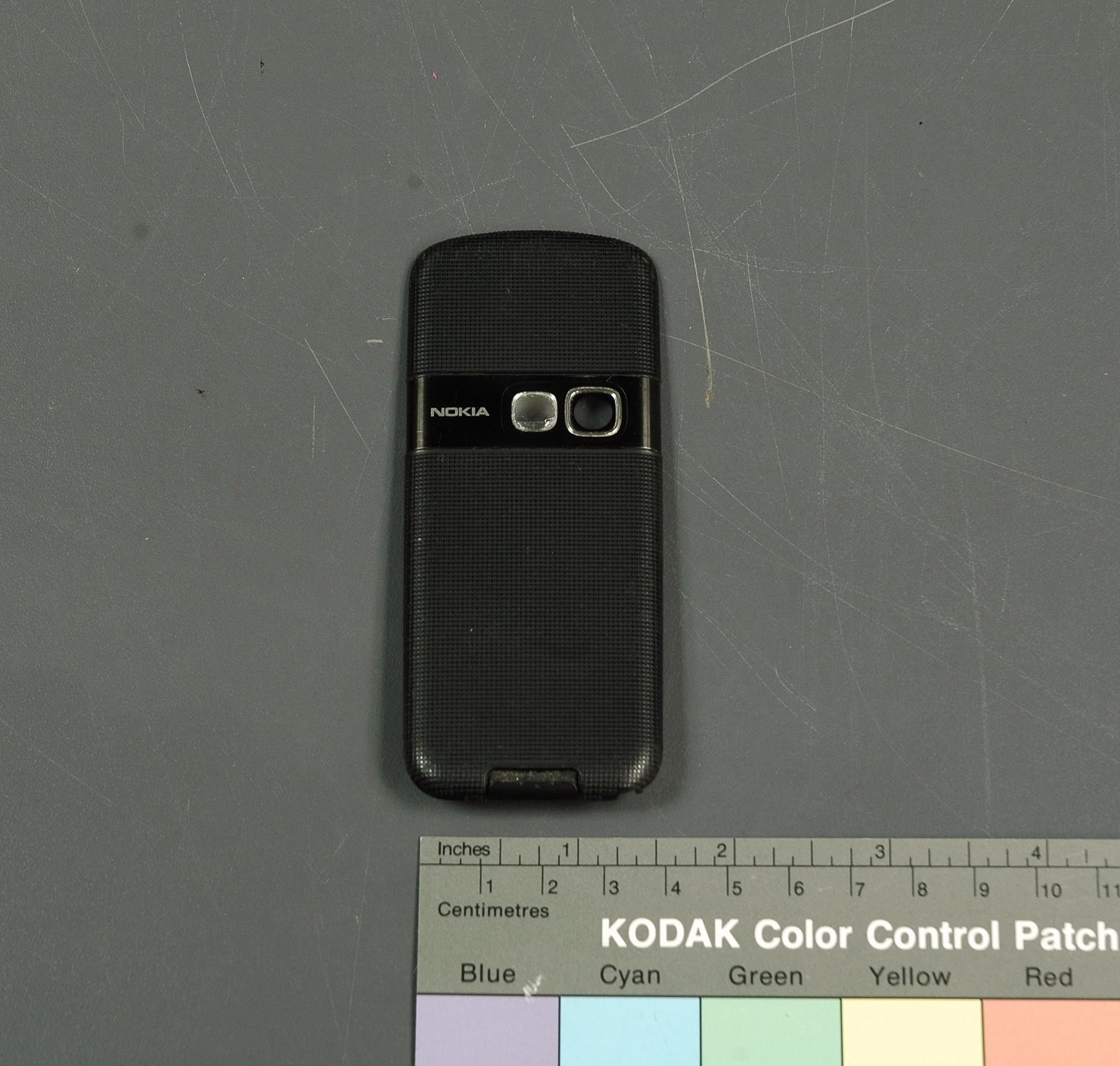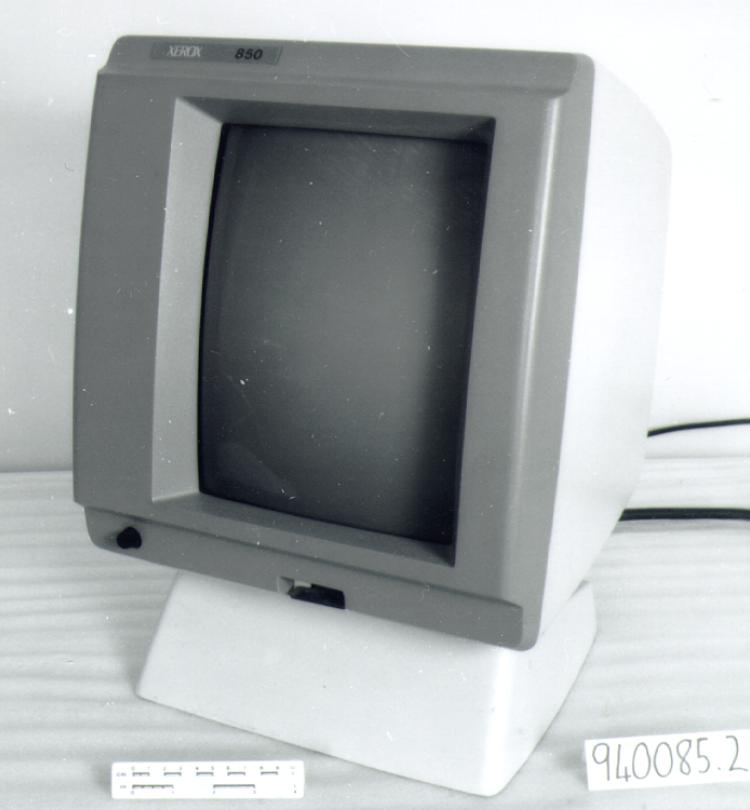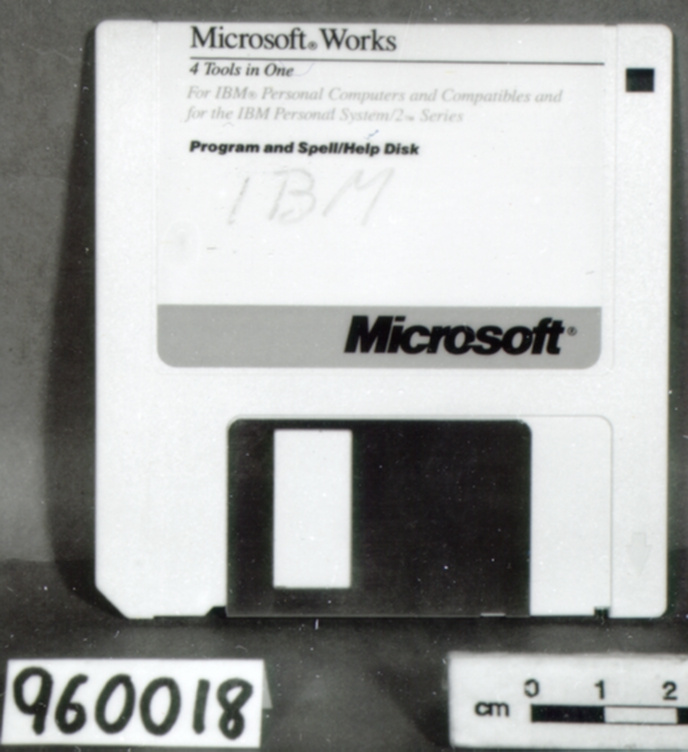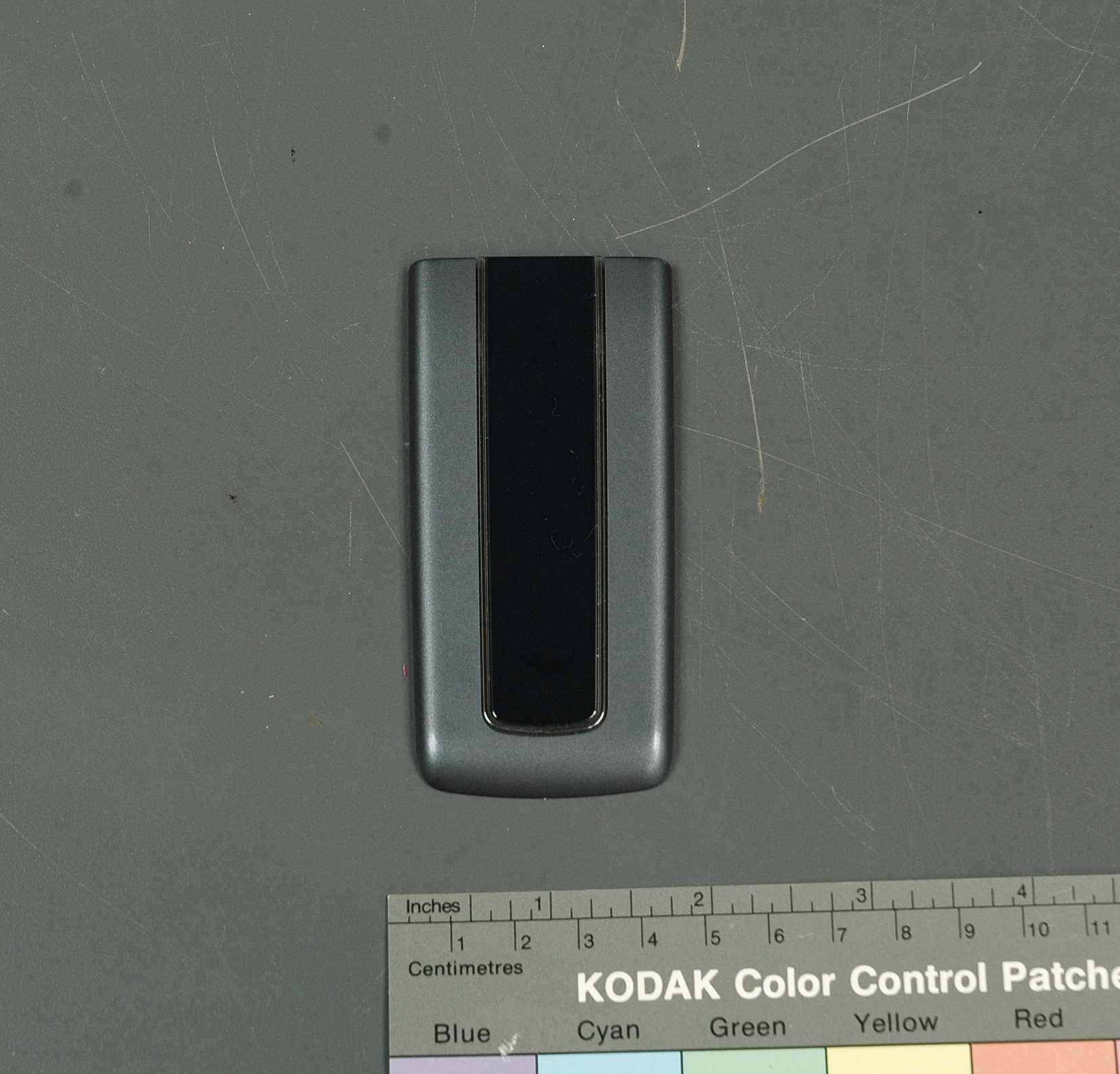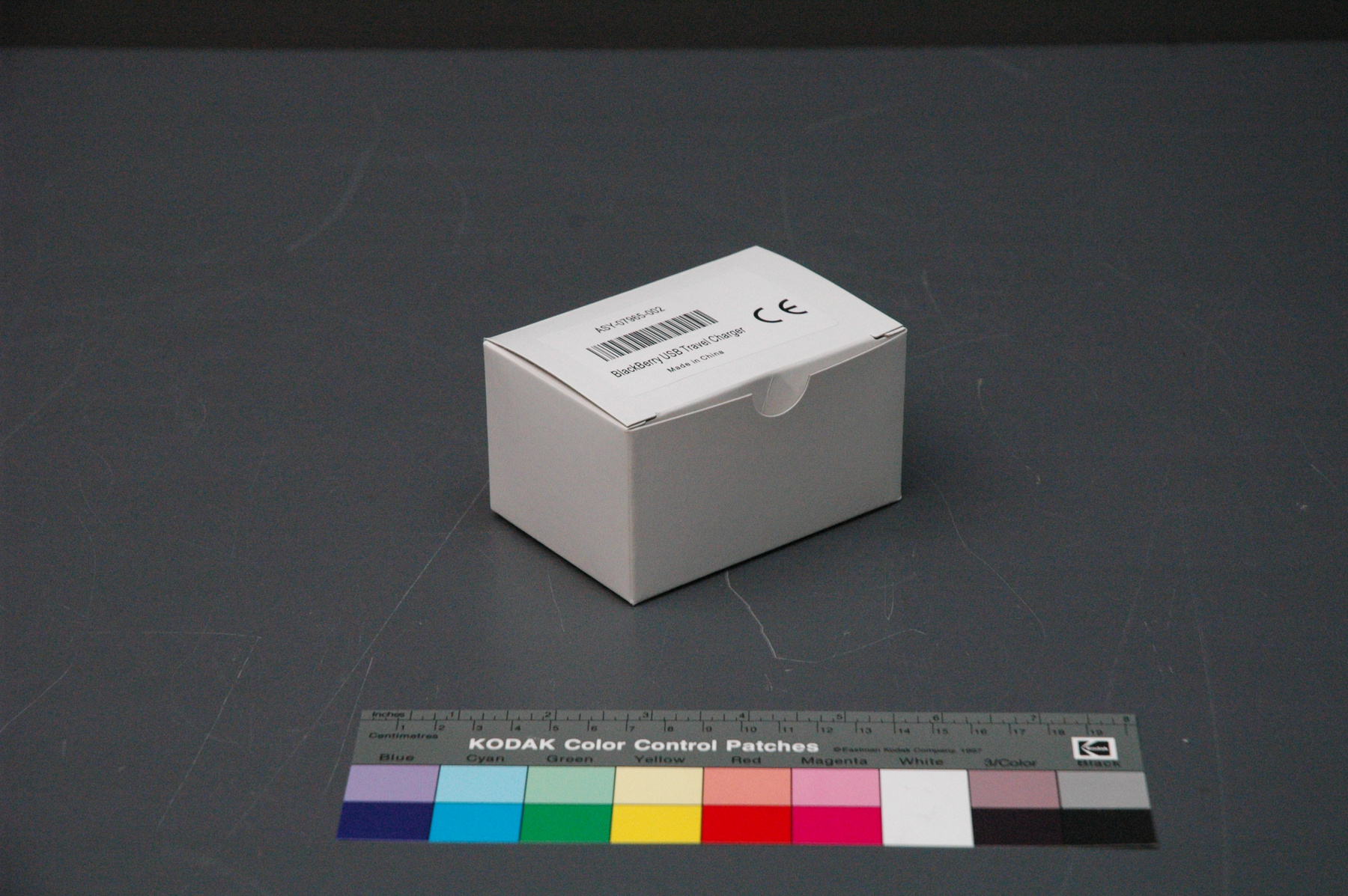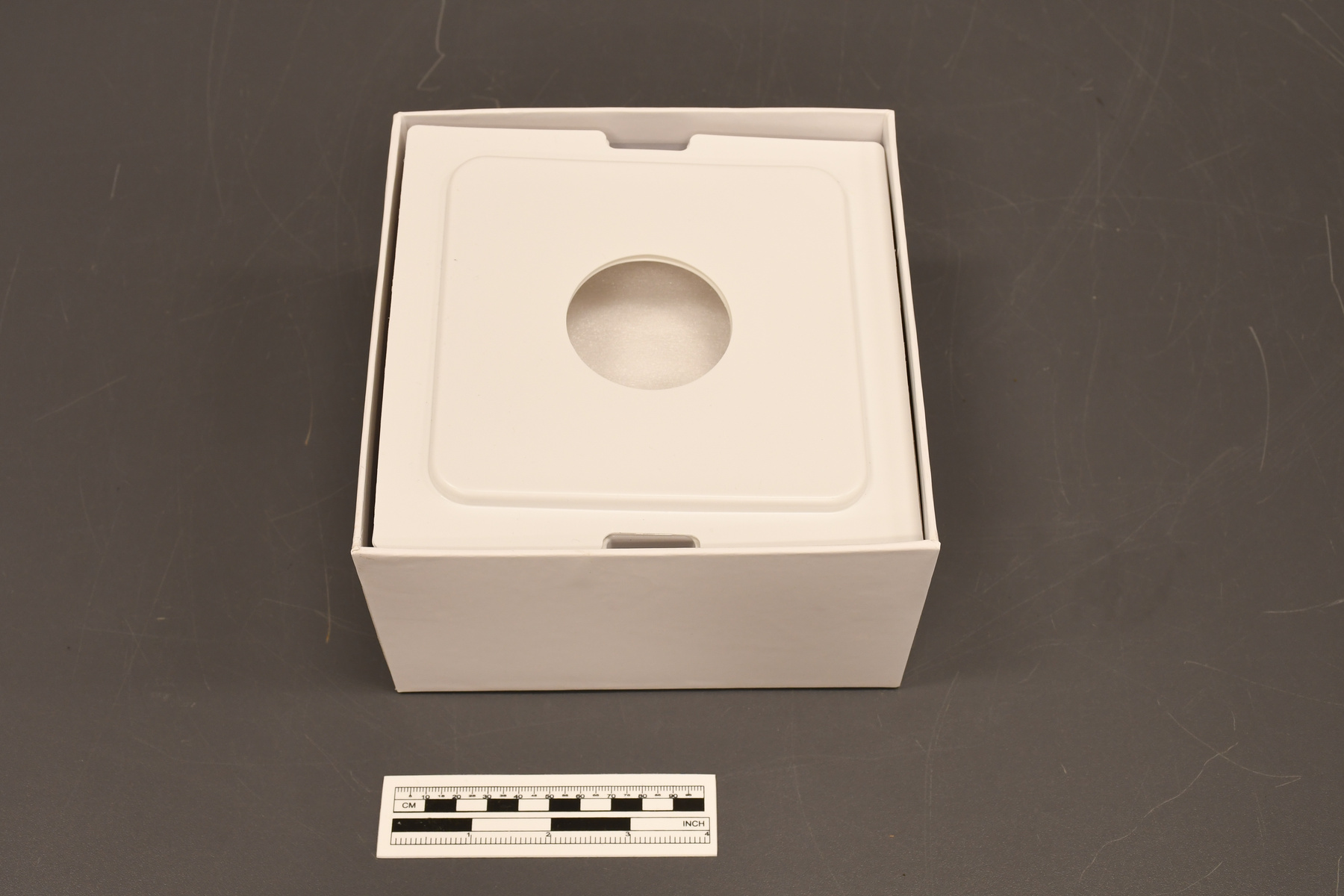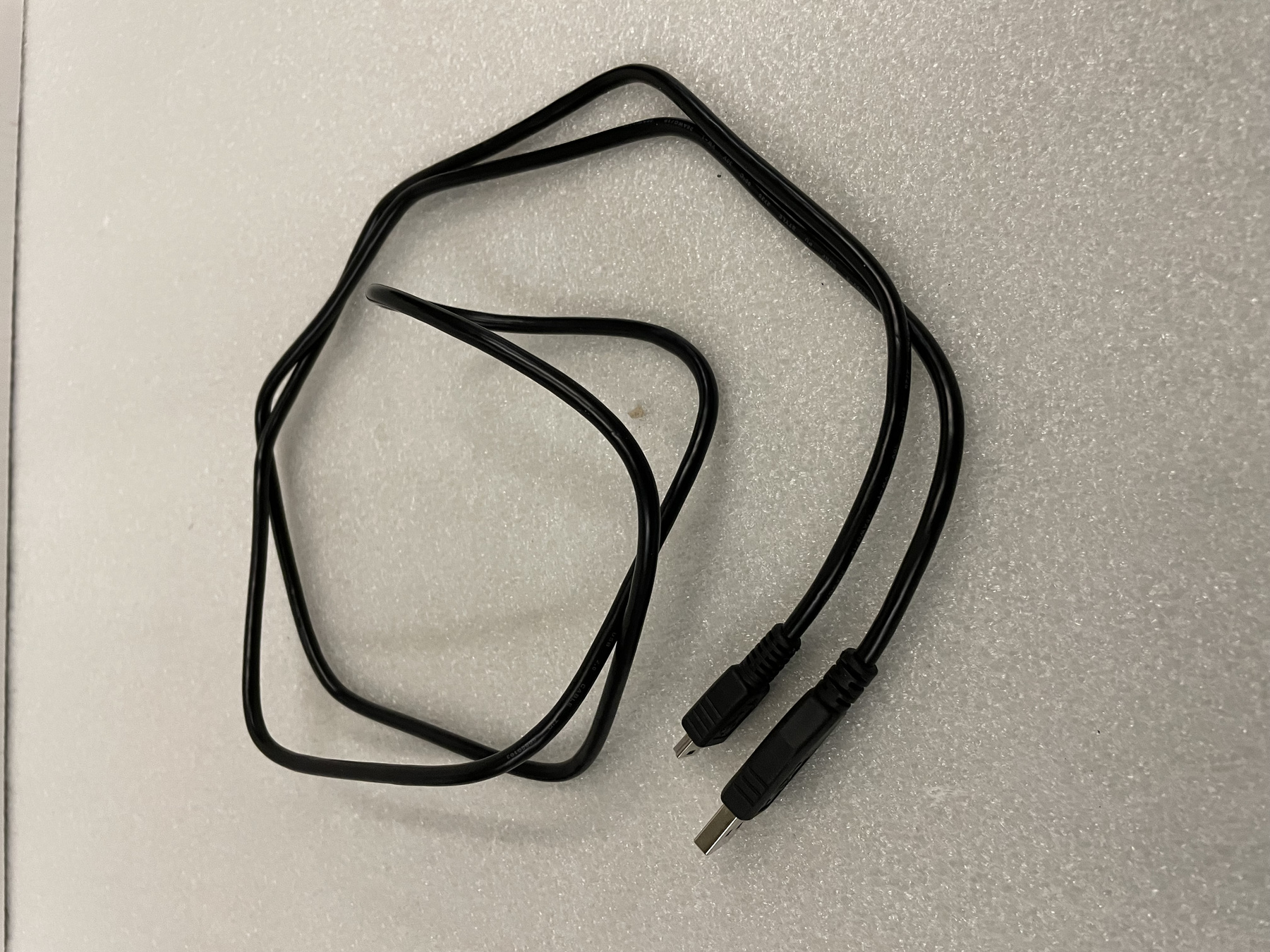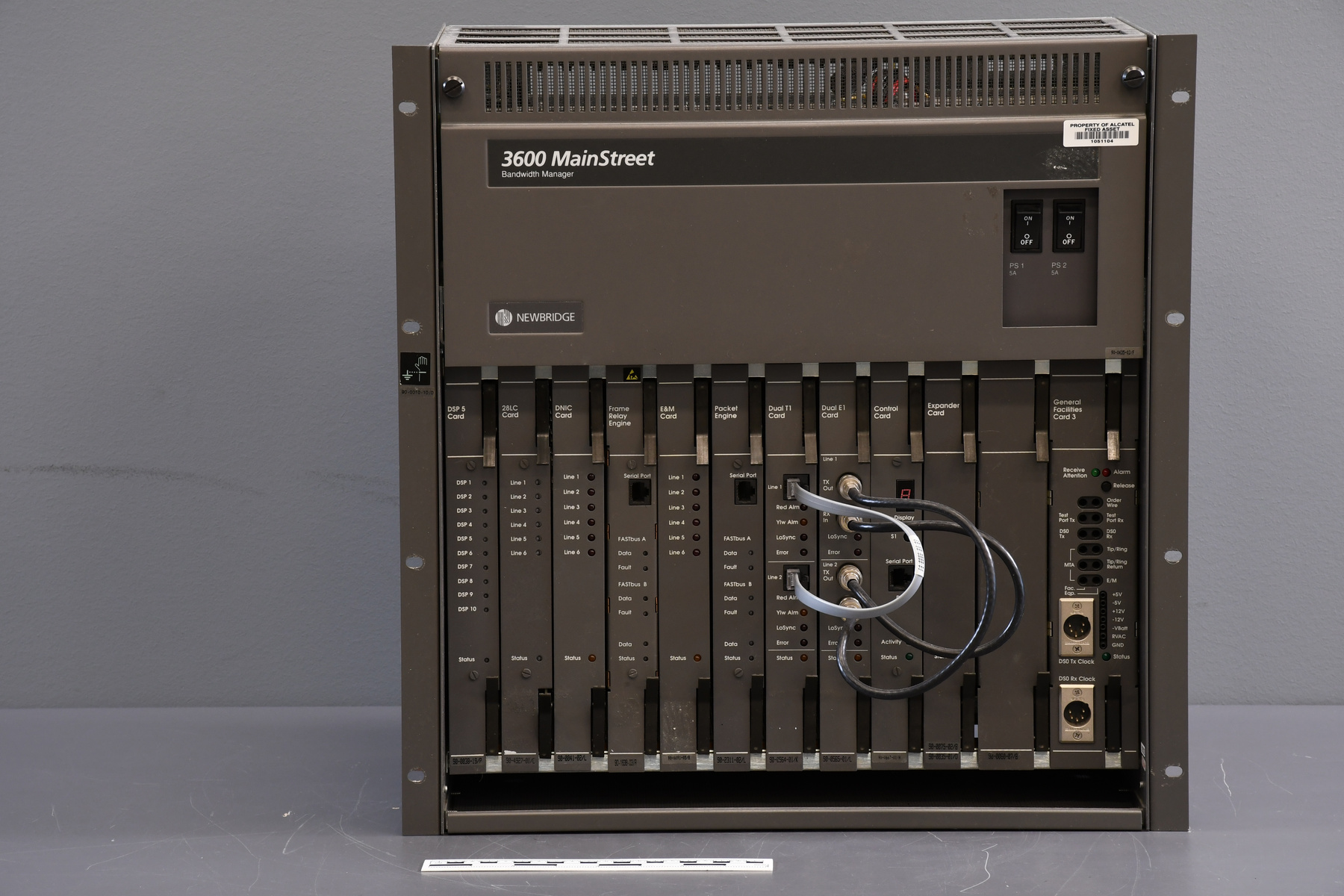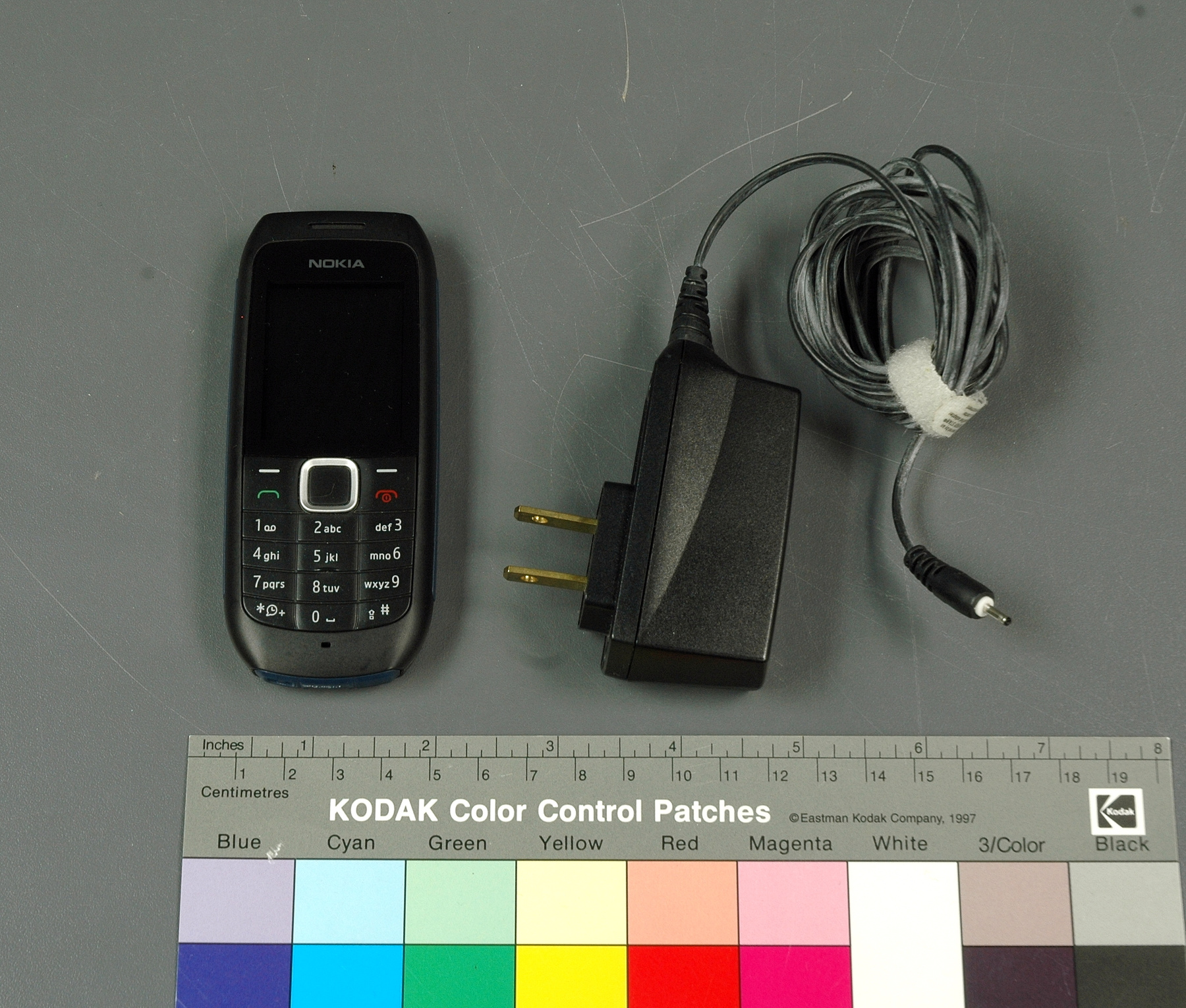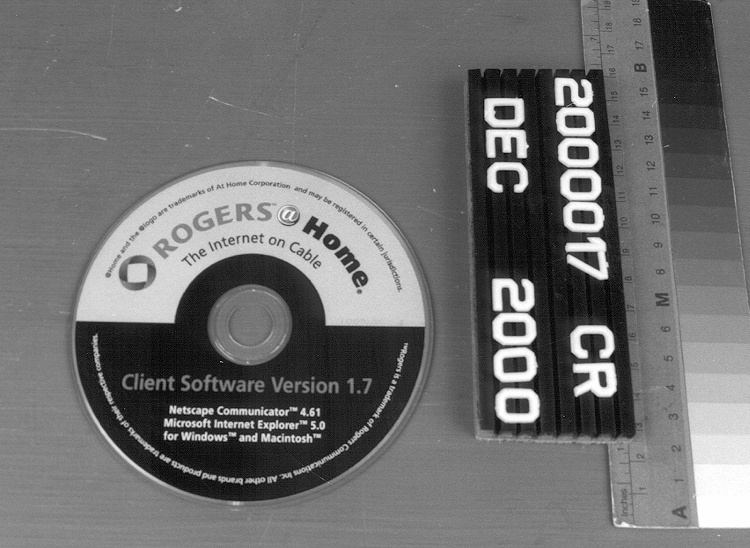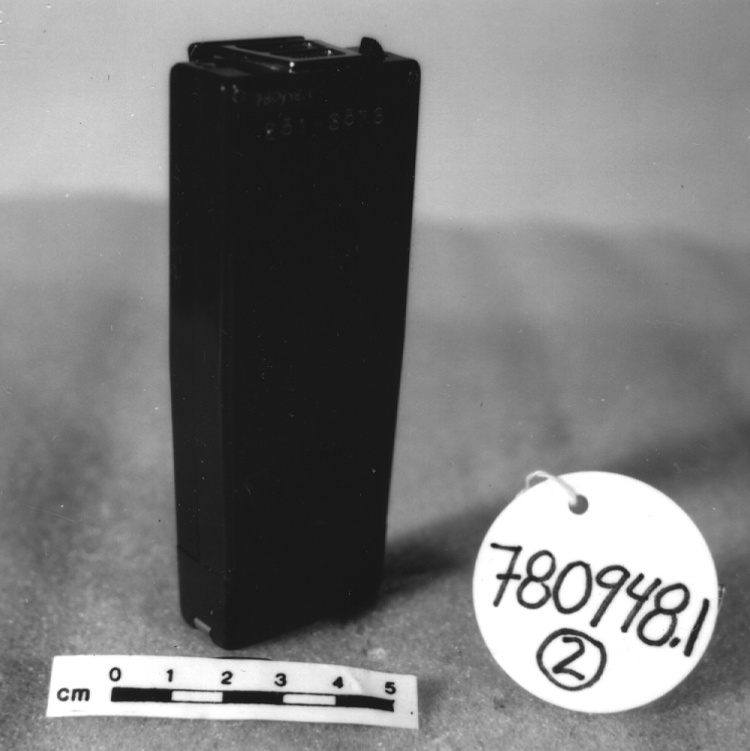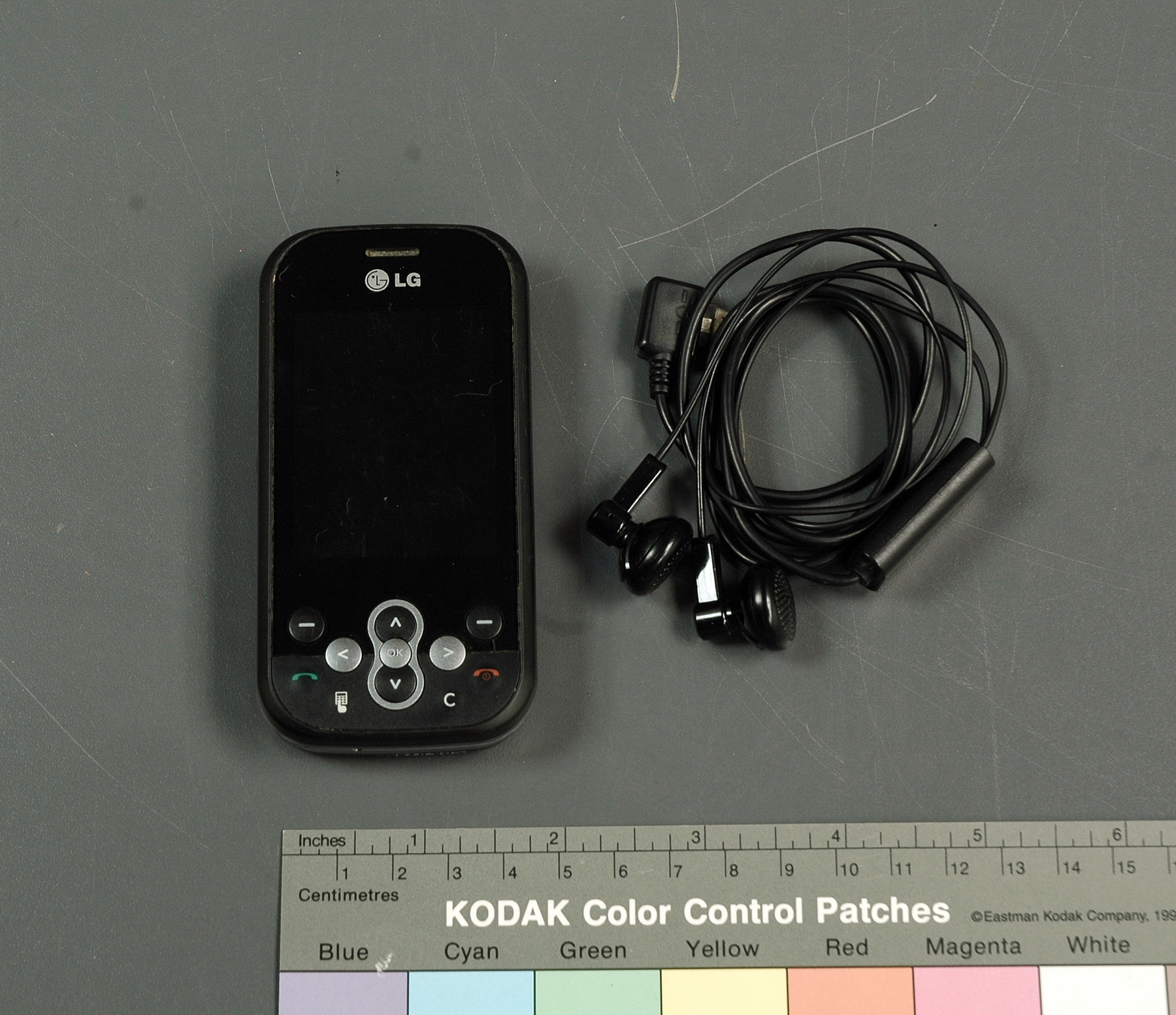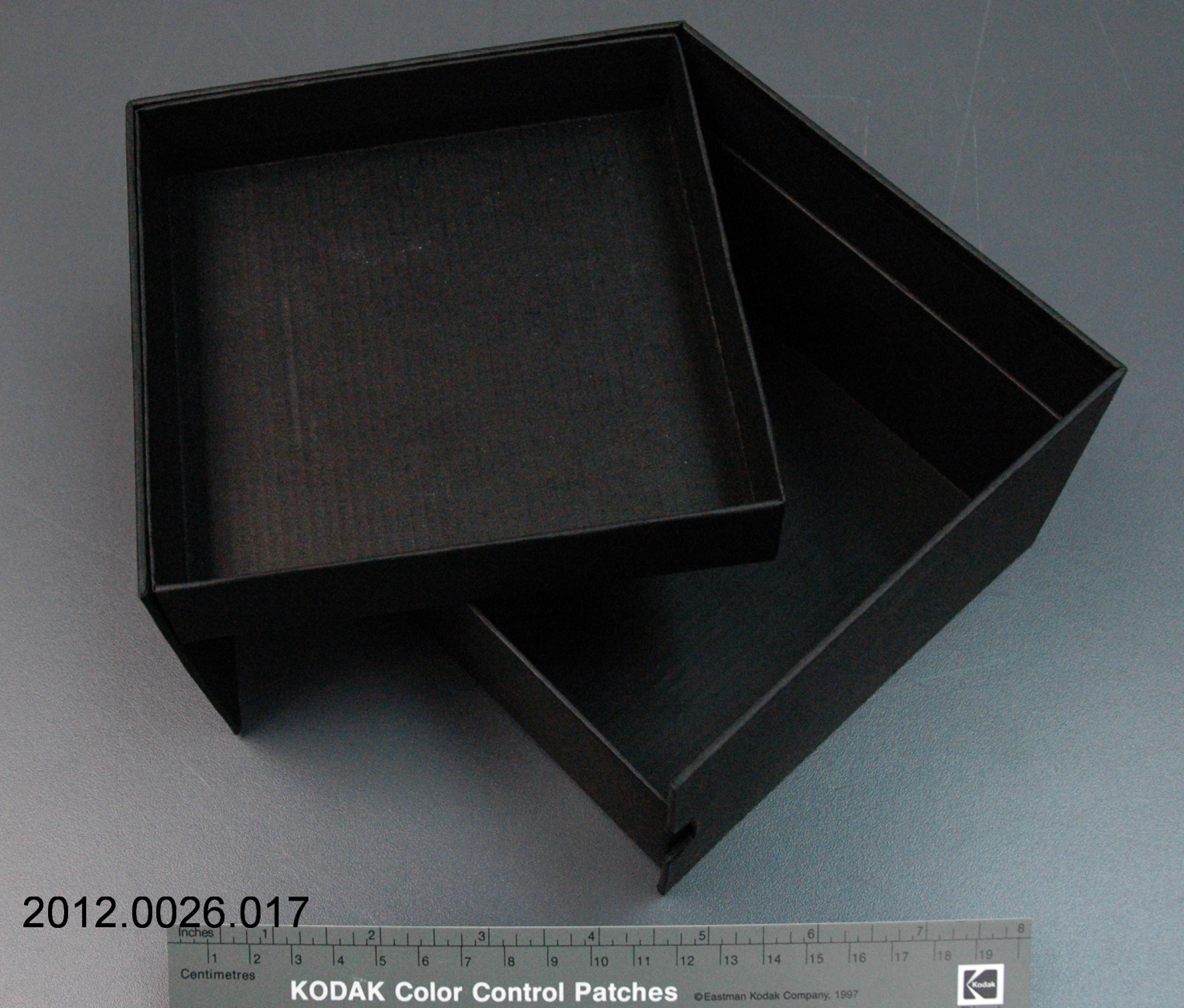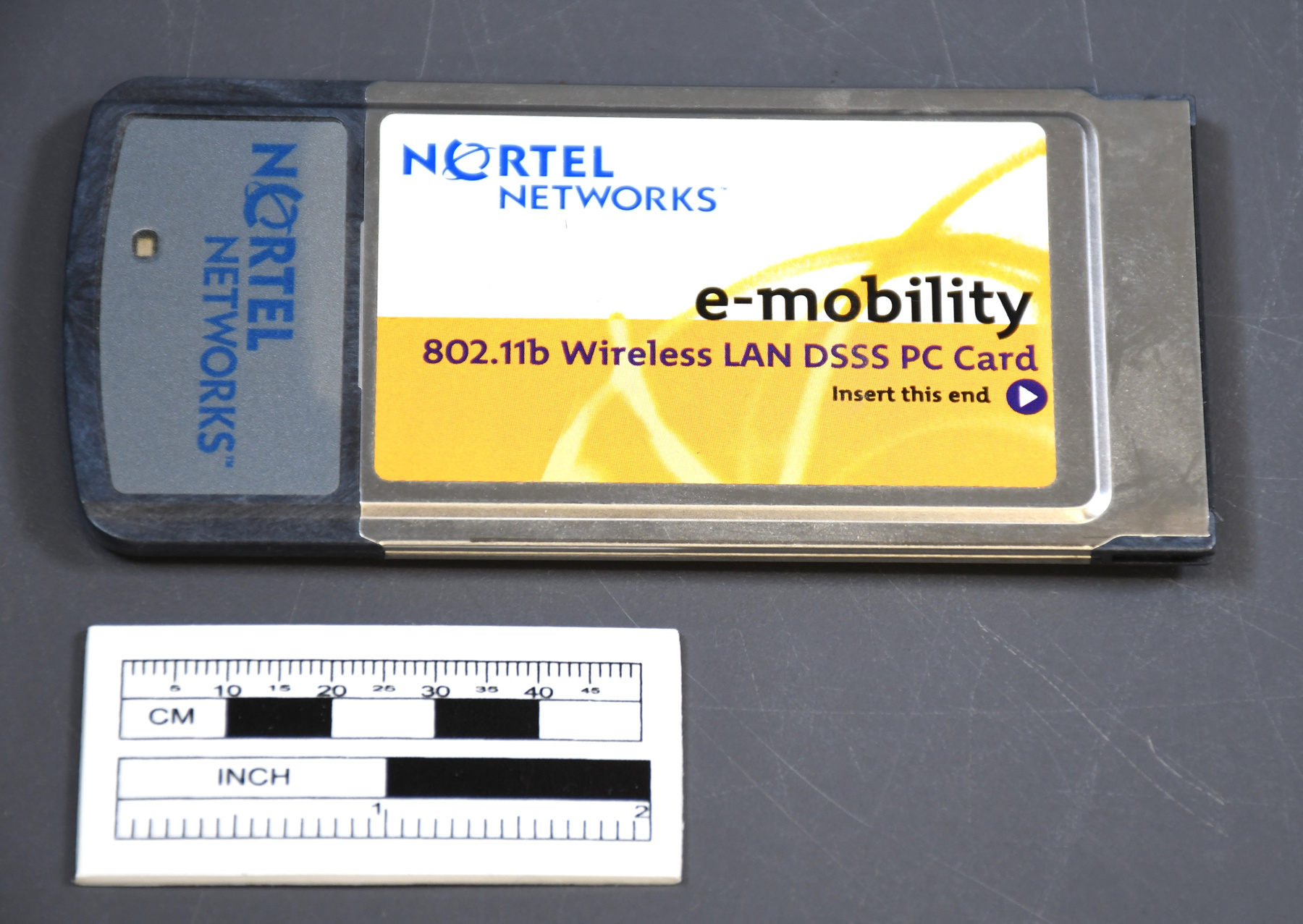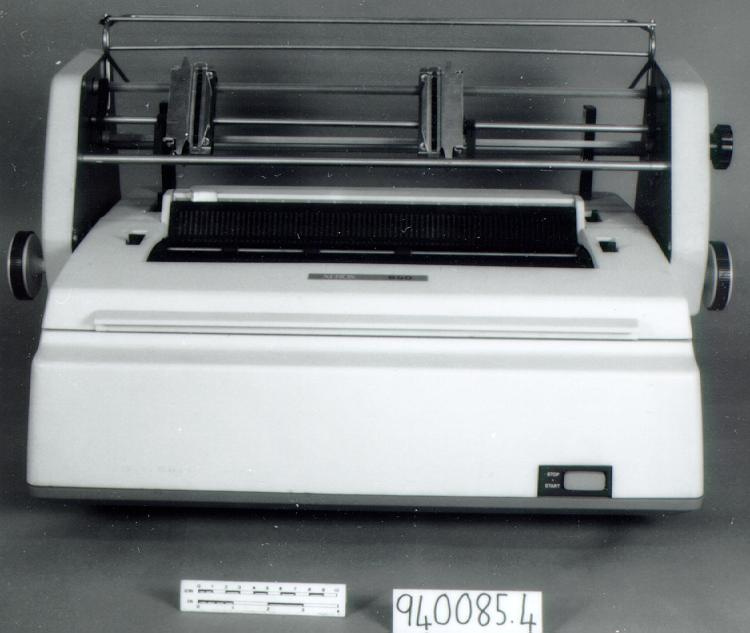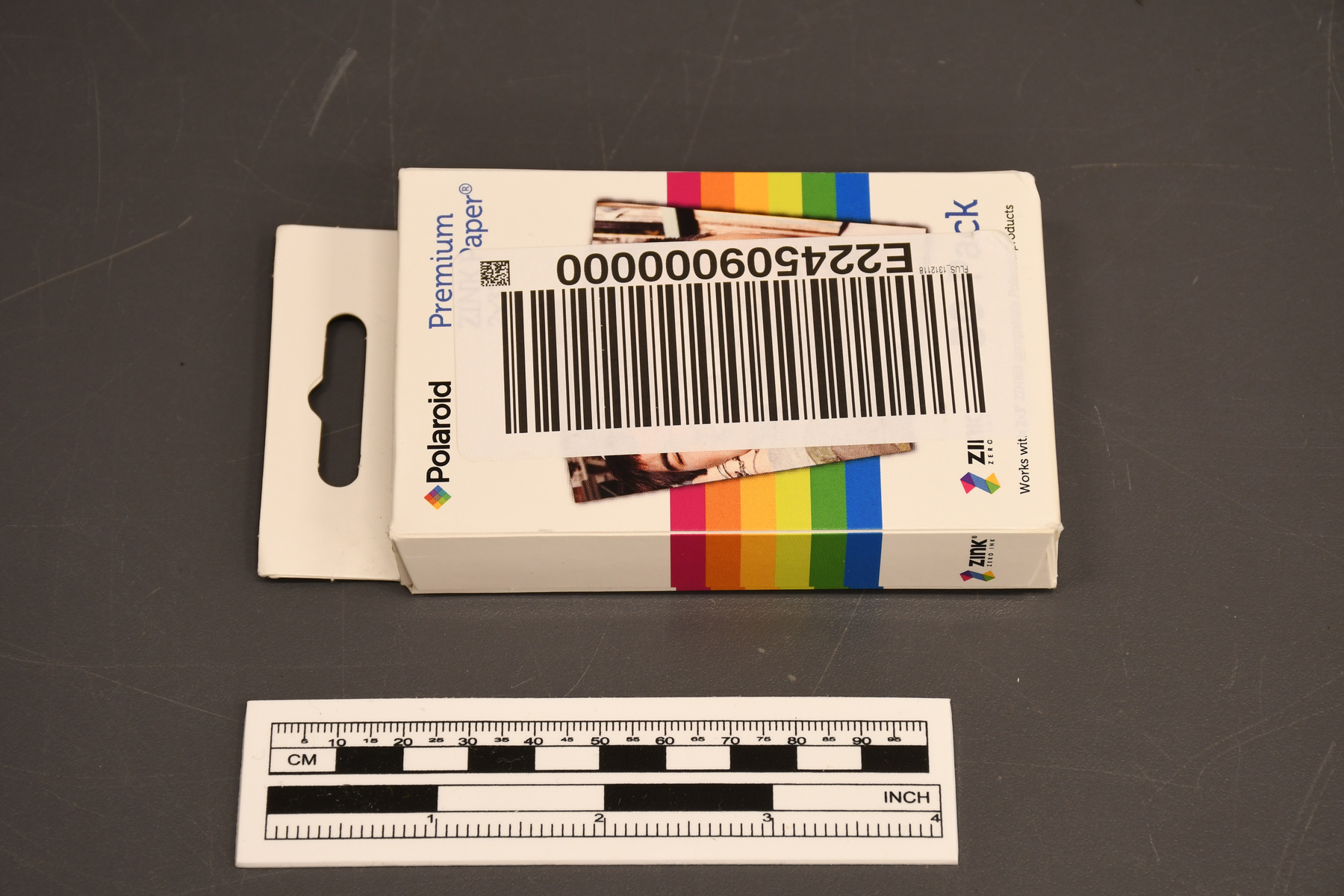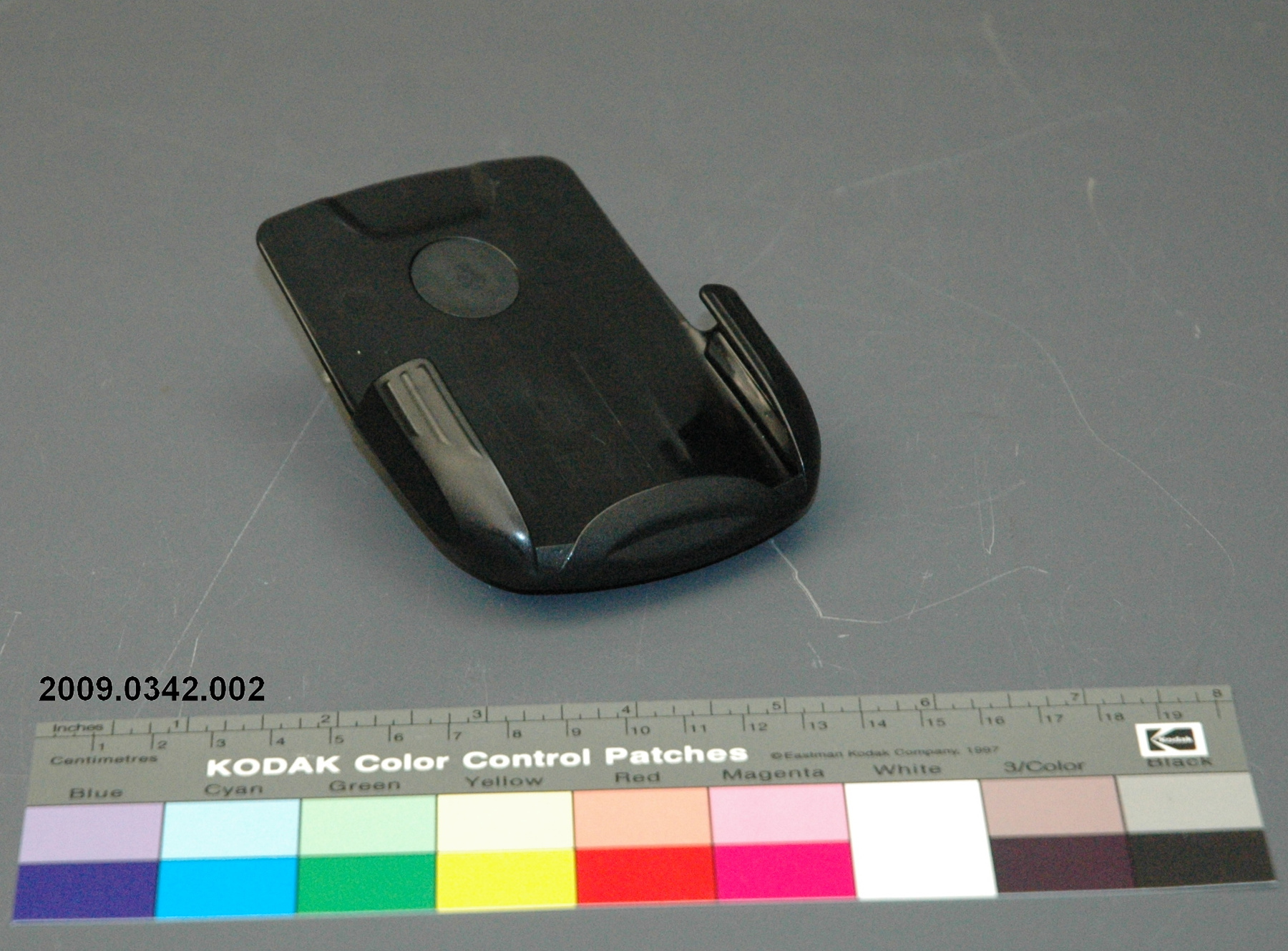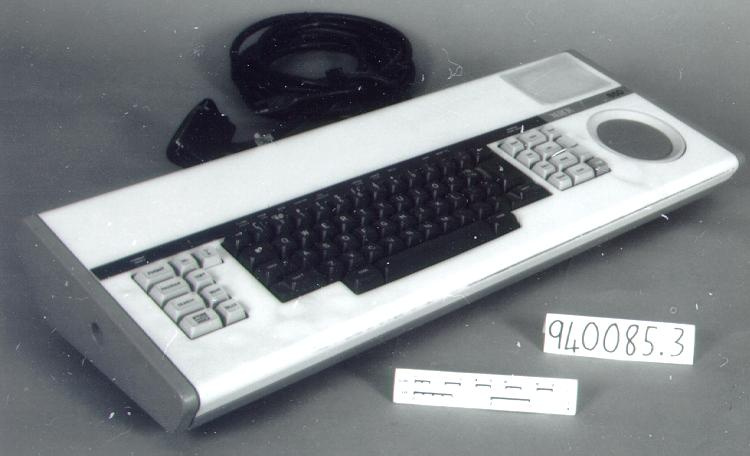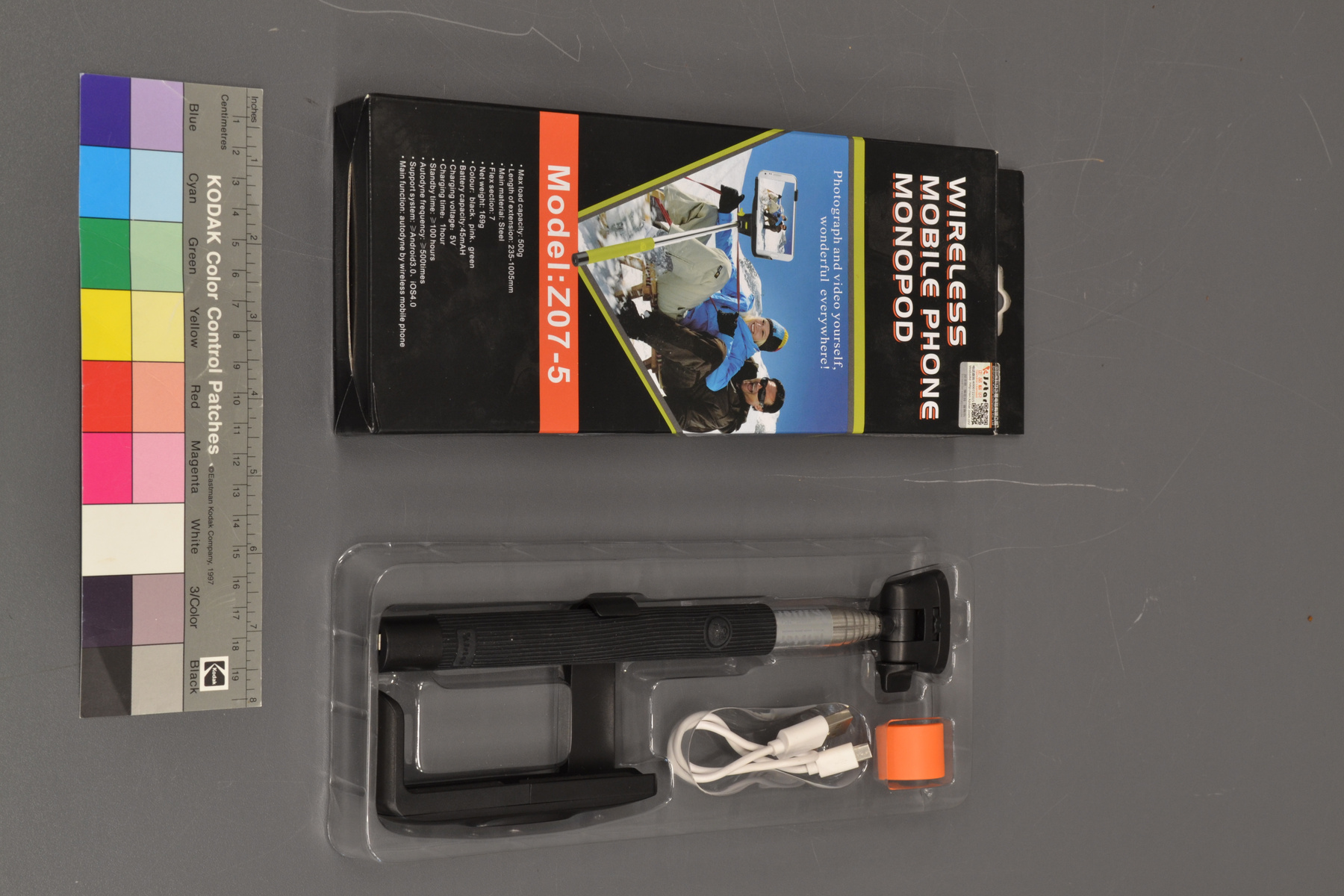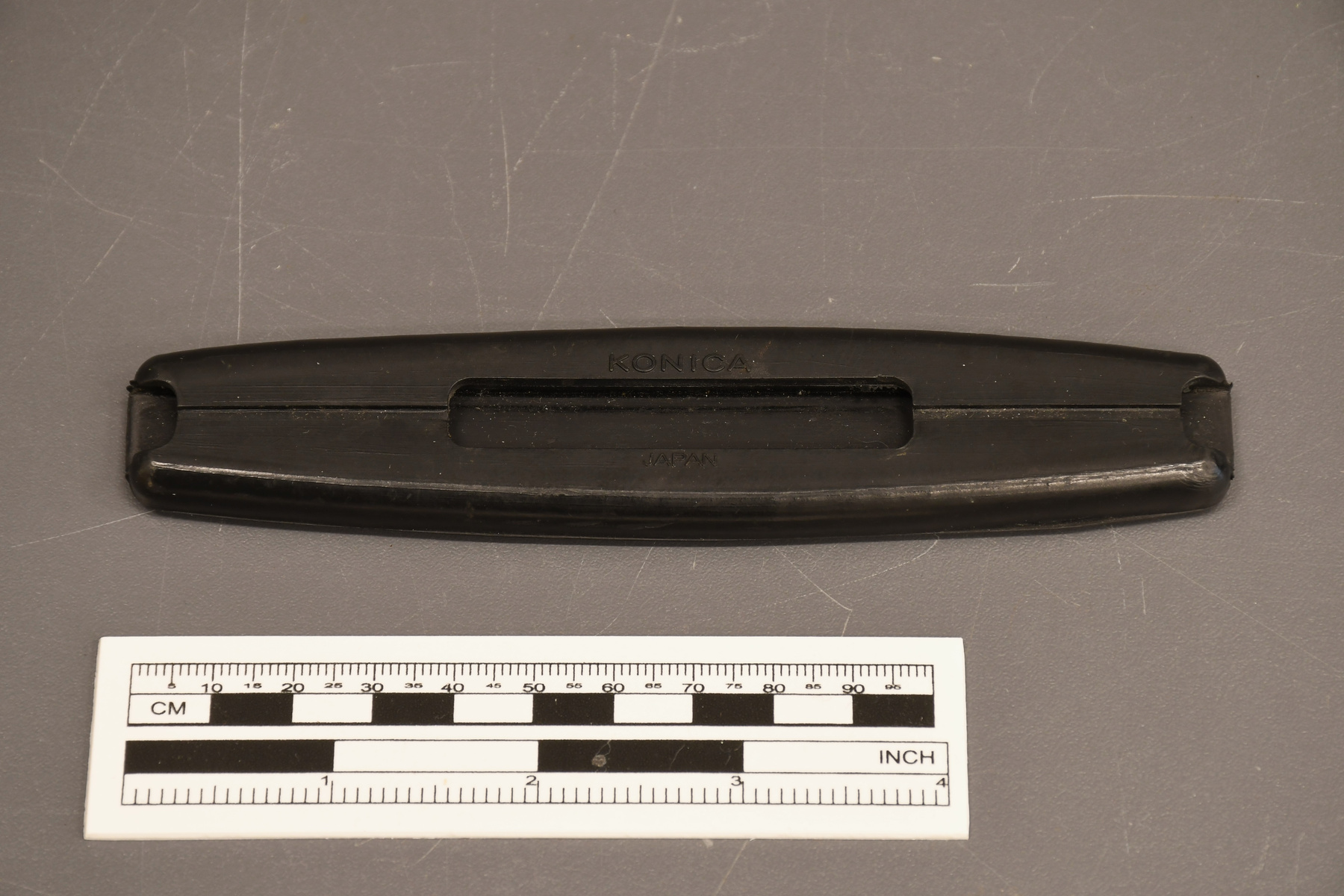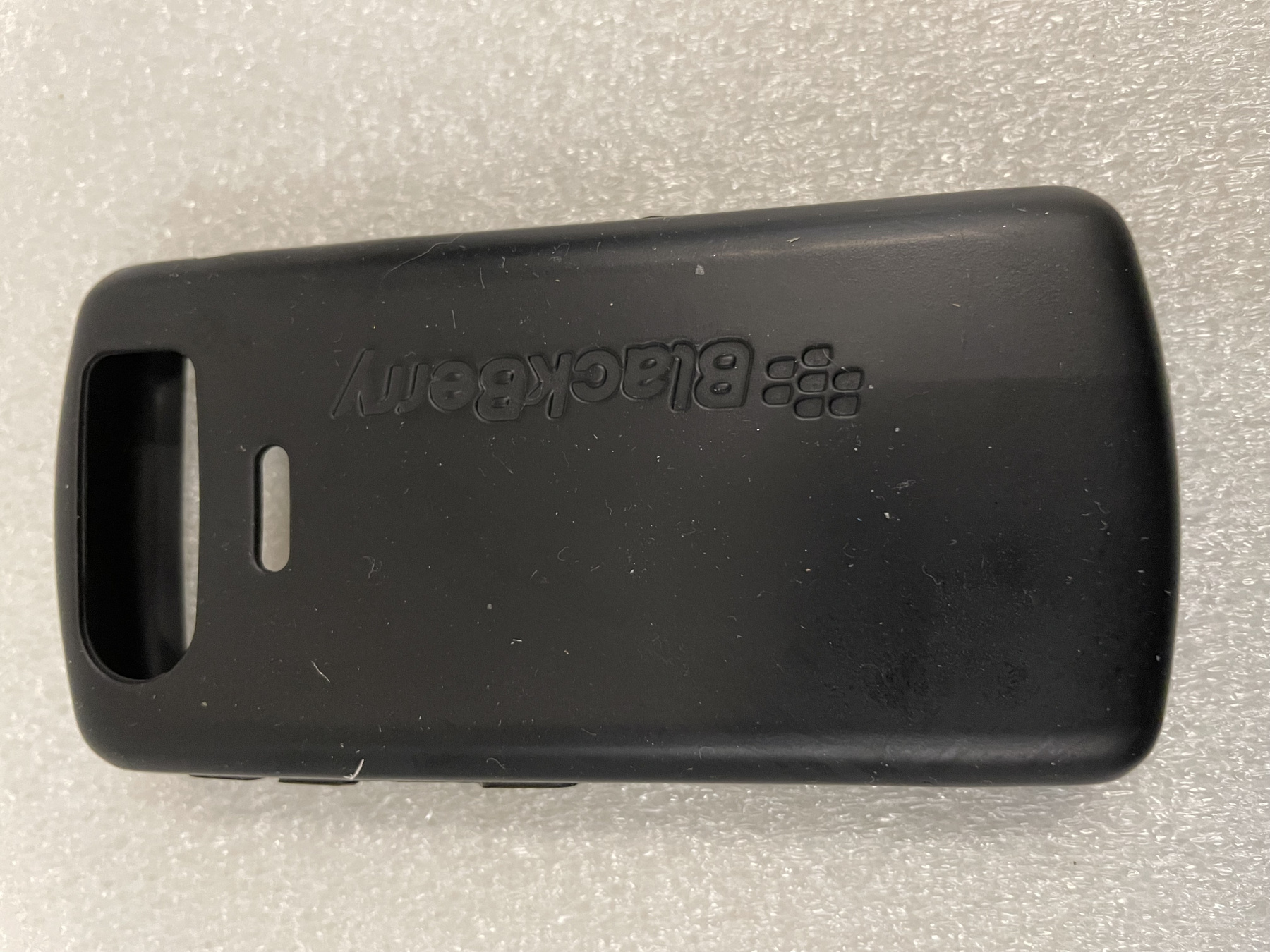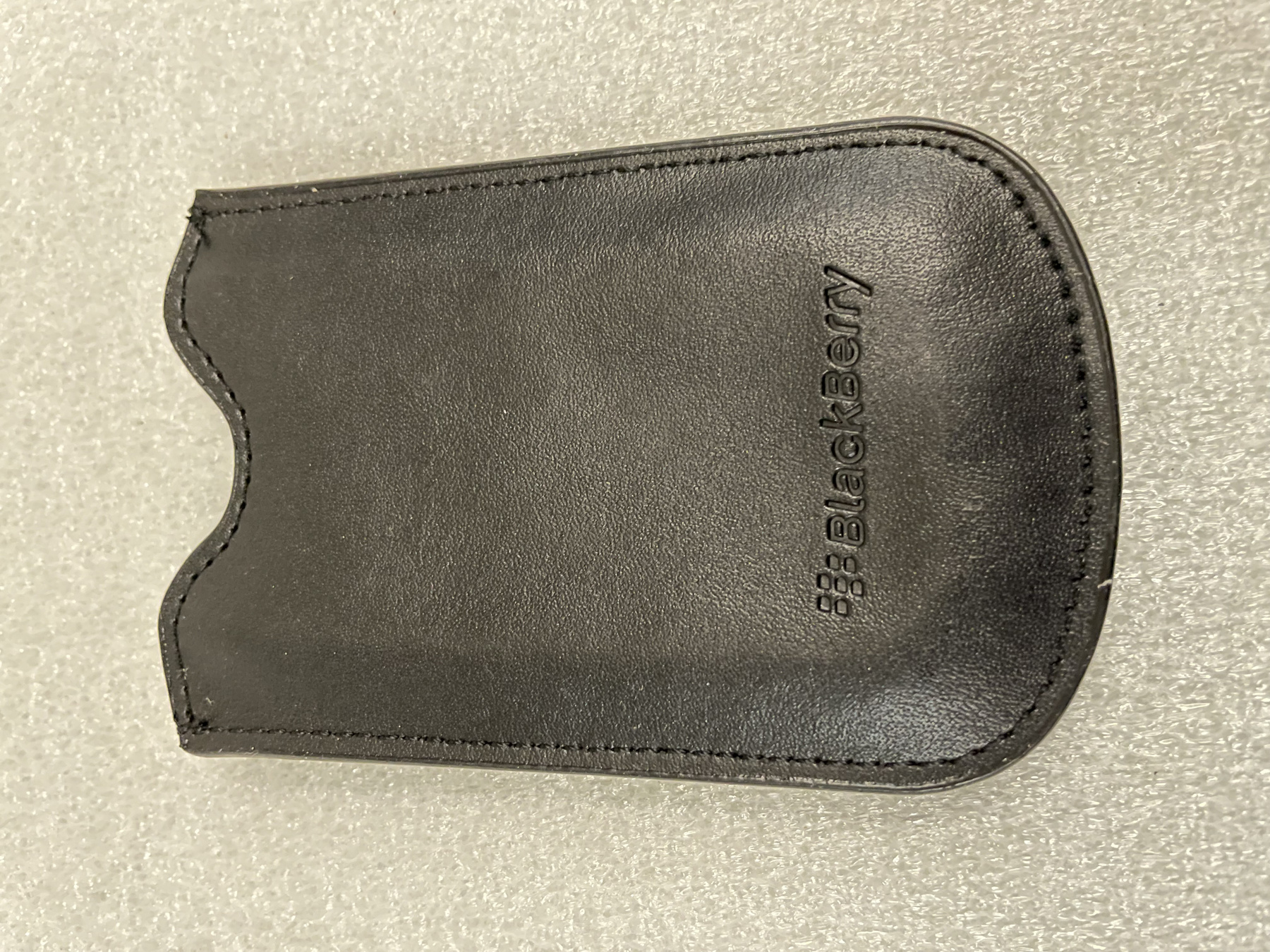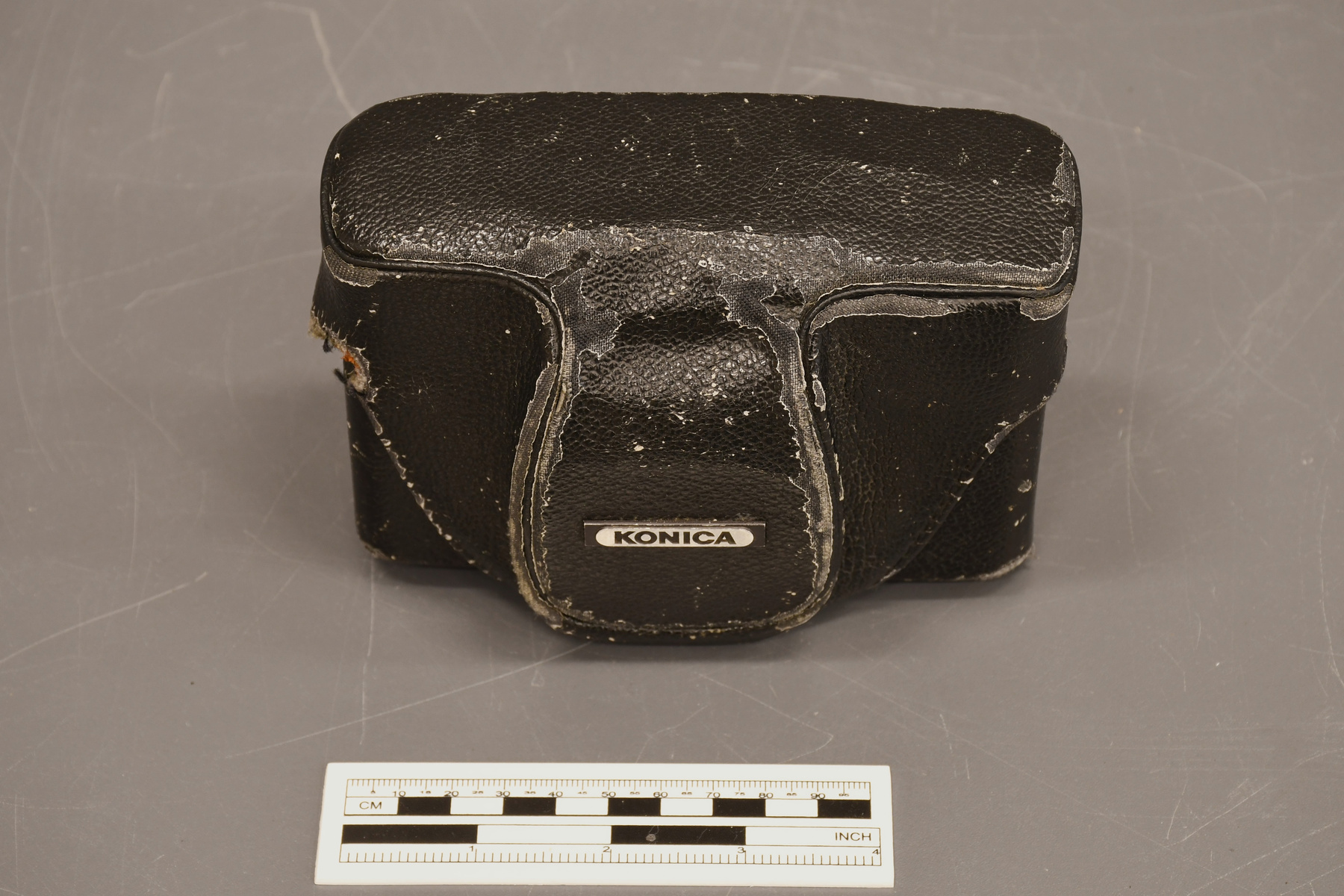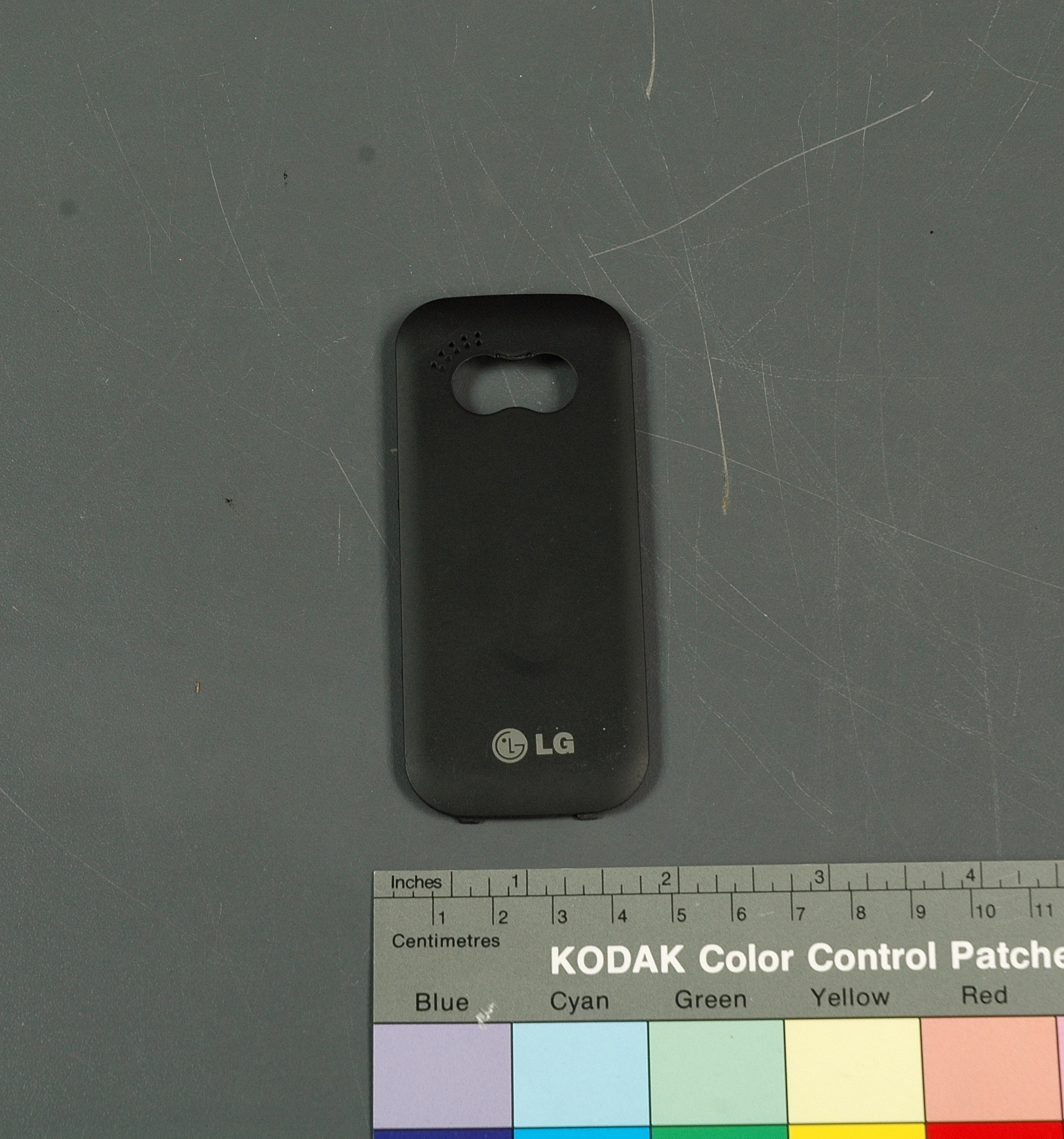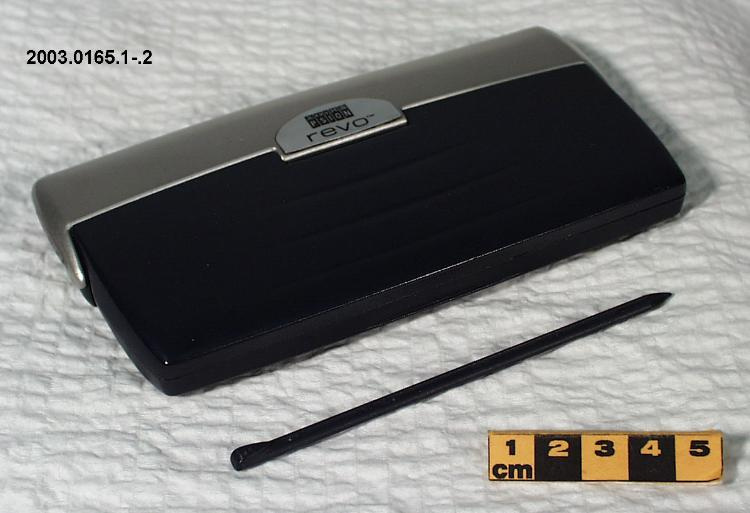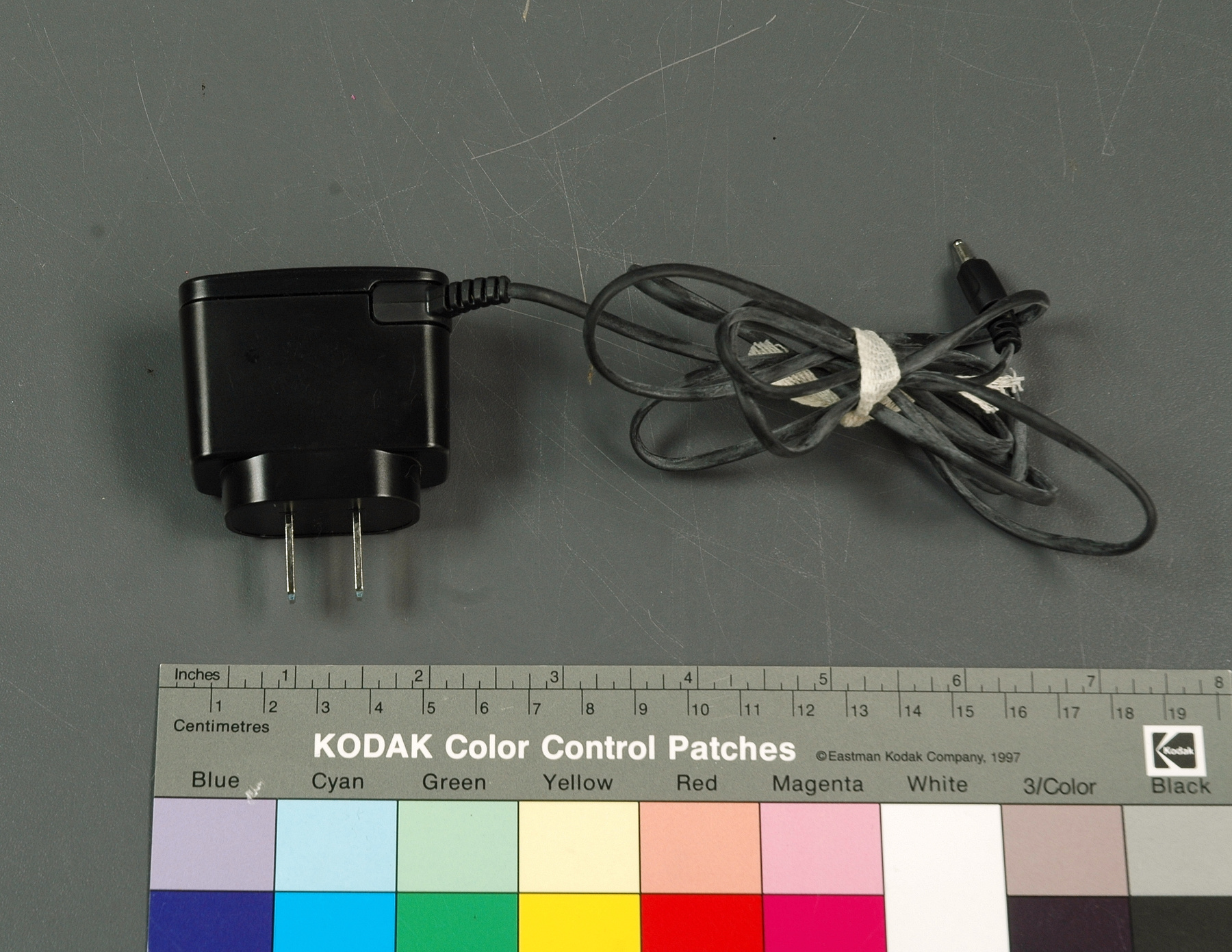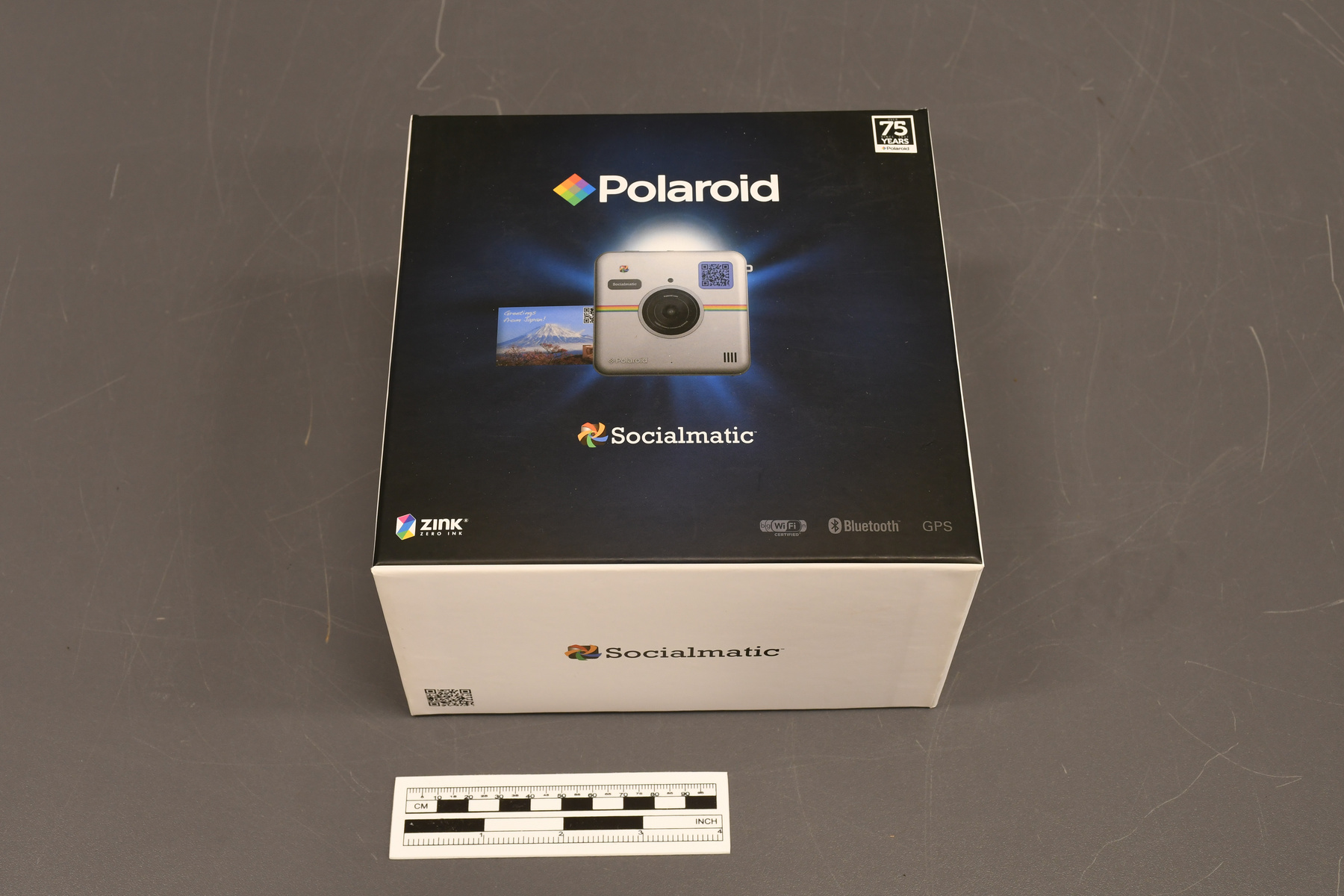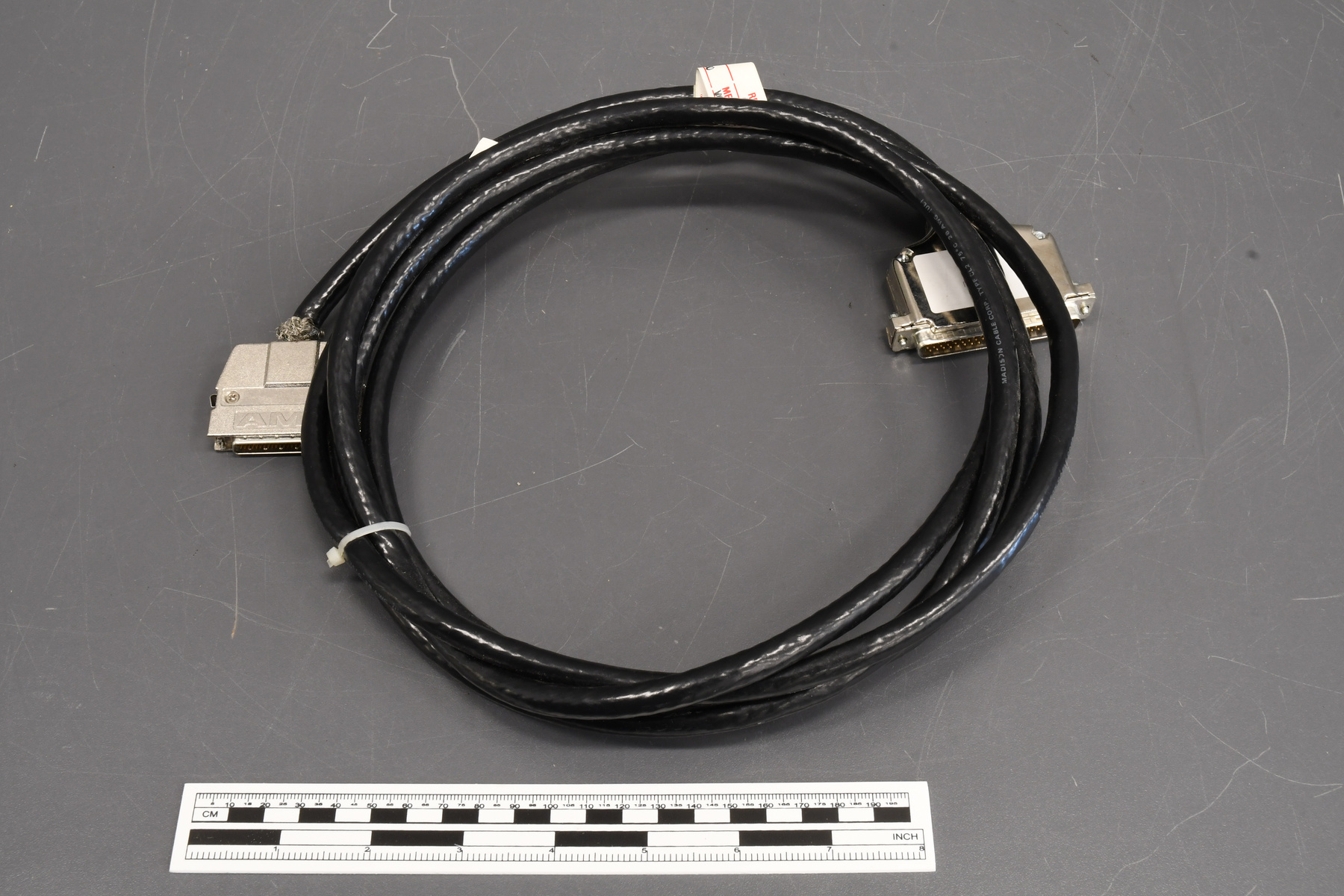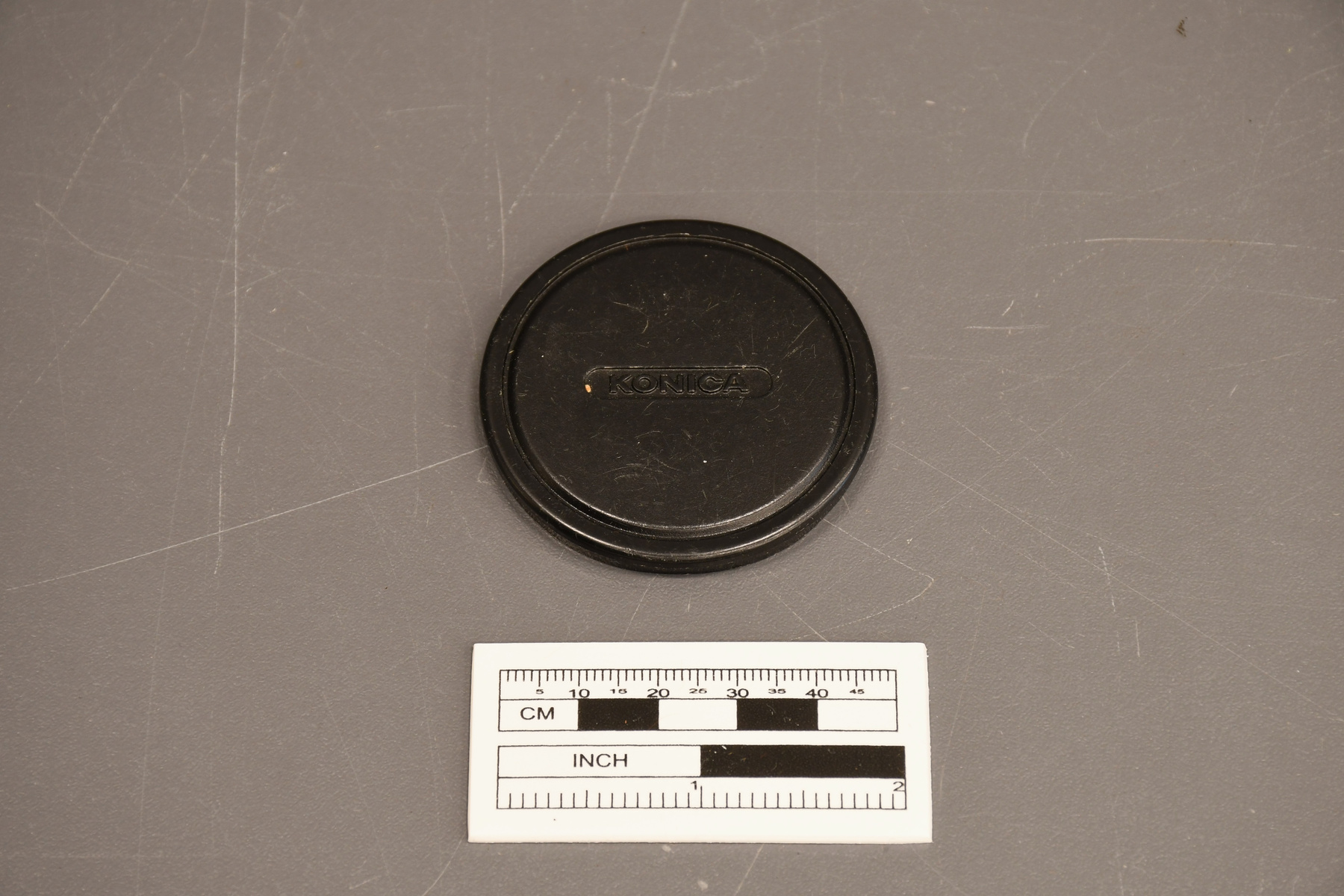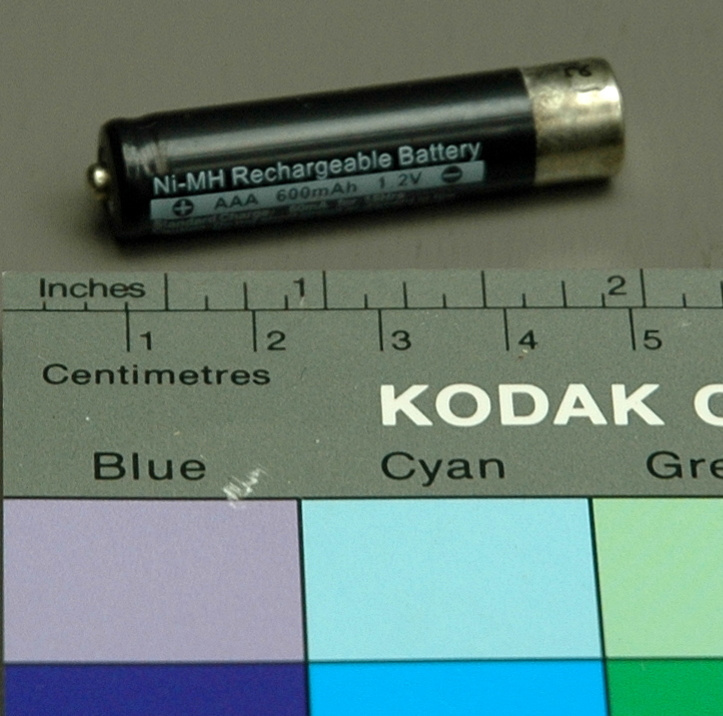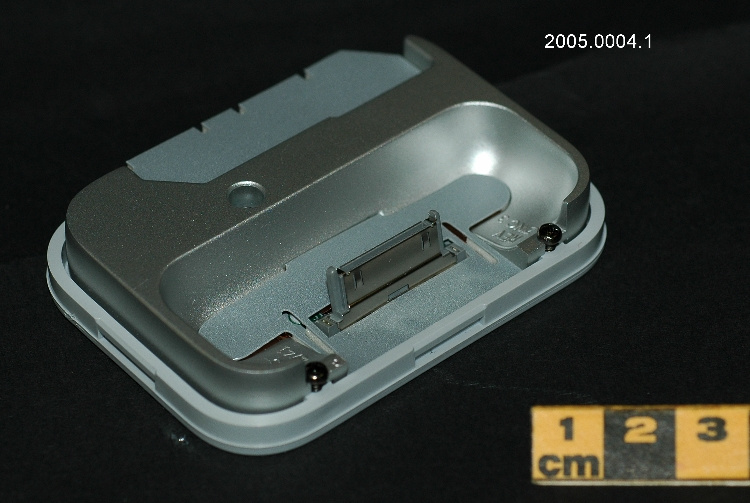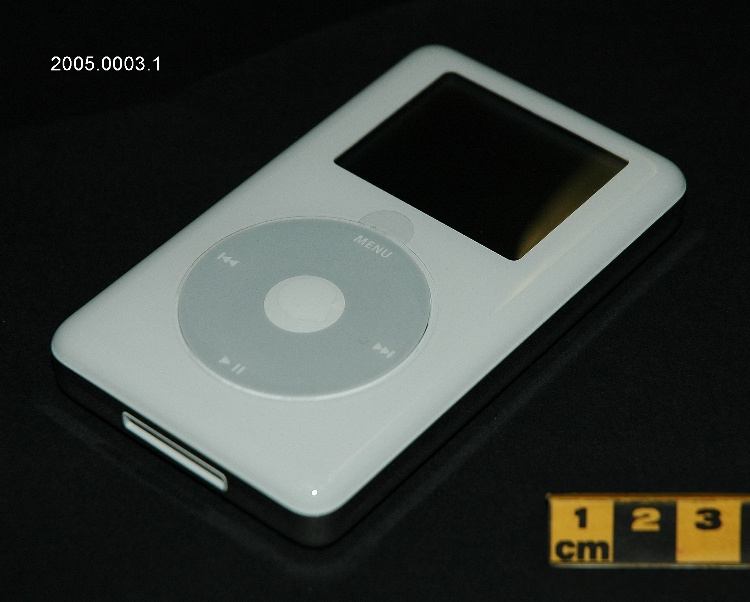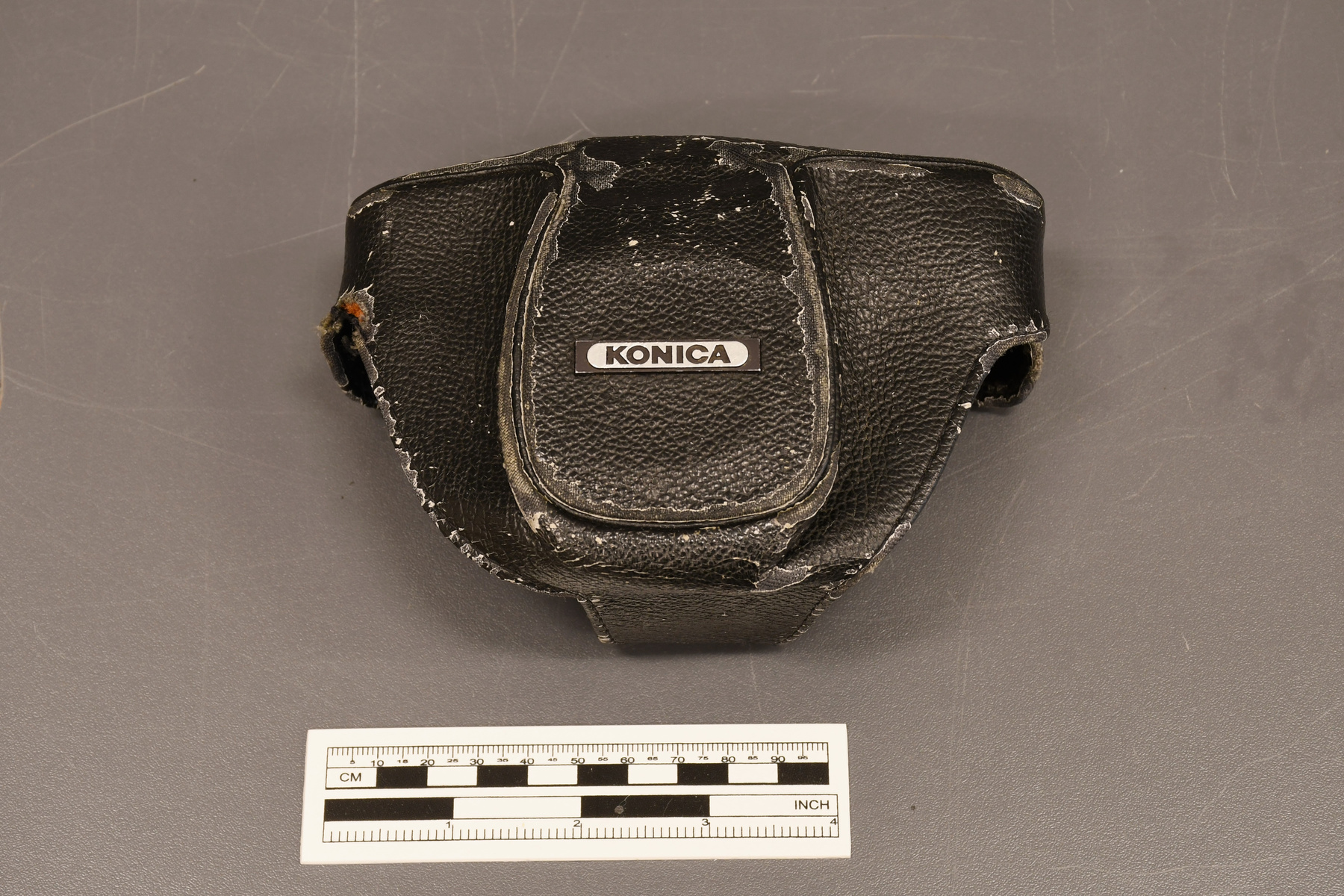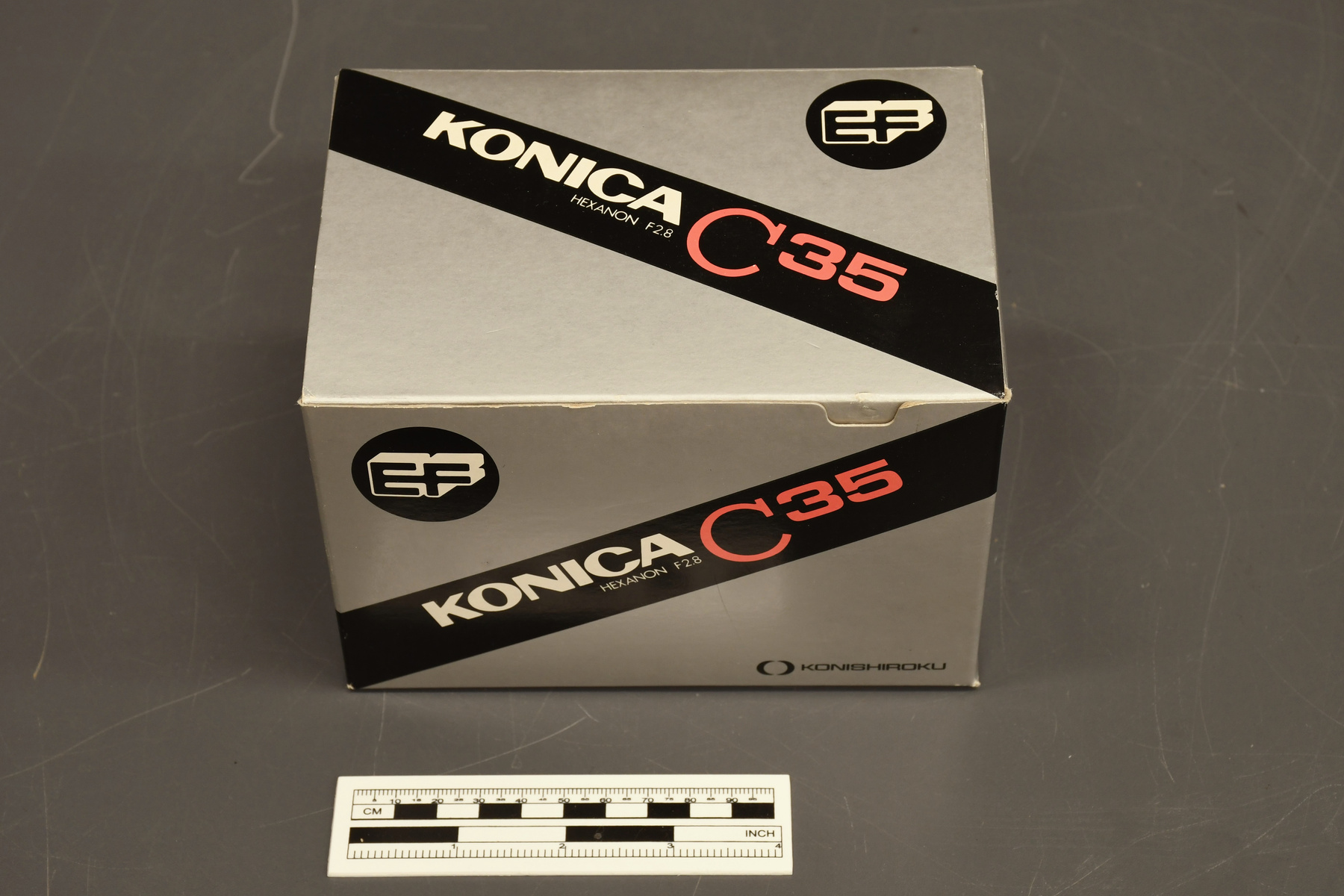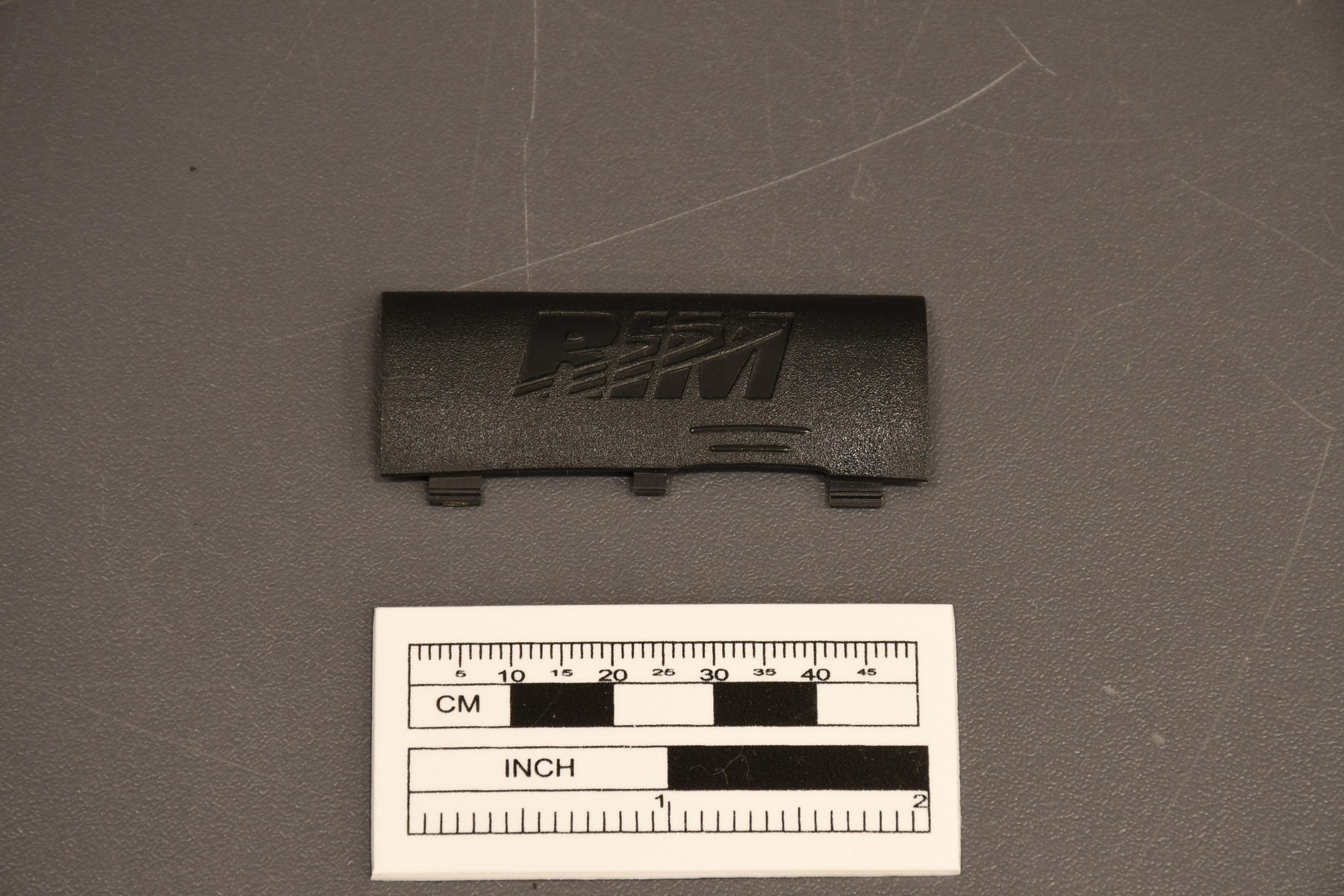Cover, battery compartment
Use this image
Can I reuse this image without permission? Yes
Object images on the Ingenium Collection’s portal have the following Creative Commons license:
Copyright Ingenium / CC BY-NC-ND (Attribution-NonCommercial 4.0 International (CC BY-NC 4.0)
ATTRIBUTE THIS IMAGE
Ingenium,
2013.0389.002
Permalink:
Ingenium is releasing this image under the Creative Commons licensing framework, and encourages downloading and reuse for non-commercial purposes. Please acknowledge Ingenium and cite the artifact number.
DOWNLOAD IMAGEPURCHASE THIS IMAGE
This image is free for non-commercial use.
For commercial use, please consult our Reproduction Fees and contact us to purchase the image.
- OBJECT TYPE
- locking
- DATE
- 1999
- ARTIFACT NUMBER
- 2013.0389.002
- MANUFACTURER
- Unknown
- MODEL
- Unknown
- LOCATION
- Unknown
More Information
General Information
- Serial #
- N/A
- Part Number
- 2
- Total Parts
- 2
- AKA
- N/A
- Patents
- N/A
- General Description
- Synthetic battery compartment cover. Couvercle en synthétique.
Dimensions
Note: These reflect the general size for storage and are not necessarily representative of the object's true dimensions.
- Length
- 5.4 cm
- Width
- 2.2 cm
- Height
- N/A
- Thickness
- N/A
- Weight
- N/A
- Diameter
- N/A
- Volume
- N/A
Lexicon
- Group
- Computing Technology
- Category
- Digital computing devices
- Sub-Category
- N/A
Manufacturer
- AKA
- Unknown
- Country
- Unknown
- State/Province
- Unknown
- City
- Unknown
Context
- Country
- Central America
- State/Province
- Unknown
- Period
- ca. 1999-2003
- Canada
-
Introduced in 1999, the “Made in Canada” RIM 850 was a two-way pager by the Canadian wireless equipment manufacturer Research In Motion (RIM) of Waterloo, Ontario. The 850 model was RIM’s second pager after the Inter@ctive Pager (aka the RIM 900) , but first in the line of BlackBerry devices. RIM hired Lexicon Branding Inc. in 1998 to name their new two-way pager, and the name “BlackBerry ” was proposed for resemblance of the keyboard buttons to the black berry fruit, making the 850 model, the first BlackBerry device. Lancé en 1999, le RIM 850 était un téléavertisseur bidirectionnel du fabricant canadien d'équipements sans fil Research In Motion (RIM) de Waterloo, en Ontario. Le modèle 850 était le deuxième téléavertisseur de RIM après l'Inter@ctive Pager (alias le RIM 900), mais le premier de la série des appareils BlackBerry. En 1998, RIM a engagé Lexicon Branding Inc. pour donner un nom à son nouveau téléavertisseur bidirectionnel, et le nom "BlackBerry" a été proposé en raison de la ressemblance des touches du clavier avec la baie noire, faisant du modèle 850 le premier appareil BlackBerry. - Function
-
To protect and contain the battery within the battery compartment of a radiotelephone. Pour protéger et contenir la batterie dans le compartiment de la batterie d'un radiotéléphone. - Technical
-
The BlackBerry 850 is a wireless hand-held alphanumeric pager and portable internet device with 2 Mb of memory. It uses a QWERTY keyboard, a 132x65 pixel screen, is capable of using push email from a Microsoft Exchange Server that used BlackBerry Enterprise Server (BES) software. It ran the Microsoft Exchange/Outlook email system, but no mobile phone capabilities. This pager used DataTAC wireless network technology developed by Motorola which ran in the 800 MHz band, and at speeds of up to 19.2 kbits/s (much less than today). In Canada, DataTAC was deployed as the ARDIS network and used by Bell Mobility as its paging network until the end of 2003 when ARDIS was discontinued. The introduction of the BlackBerry 850 set the stage for future RIM developments including the introduction of RIM’s first smartphone, the BlackBerry 957 in April 2000, advances in BlackBerry Enterprise Server functionality, the BlackBerry OS platform, the incorporation of encryption and S/SMIME support which helped RIM devices gain popularity by governments and businesses. Le BlackBerry 850 est un téléavertisseur alphanumérique portatif sans fil et un appareil Internet portable doté d'une mémoire de 2 Mb. Il utilise un clavier QWERTY, un écran de 132x65 pixels, est capable d'utiliser le courrier électronique en mode push à partir d'un serveur Microsoft Exchange qui utilise le logiciel BlackBerry Enterprise Server (BES). Il utilise le système de messagerie Microsoft Exchange/Outlook, mais ne dispose pas de fonctions de téléphonie mobile. Ce pager utilisait la technologie de réseau sans fil DataTAC développée par Motorola, qui fonctionnait dans la bande des 800 MHz et à des vitesses allant jusqu'à 19,2 kbits/s (beaucoup moins qu'aujourd'hui). Au Canada, DataTAC a été déployé sous le nom de réseau ARDIS et utilisé par Bell Mobility comme réseau de radiomessagerie jusqu'à la fin de l'année 2003, date à laquelle ARDIS a été abandonné. L'introduction du BlackBerry 850 a préparé le terrain pour les développements futurs de RIM, notamment l'introduction du premier smartphone de RIM, le BlackBerry 957 en avril 2000, les avancées dans la fonctionnalité du BlackBerry Enterprise Server, la plate-forme BlackBerry OS, l'incorporation du cryptage et la prise en charge de S/SMIME qui ont aidé les appareils RIM à gagner en popularité auprès des gouvernements et des entreprises. - Area Notes
-
Unknown
Details
- Markings
- Moulded into the synthetic: "RIM"
- Missing
- Appears complete
- Finish
- Black synthetic battery cover. Couvercle synthétique en noir.
- Decoration
- N/A
CITE THIS OBJECT
If you choose to share our information about this collection object, please cite:
Unknown Manufacturer, Cover, battery compartment, circa 1999, Artifact no. 2013.0389, Ingenium – Canada’s Museums of Science and Innovation, http://collection.ingeniumcanada.org/en/id/2013.0389.002/
FEEDBACK
Submit a question or comment about this artifact.
More Like This

